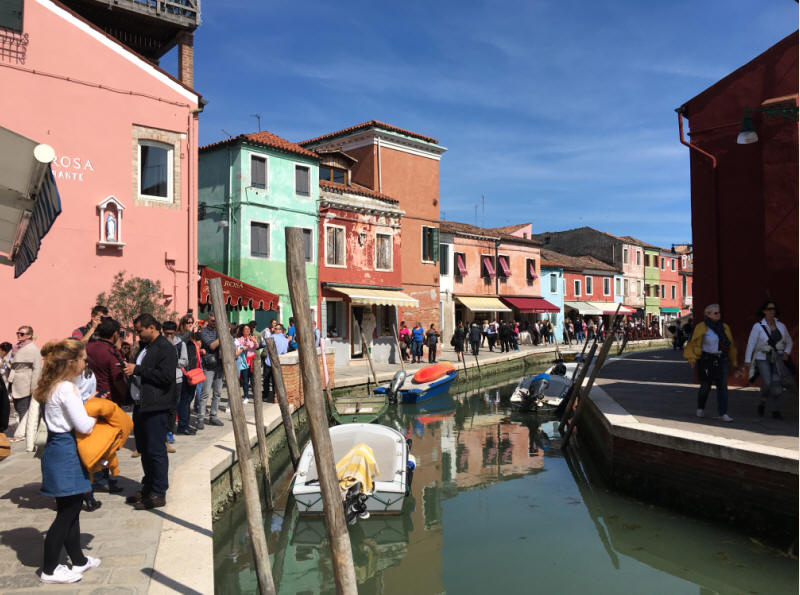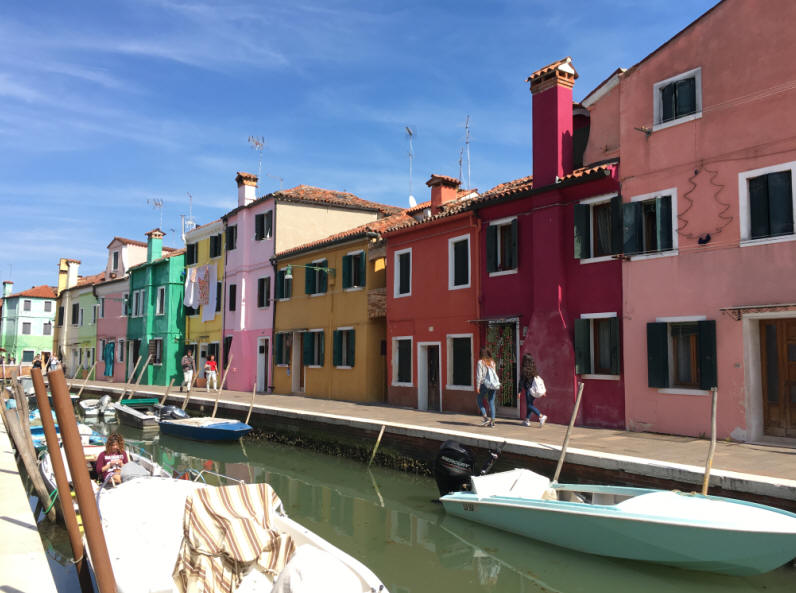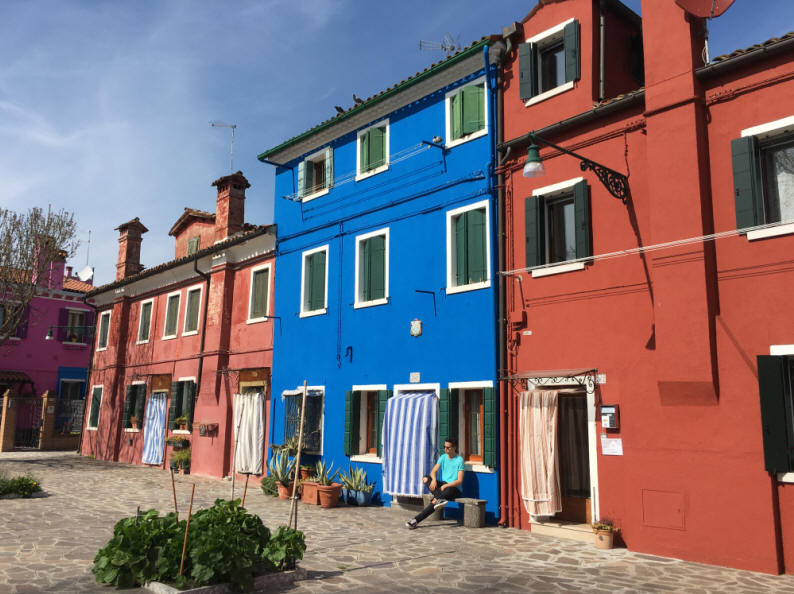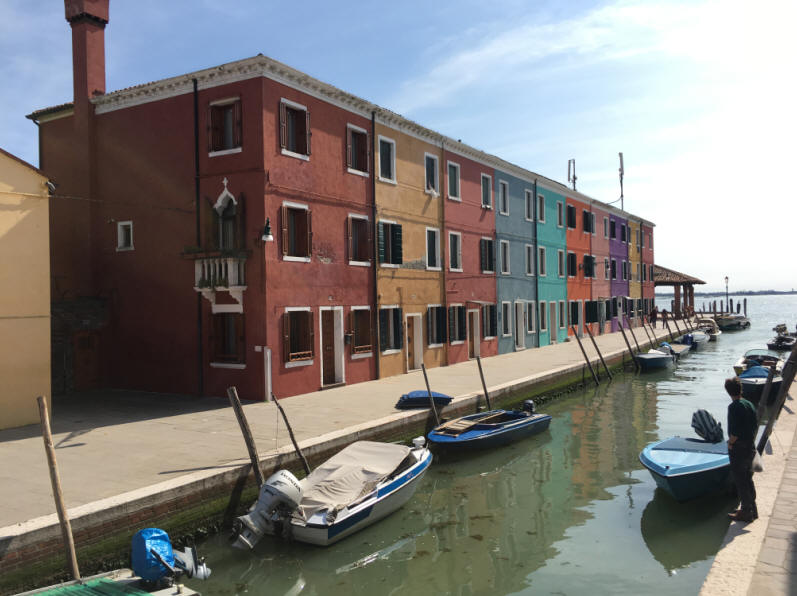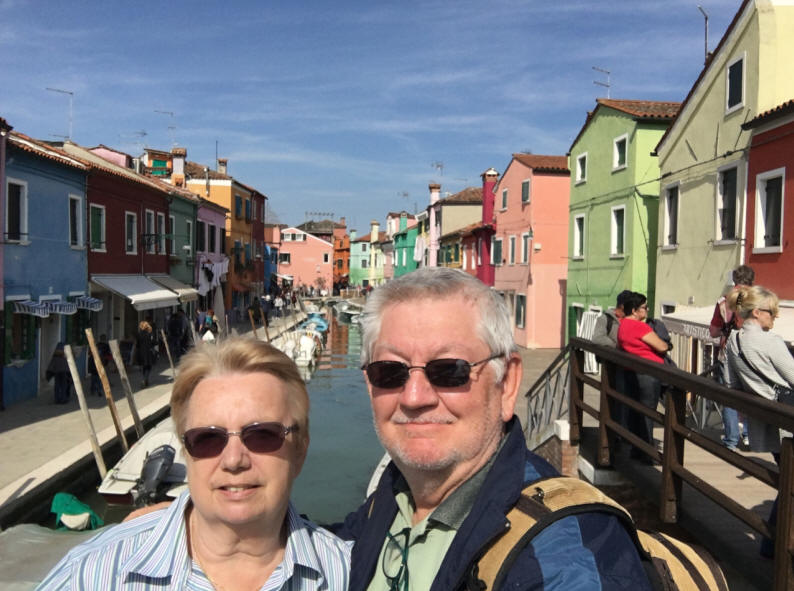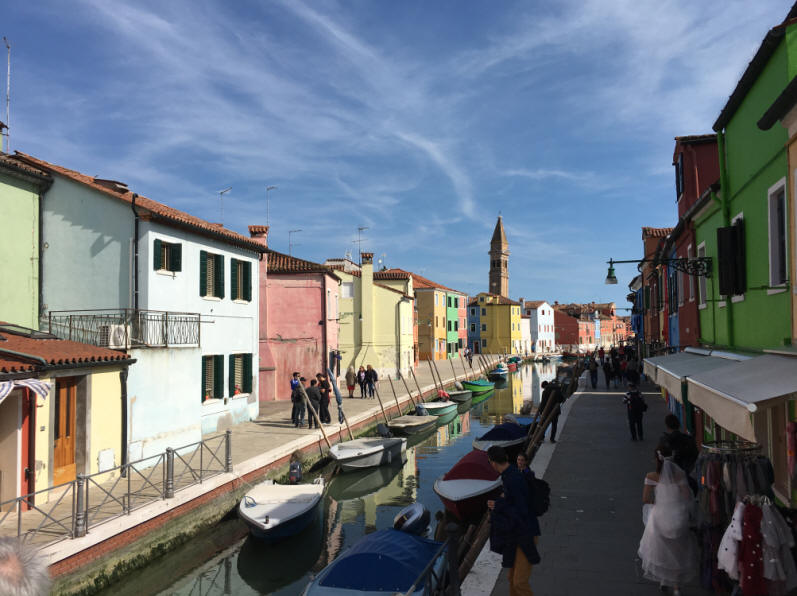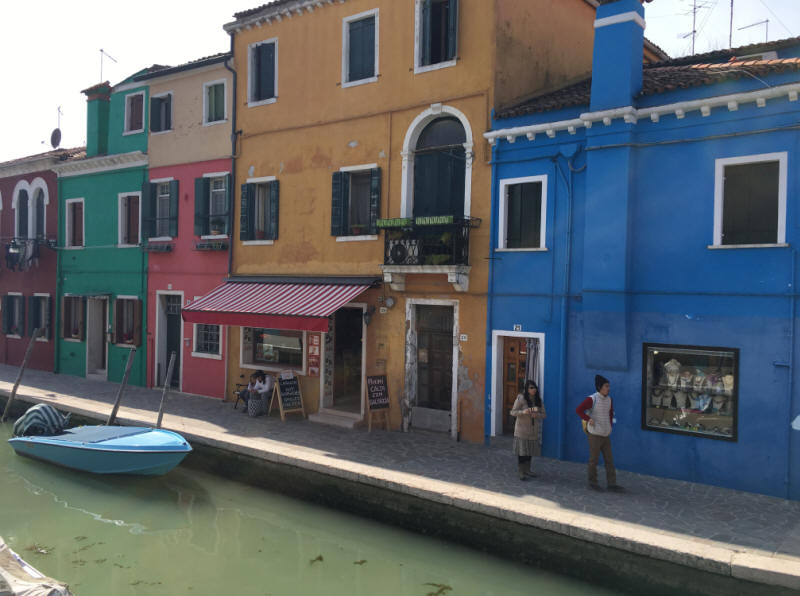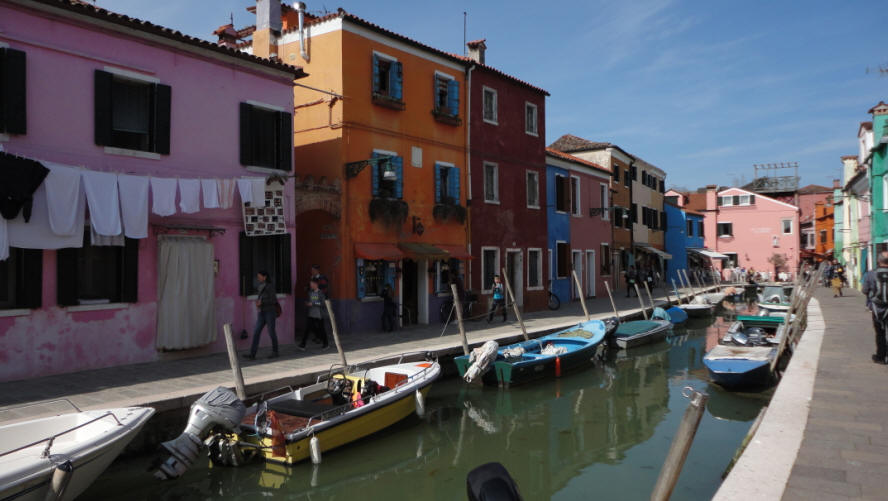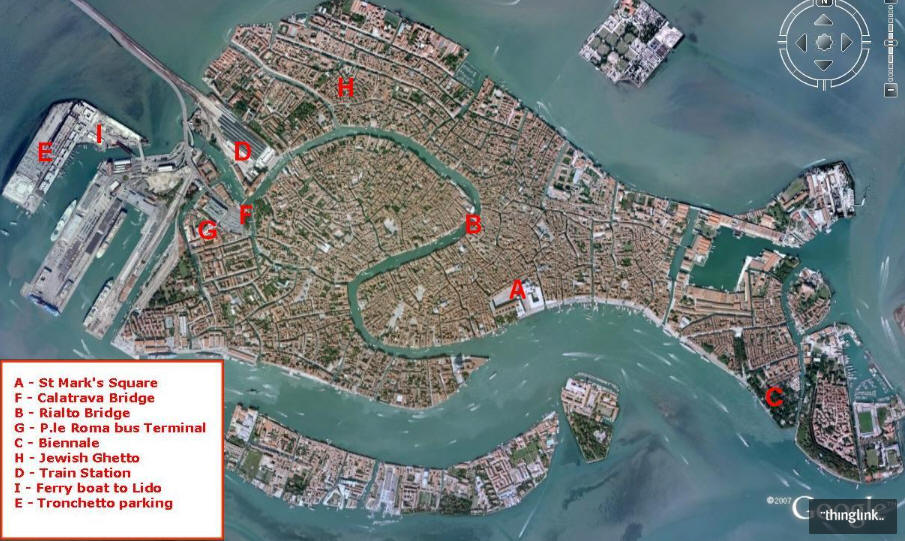
Link to cruise pictures - Europe (Symphony) March 31-Apr 5, 2018 Link to Europe Videos
During our 37 day retirement trip, we spent four days in
Rome (still not enough time) and only one day in Venice.
You can click on this link
for more pictures of Rome, Venice and our other stops.
Venice, Italy Apr. 5-11, 2018
Rialto Bridge and Our Room St. Mark's Square The Grand Canal and other canals
Streets and Shops - Walking Around Gondola Drivers Murano Burano
The map below is from the Internet. Except for the areas of D, E, G and I (port, bus station and train station areas,
which are primarily on man-made areas); the rest of the island can only be accessed by foot or water.

Picture of the flood in Venice around the end of October, 2018
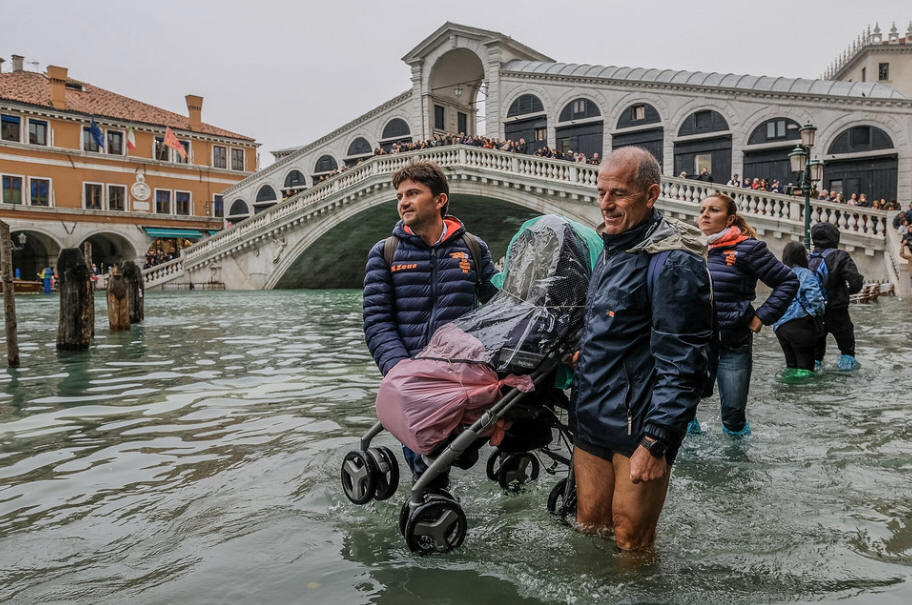
Facts about Venice
There are 118 islands, 416 bridges (72 which are private), 177 canals and also 127 squares in Venice.
The S-shaped Grand Canal is the most famous canal in Venice, and it divides the
city in 2.
There more than 170 structures that make the line of the Grand Canal.
The Venice lagoon is 15 meters deep at its most profound factor.
Venice is more than 1500 years old. It goes back to the mid 400.
The Republic of Venice was incredibly powerful. It held the most significant
power throughout the 1300s to 1500s.
Every year 18 million tourists see Venice.
There are over 450 royal residences (palazzi) in Venice.
Structures and also royal houses in Venice are built in a combination of styles:
Byzantine, Baroque, Gothic and so on.
The famous San Marco belfry, or campanile, was built in the 12th century as well
as collapsed in 1902. The tower was rebuilt.
Founded in the 5th century and spread over 118 small islands,
Venice became a major maritime power in the 10th century.
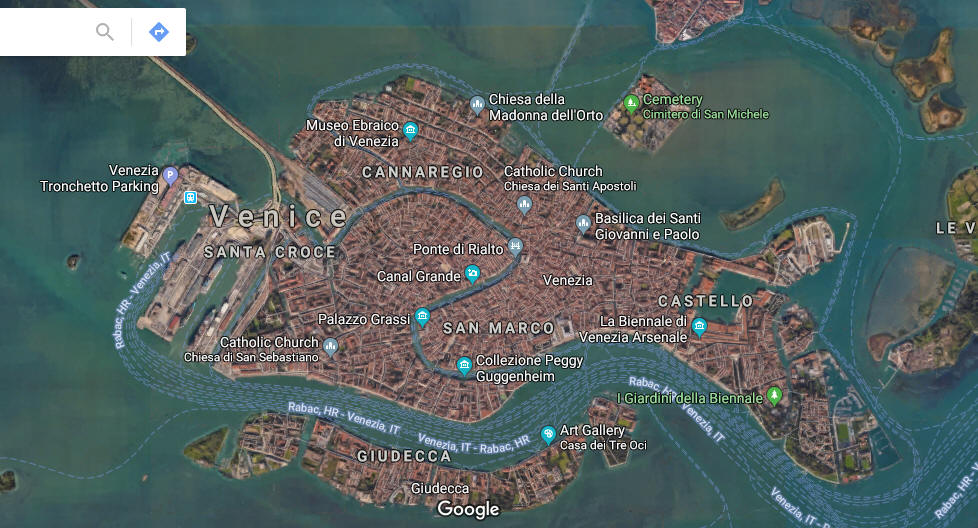
The Rialto Bridge is the oldest of the four bridges spanning the Grand Canal in Venice, Italy. Connecting the sestieri (districts) of San Marco and San Polo, it has been rebuilt several times since its first construction as a pontoon bridge in the 12th century and is now a significant tourist attraction in the city.
The present stone bridge, a single span designed by Antonio da Ponte, was finally completed in 1591. It is similar to the wooden bridge it succeeded.
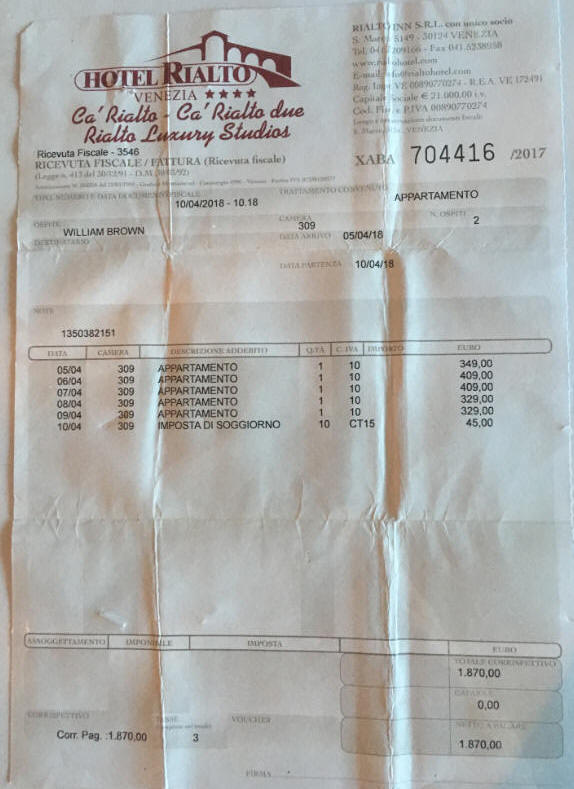
________________________________________________________________________________________________________________________
We stayed at the Rialto Hotel (red building). Our room was the one in the upper right where the window is lit.
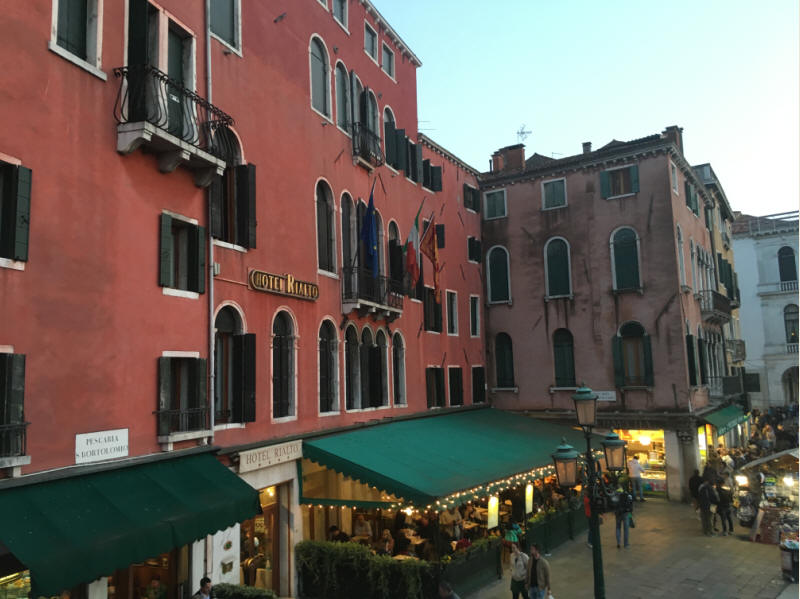
________________________________________________________________________________________________________________________
Everything on the island is delivered by boat. Trash pickup was also by boat.
________________________________________________________________________________________________________________________
Lots of restaurants and shops along the canals and along the narrow alleys all over the island.
________________________________________________________________________________________________________________________
Not sure what the orange drink was (Gloria knows, I think), but a lot of people were drinking it. Gloria tried it. Didn't care for it.

________________________________________________________________________________________________________________________
There is a convenient water taxi/bus stop just outside of the Rialto Hotel. We were able to take a water taxi from Marco Polo airport to our hotel (about 8 miles).
During our five days in Venice, we either walked around the island or used a water bus (we bought a 72-hour pass) to get around.
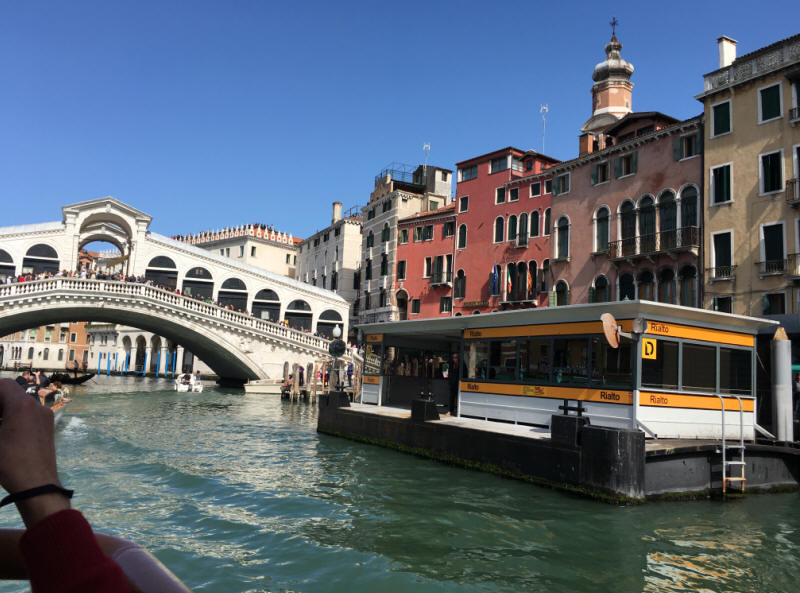
________________________________________________________________________________________________________________________
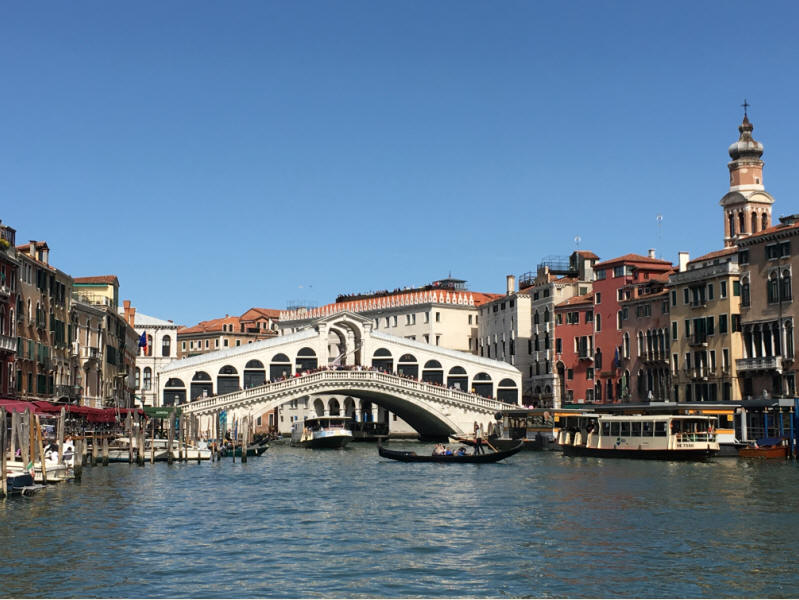
________________________________________________________________________________________________________________________
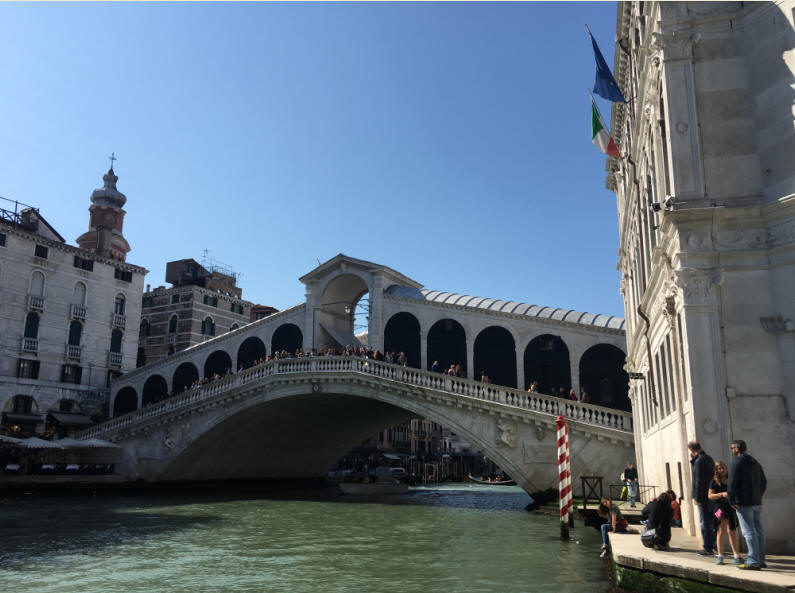
________________________________________________________________________________________________________________________

________________________________________________________________________________________________________________________
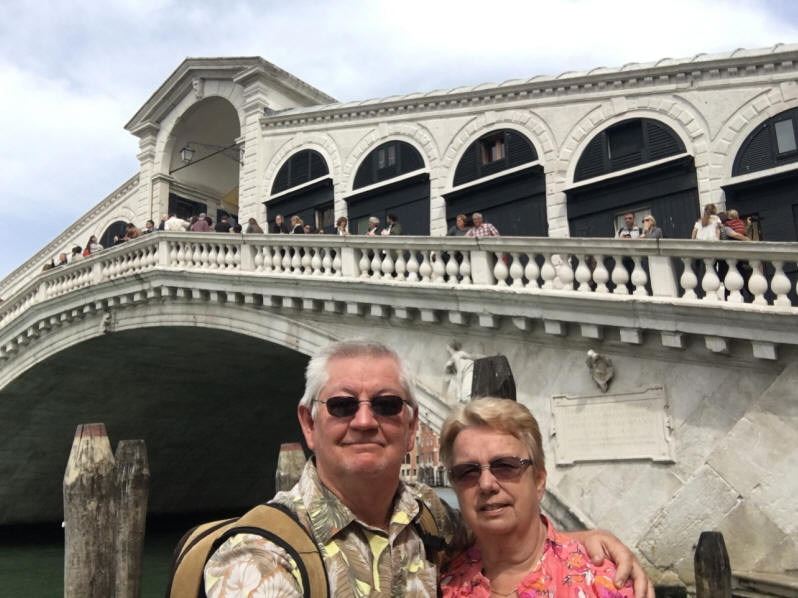
The water bus/taxi at the airport
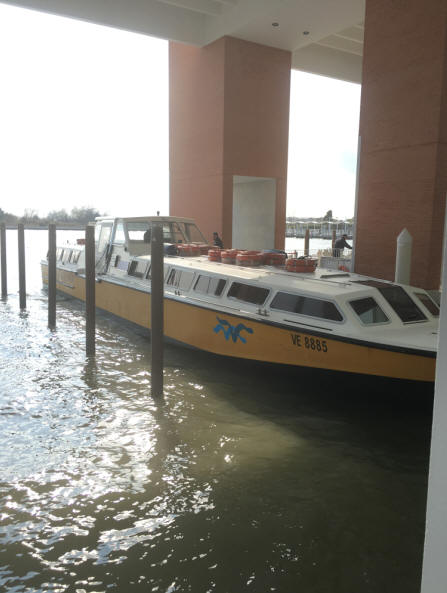
________________________________________________________________________________________________________________________
Piazza San Marco, often known in English as St Mark's Square, is the principal public square of Venice, Italy, where it is generally known just as la Piazza ("the Square"). All other urban spaces in the city (except the Piazzetta and the Piazzale Roma) are called campi ("fields").
The Piazzetta ("little Piazza/Square") is an extension of the Piazza towards the
lagoon in its south east corner.
The two spaces together form the social, religious and political centre of
Venice and are commonly considered together.
___________________________________________________
St. Mark's Square - Those are rows of gondolas in front.
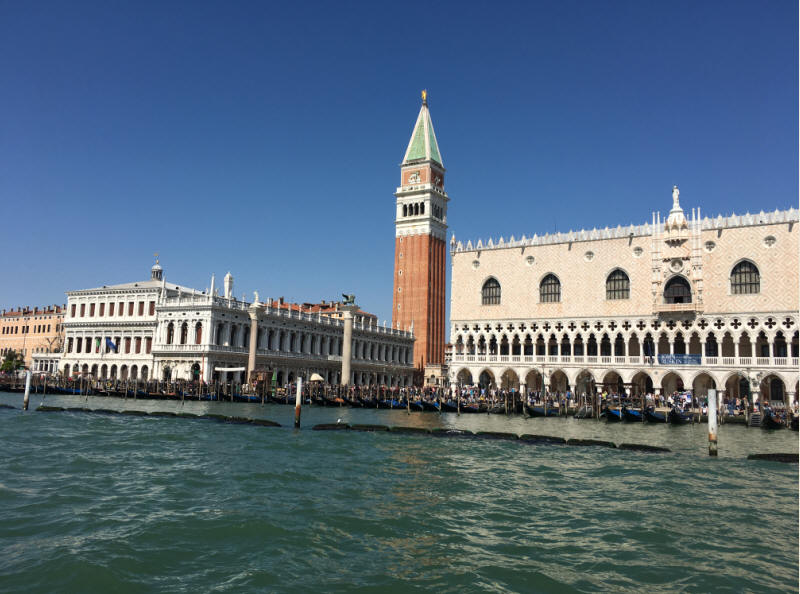
________________________________________________________________________________________________________________________
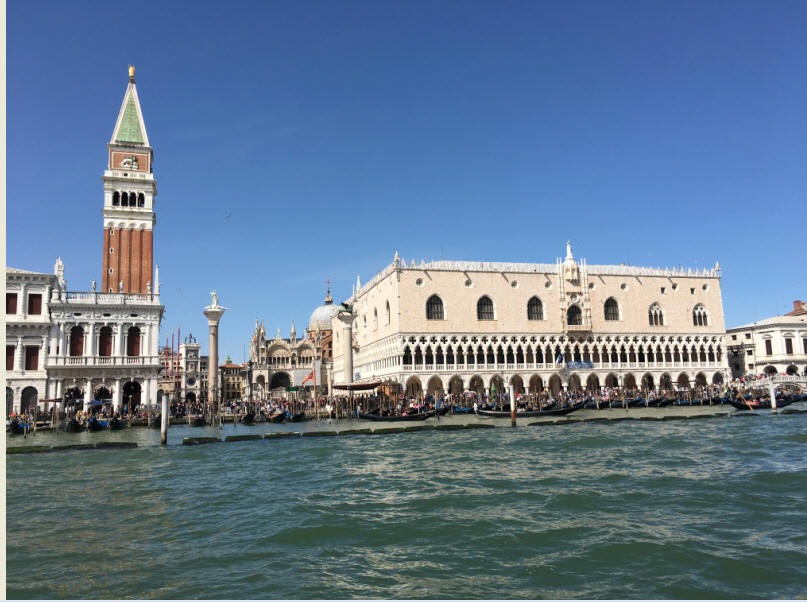
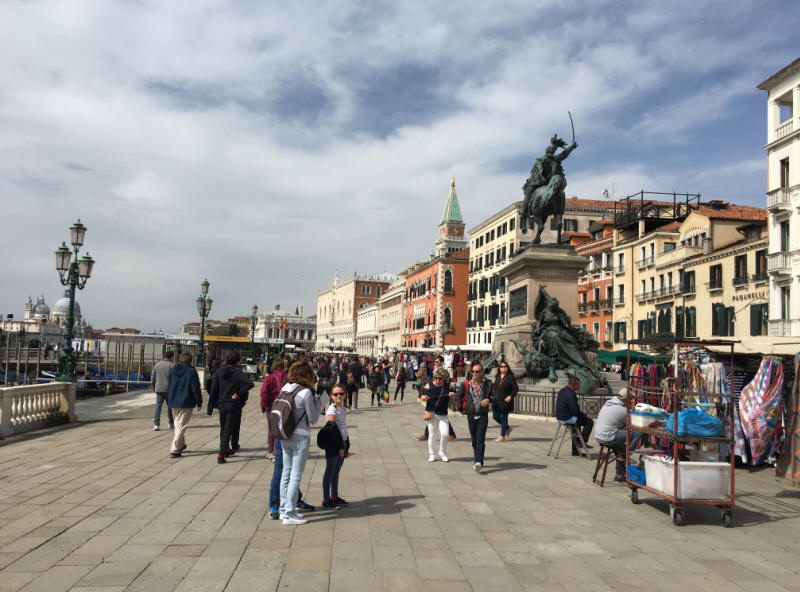
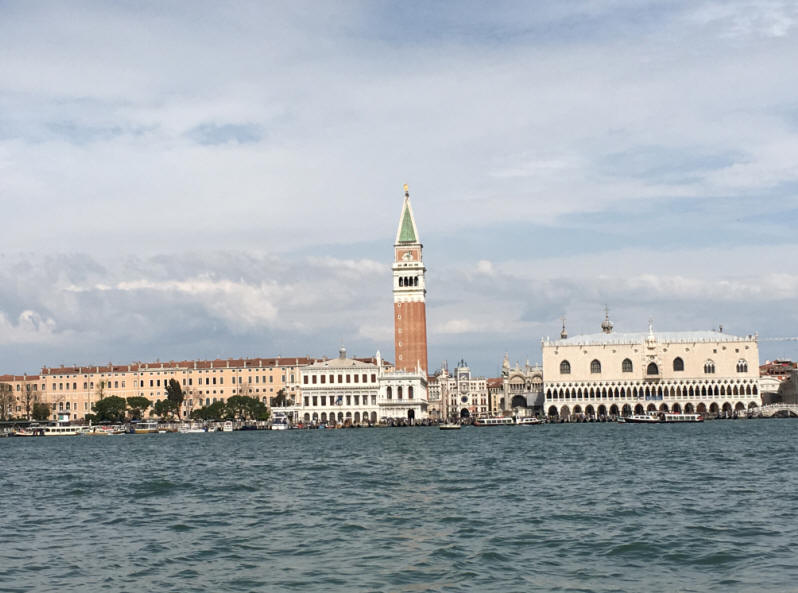
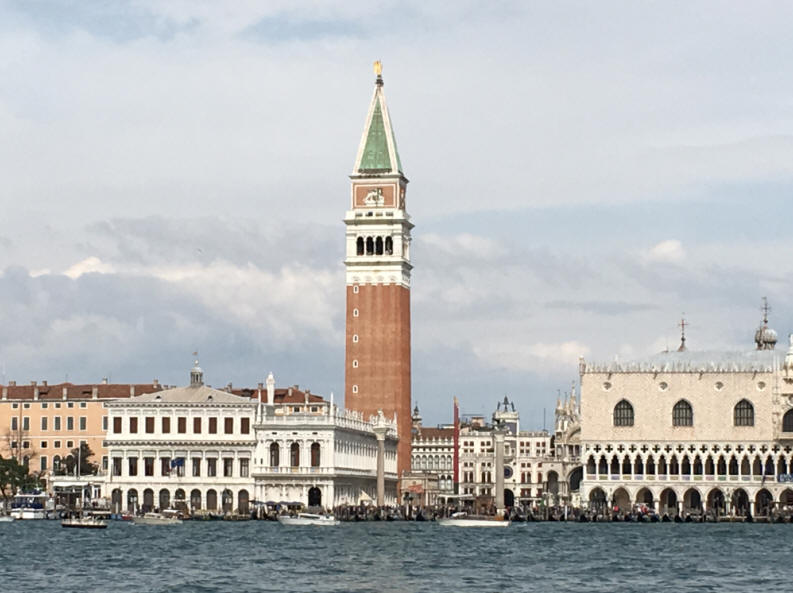
________________________________________________________________________________
Bridge of Sighs - A bridge located in Venice, northern Italy.
The enclosed bridge is made of white limestone, has windows with stone bars,
passes over the Rio di Palazzo, and connects the New Prison (Prigioni Nuove) to
the interrogation rooms in the Doge's Palace. It was designed by Antonio Contino
(whose uncle Antonio da Ponte had designed the Rialto Bridge) and was built in
1600.
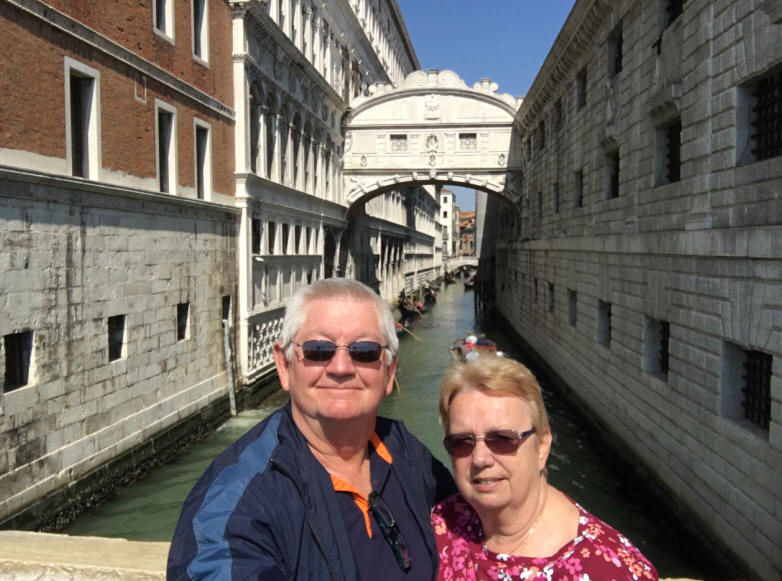
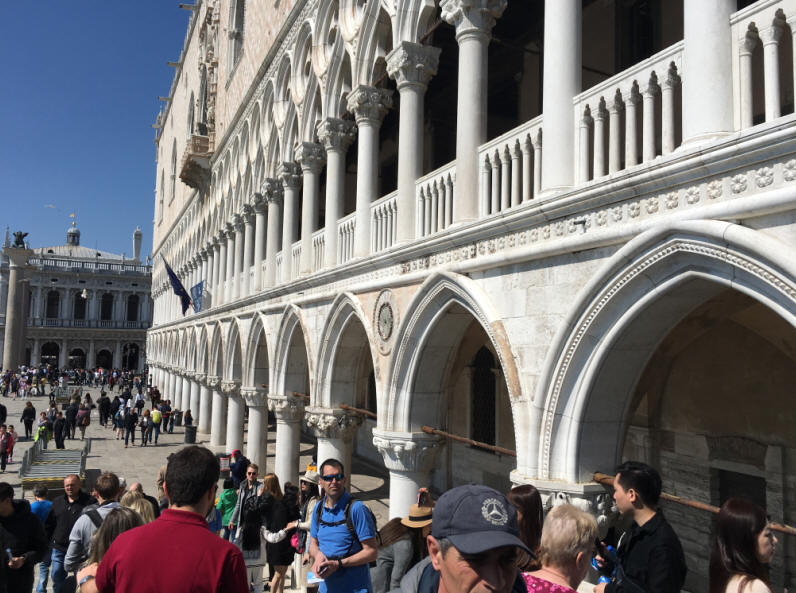
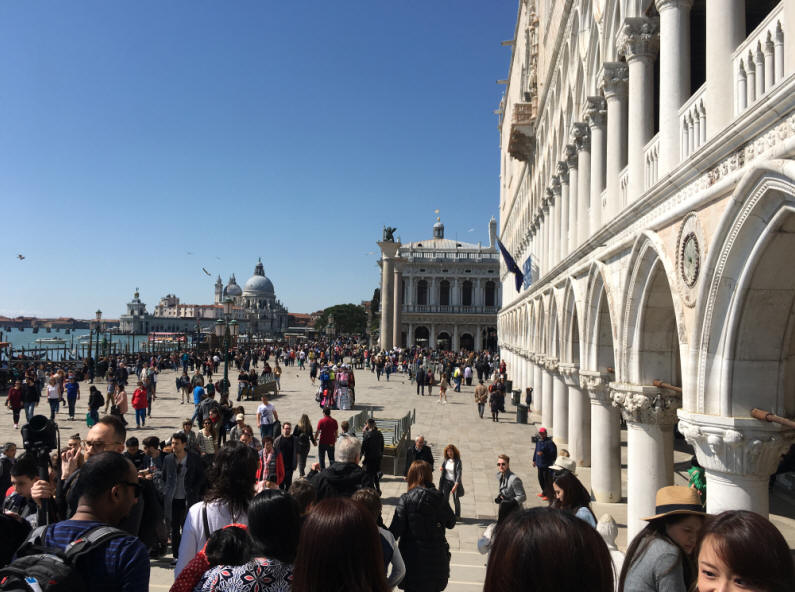
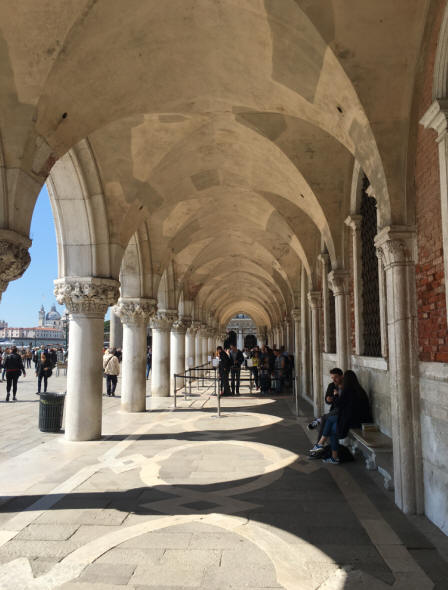
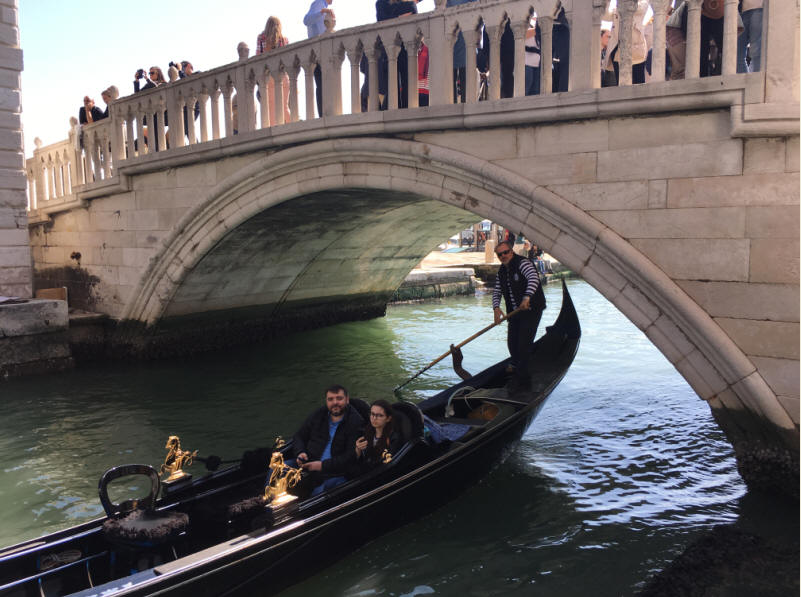
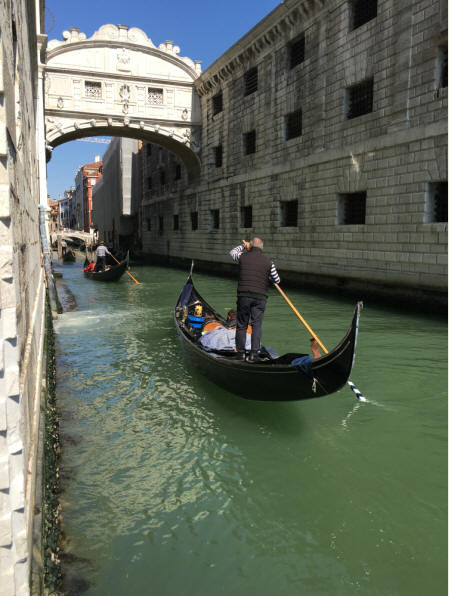
Doge's Palace - A palace built in Venetian Gothic style, and one of the main landmarks of the city of Venice in northern Italy.
The palace was the residence of the Doge of Venice, the supreme authority of the former Republic of Venice, opening as
a museum in 1923. Today, it is one of the 11 museums run by the Fondazione Musei Civici di Venezia.
The picture below is just of the interior courtyard area.
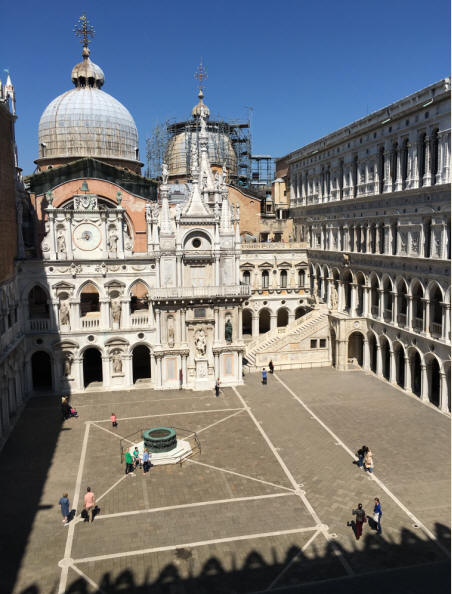

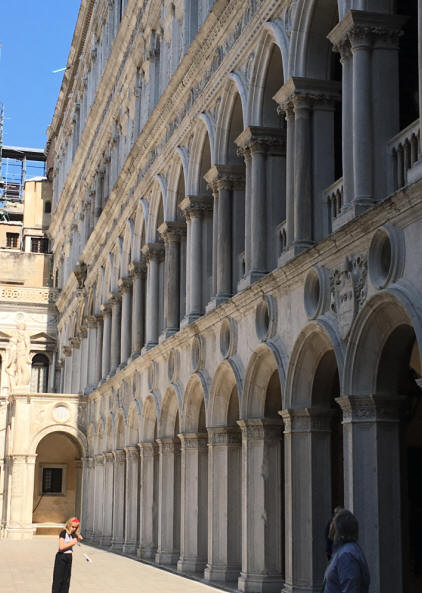
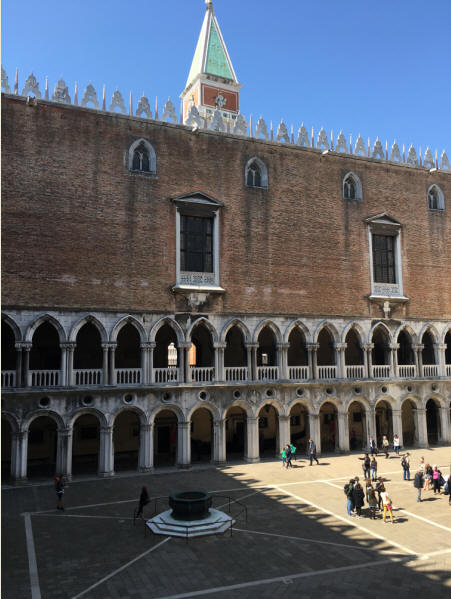
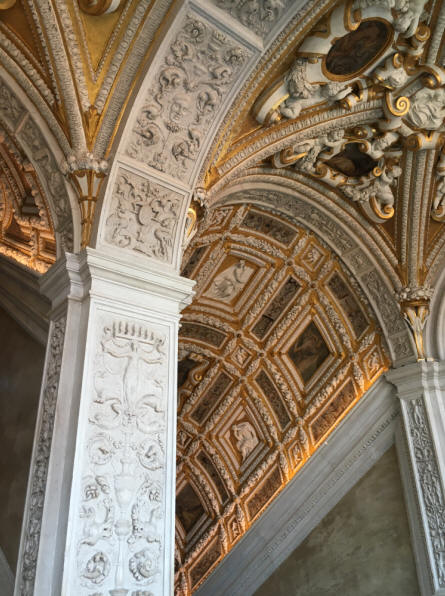
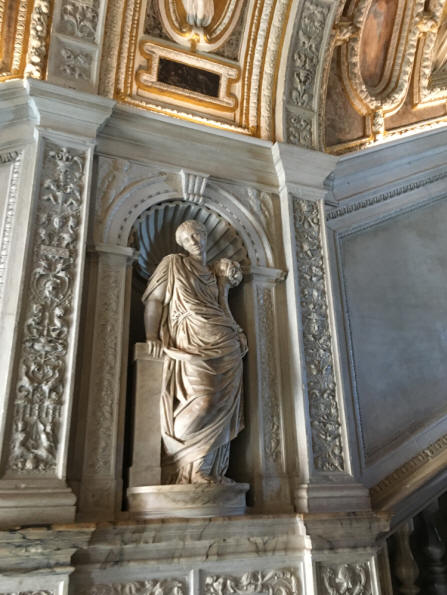
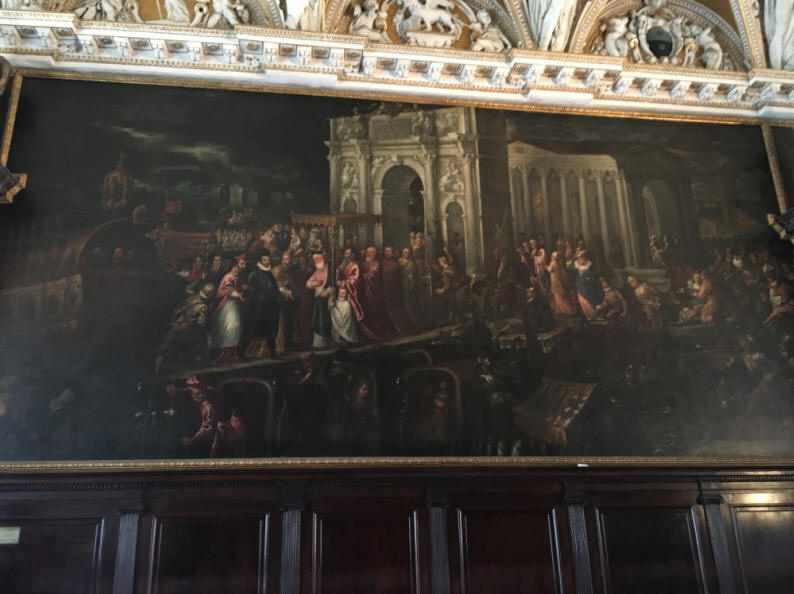
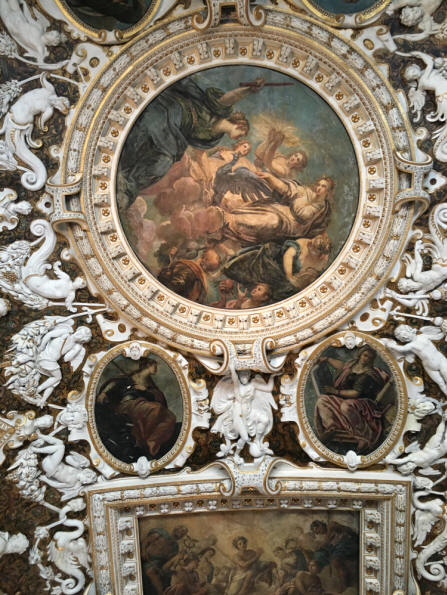

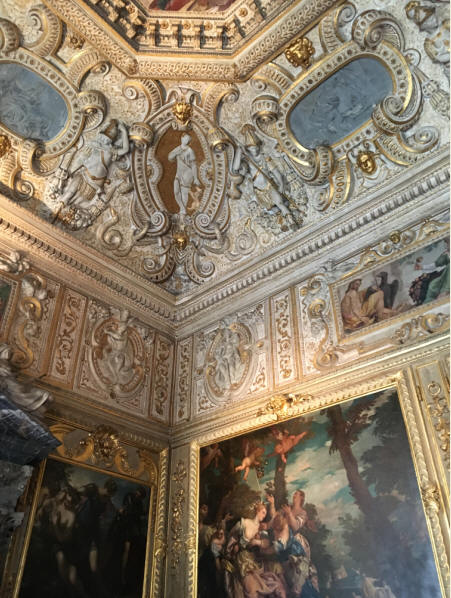
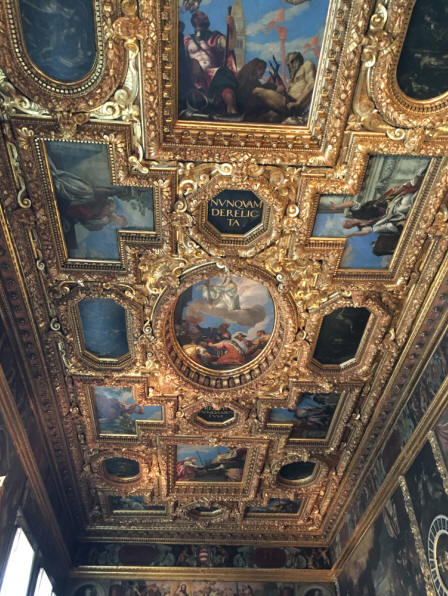

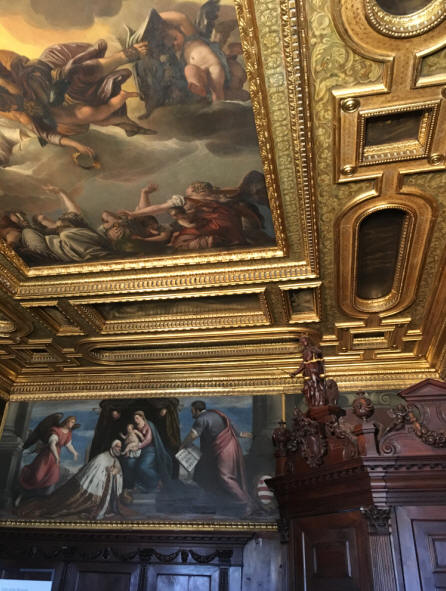
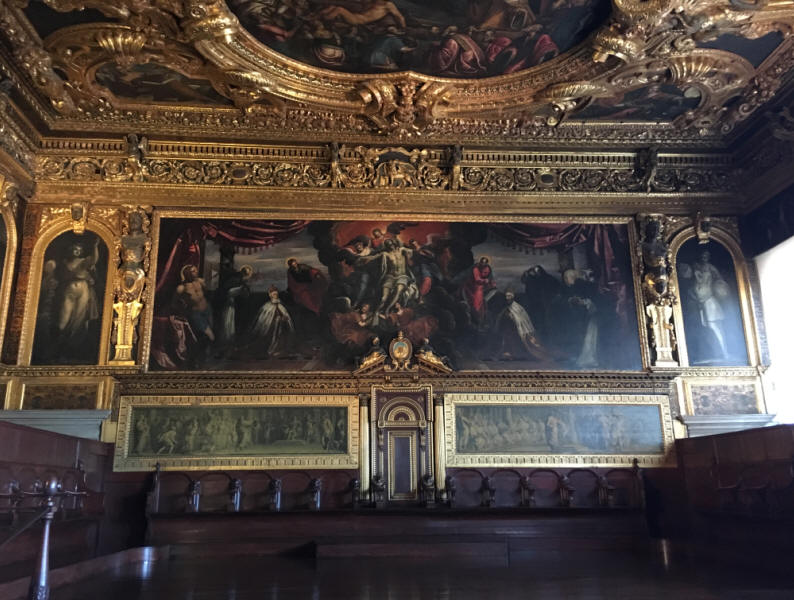
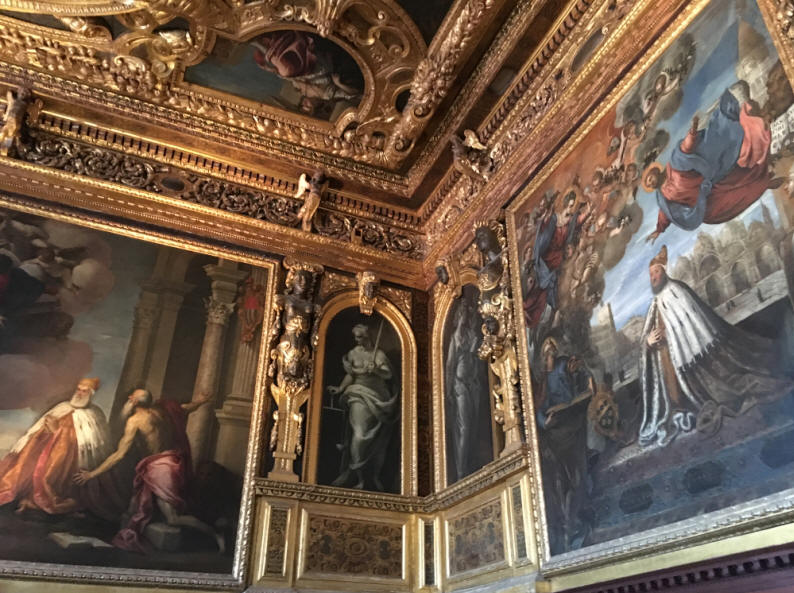
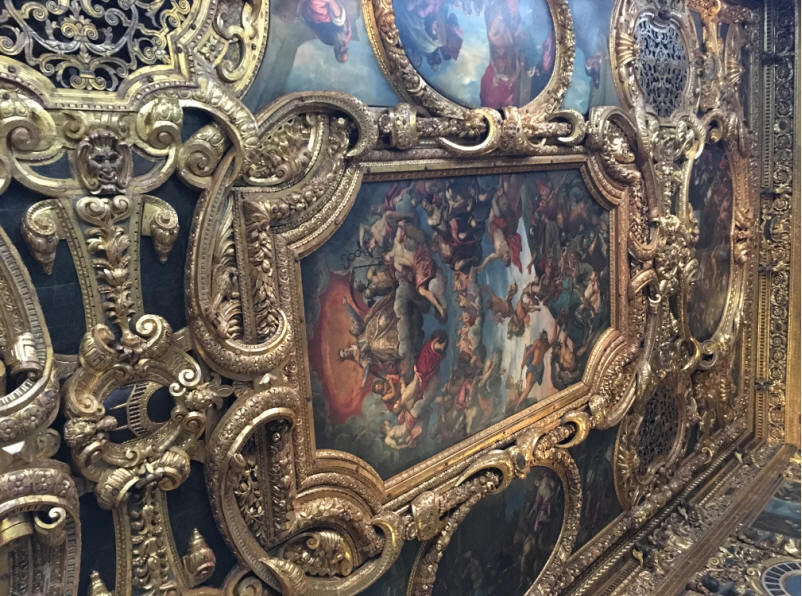

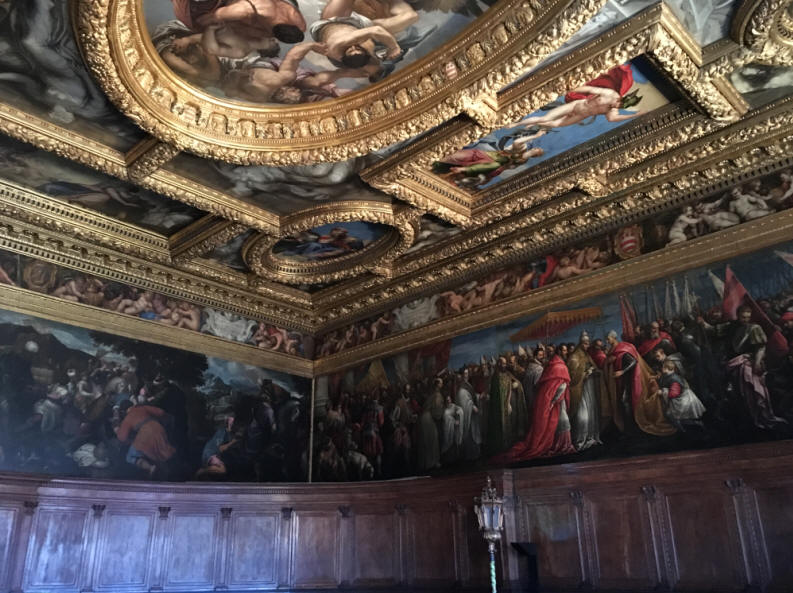
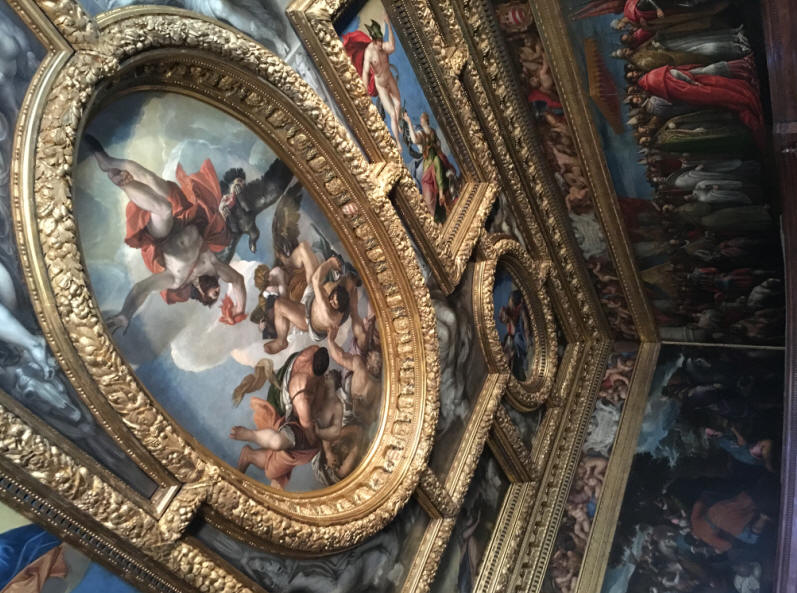
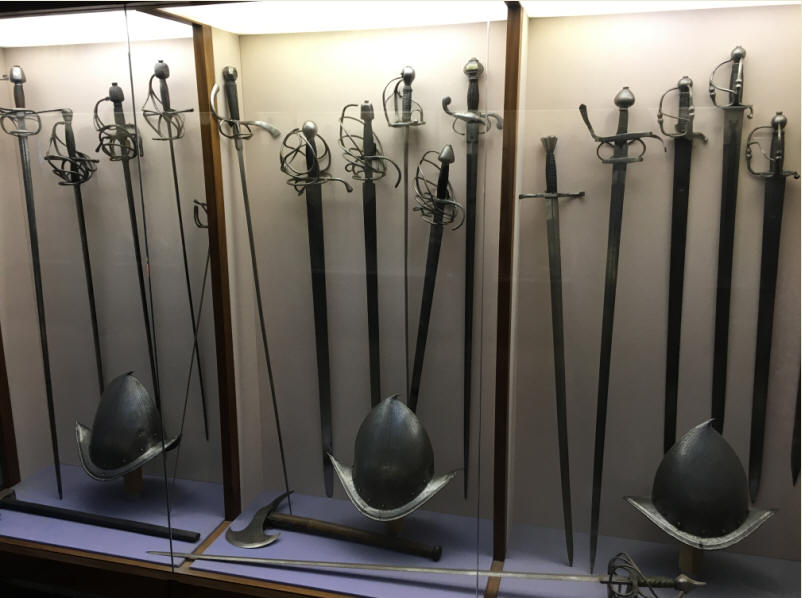
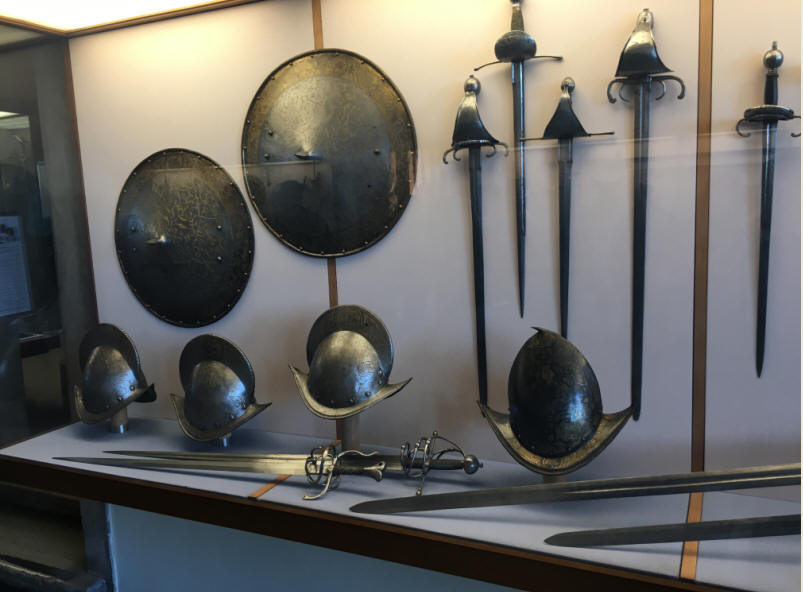

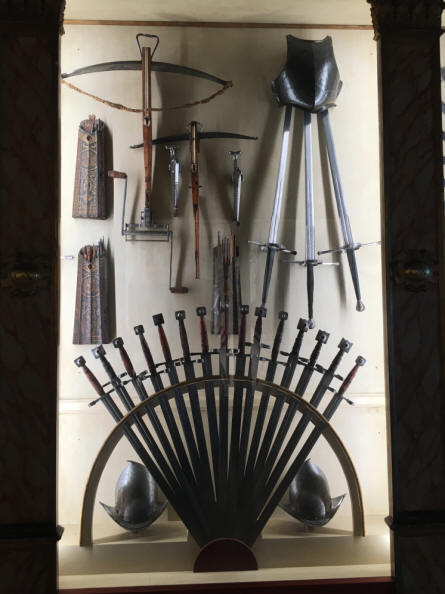
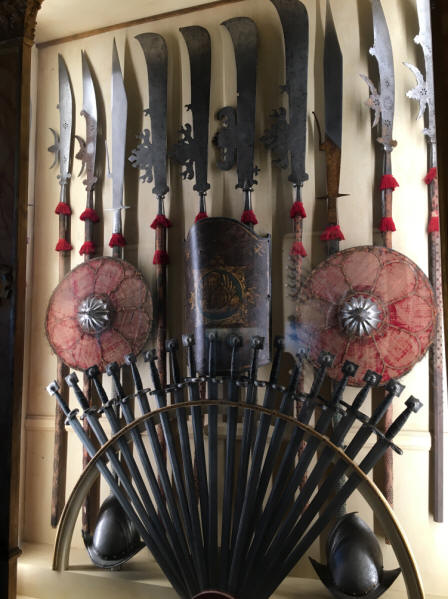
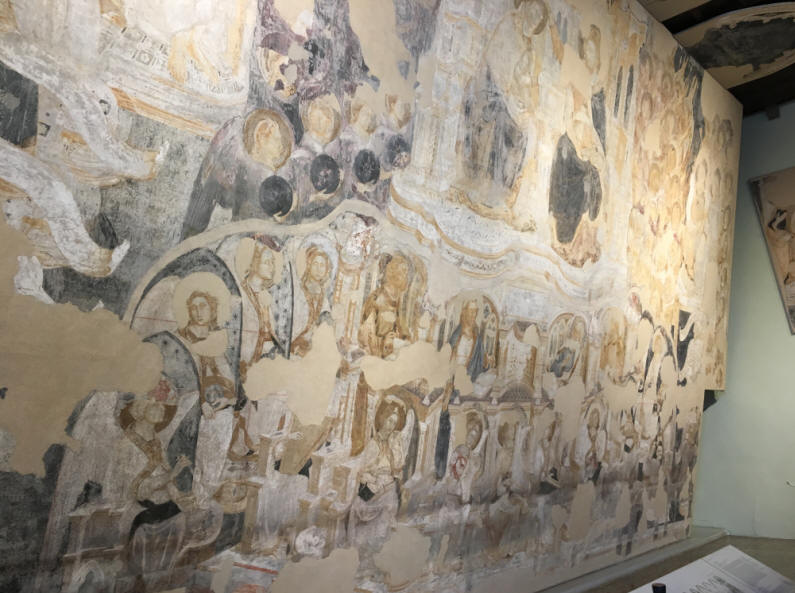
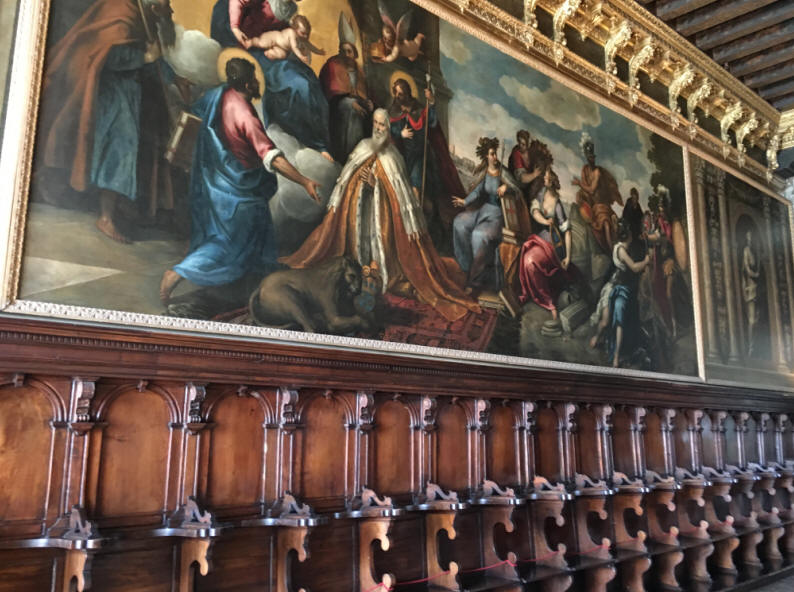

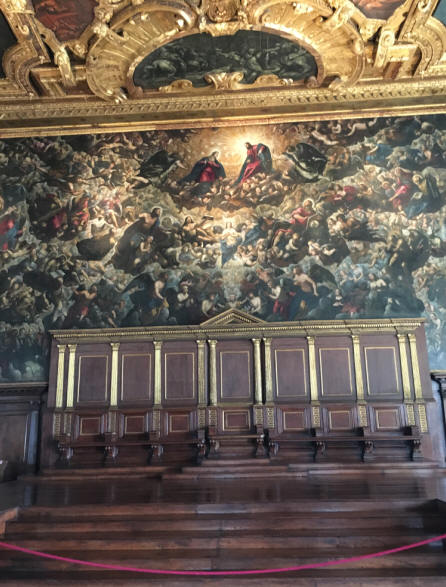

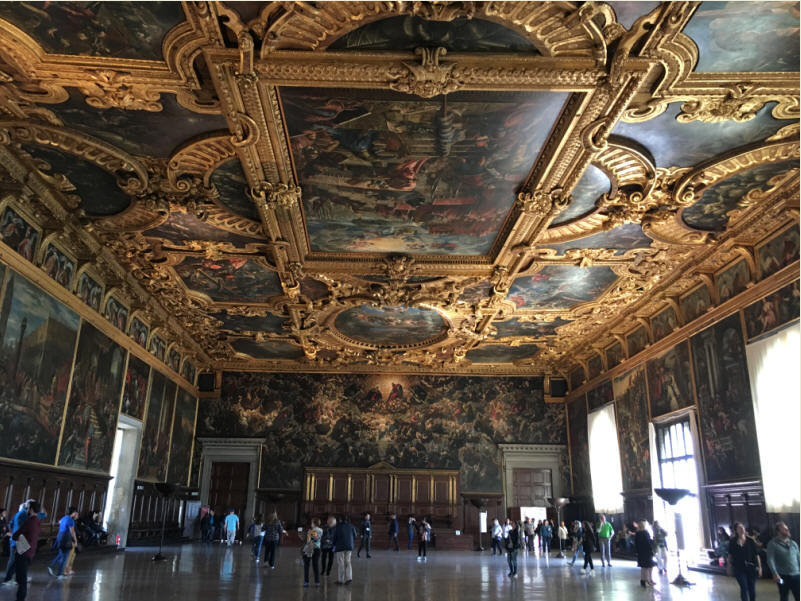

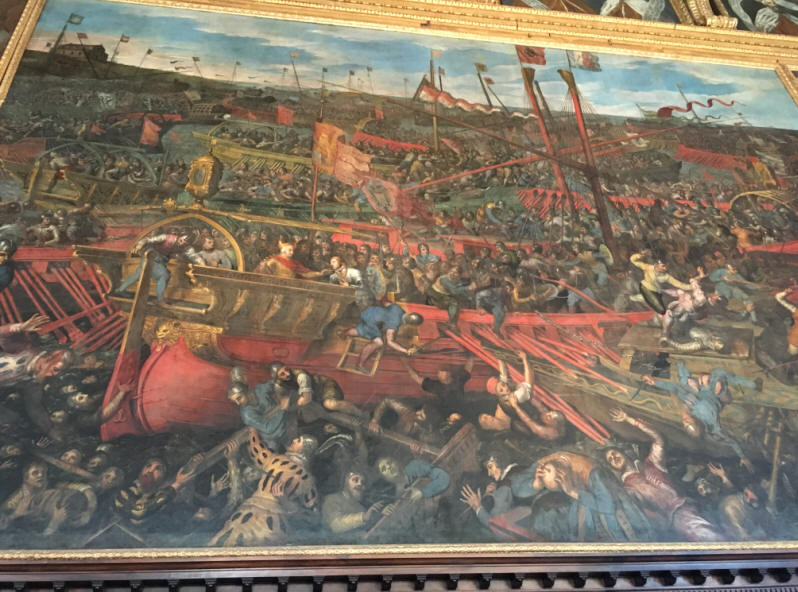
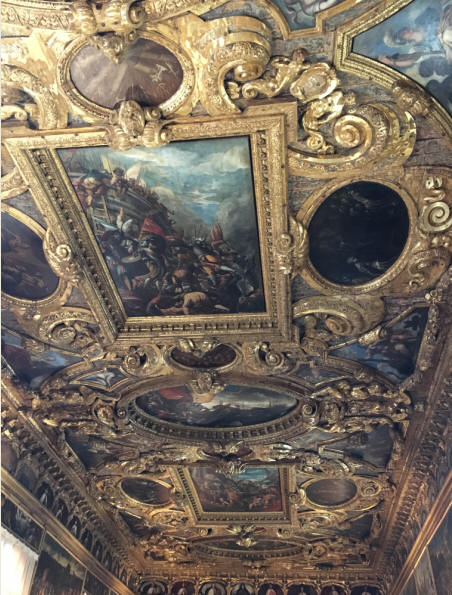
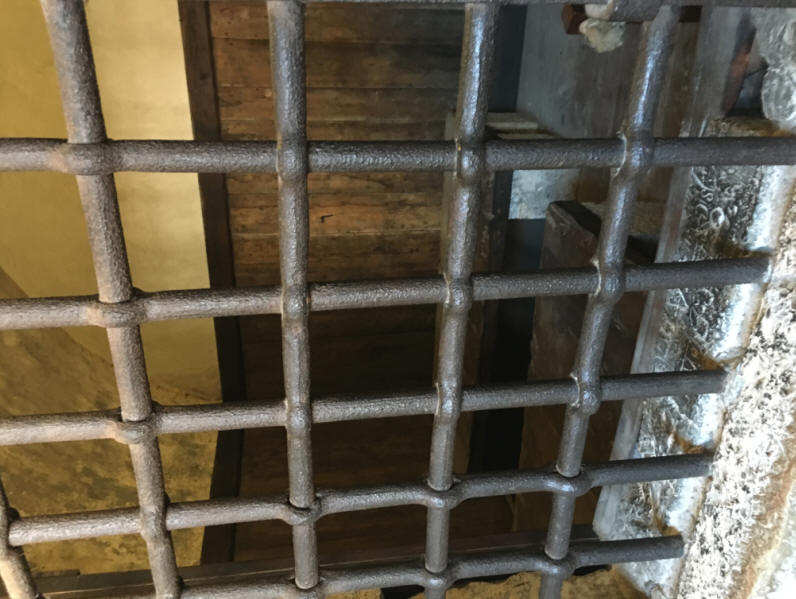
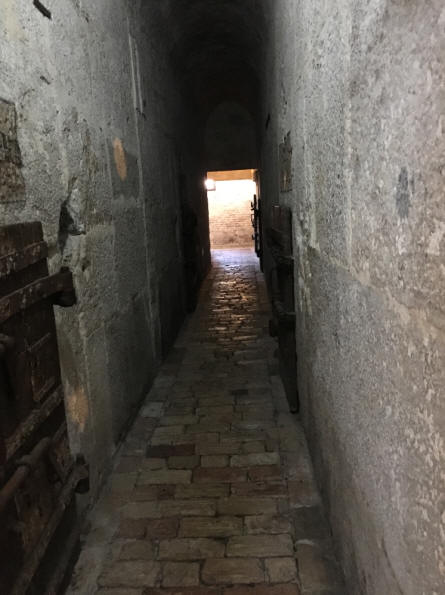
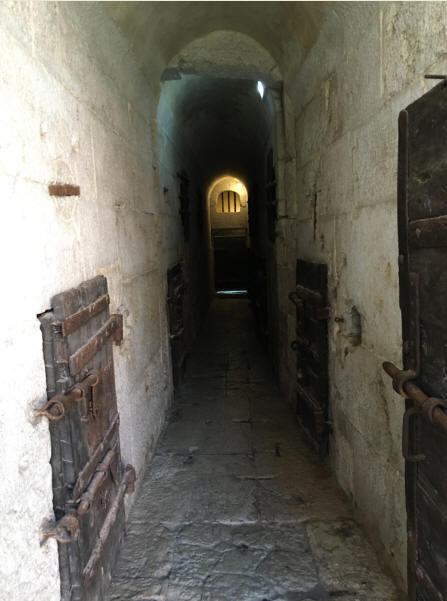
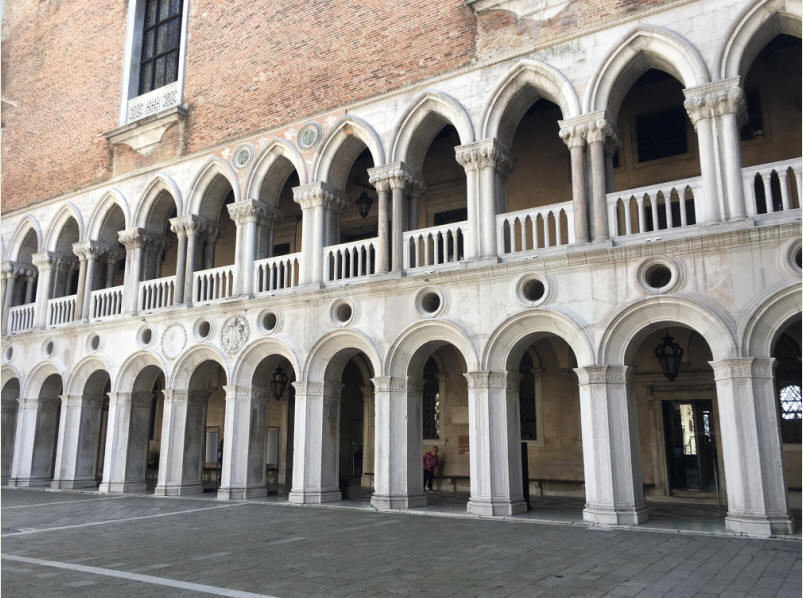
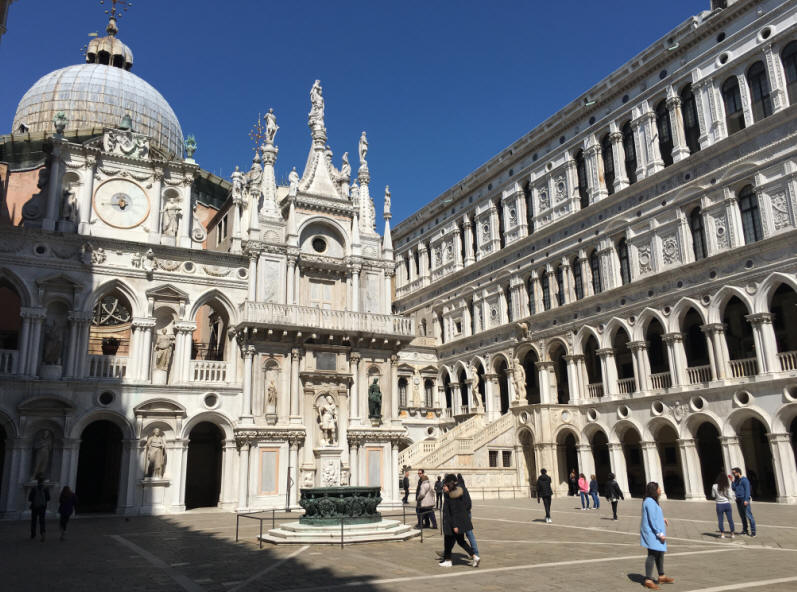
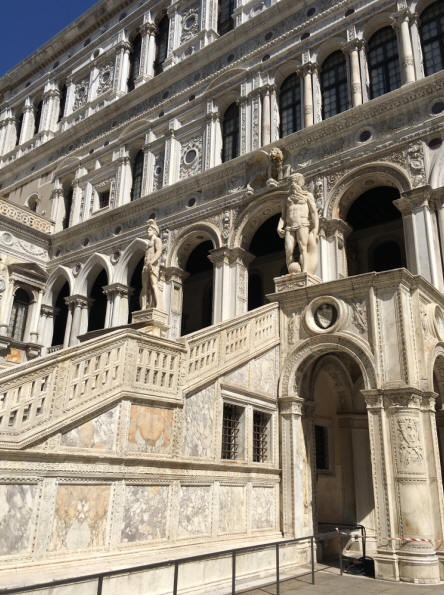
The slender Campanile di San Marco, the basilica's bell tower, is one of the square's most recognizable landmarks.,
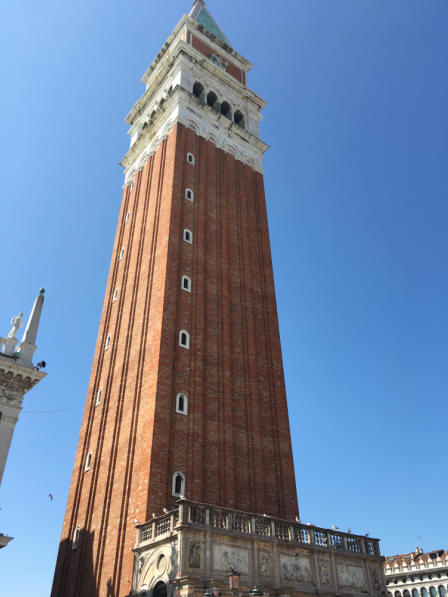

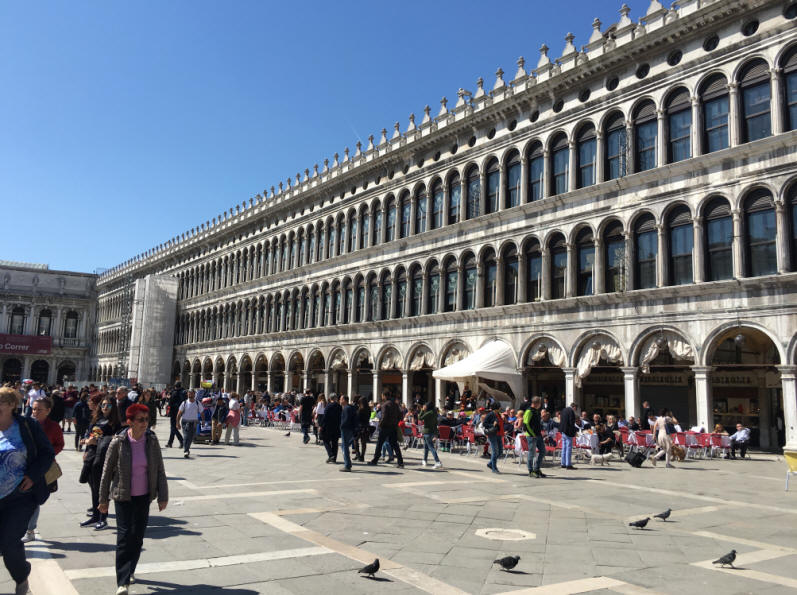
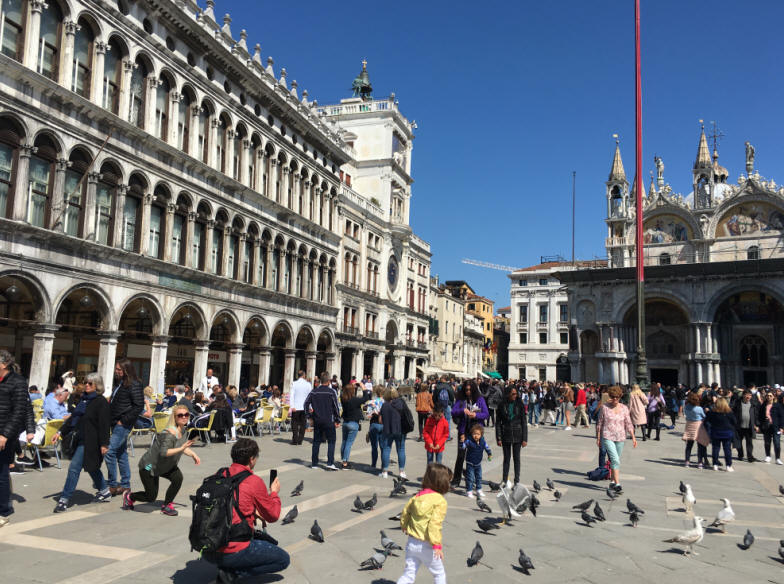
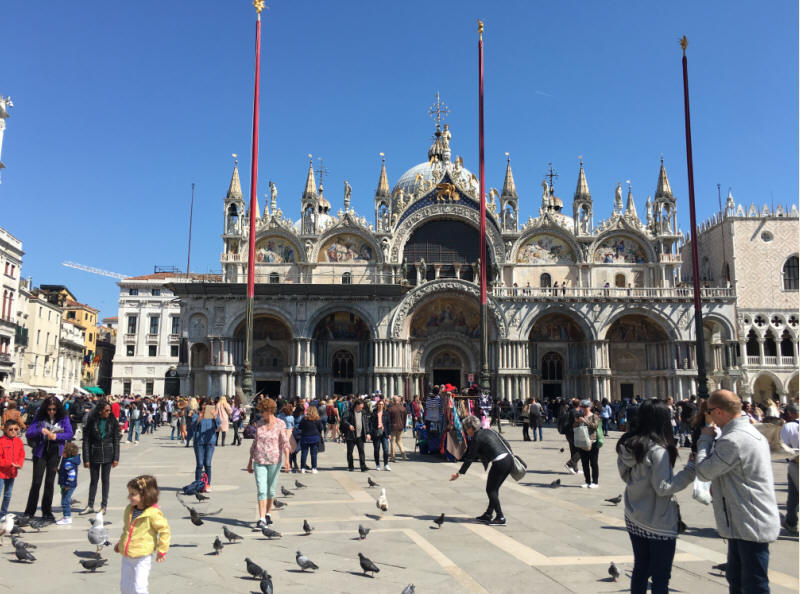

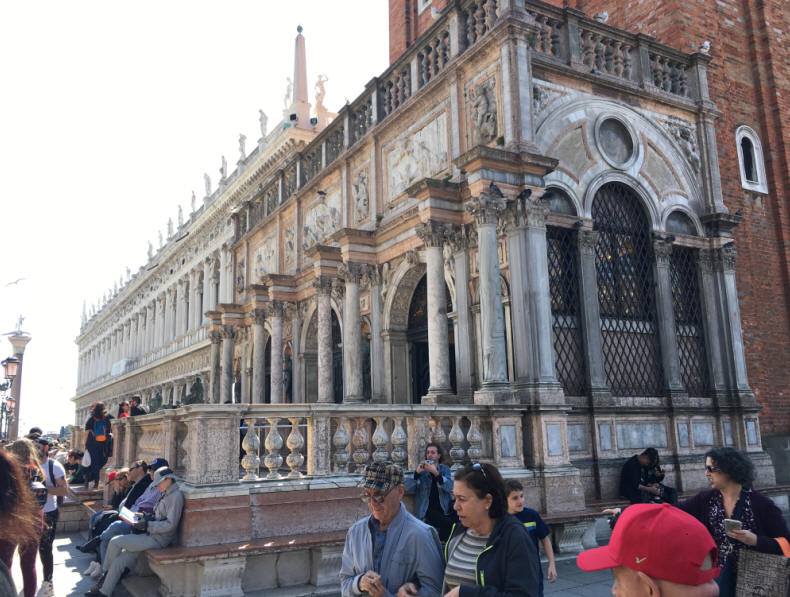
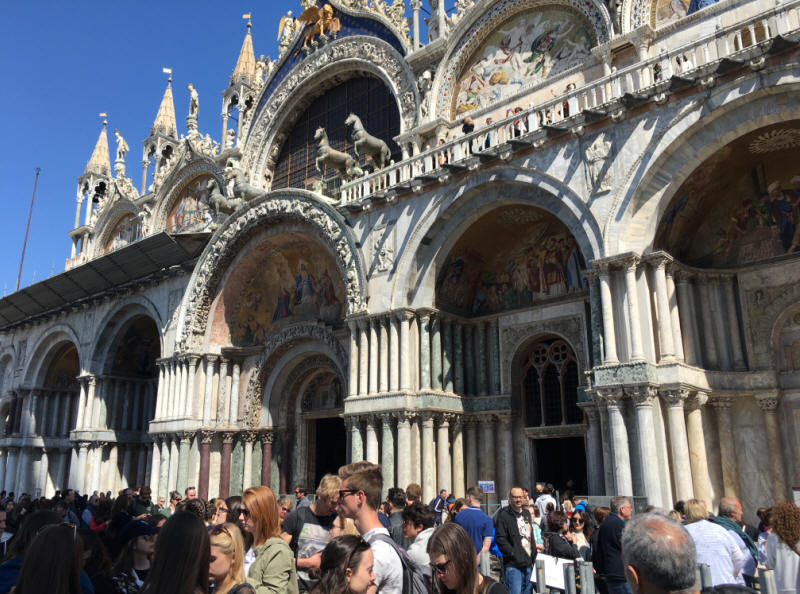
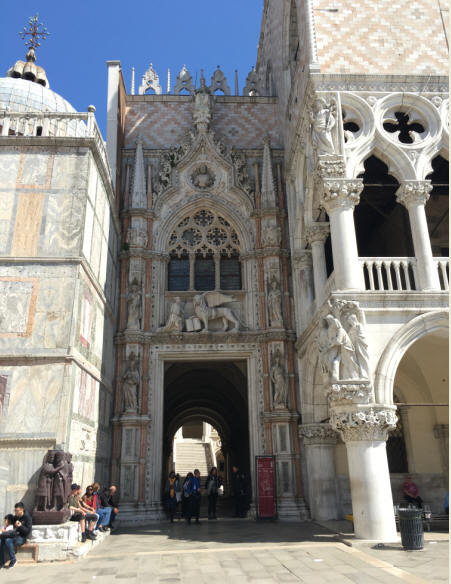
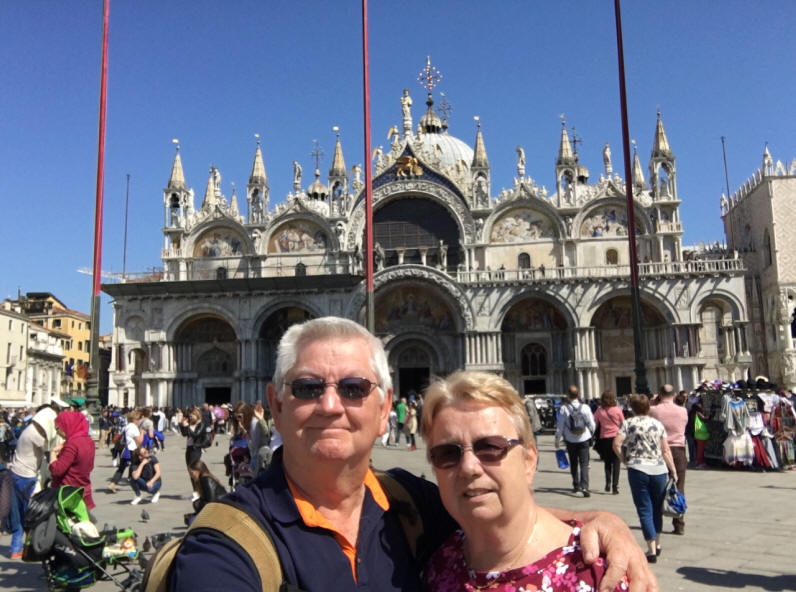
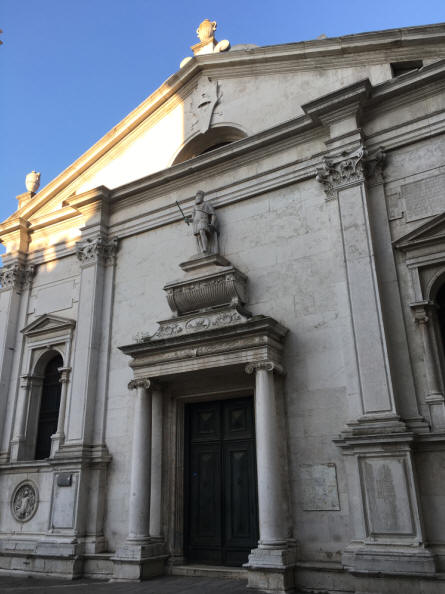
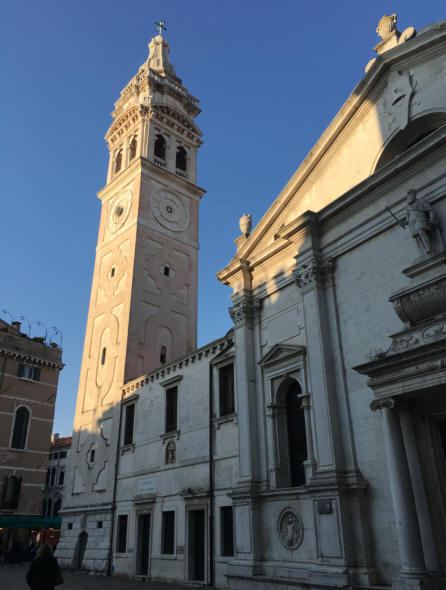
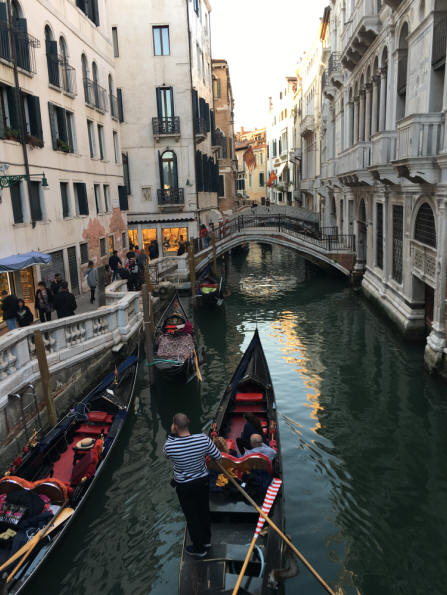
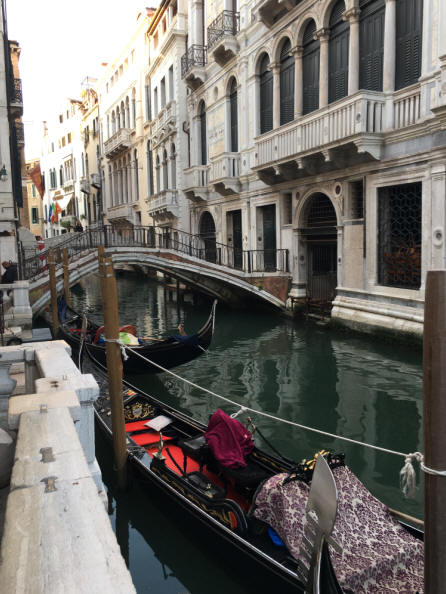

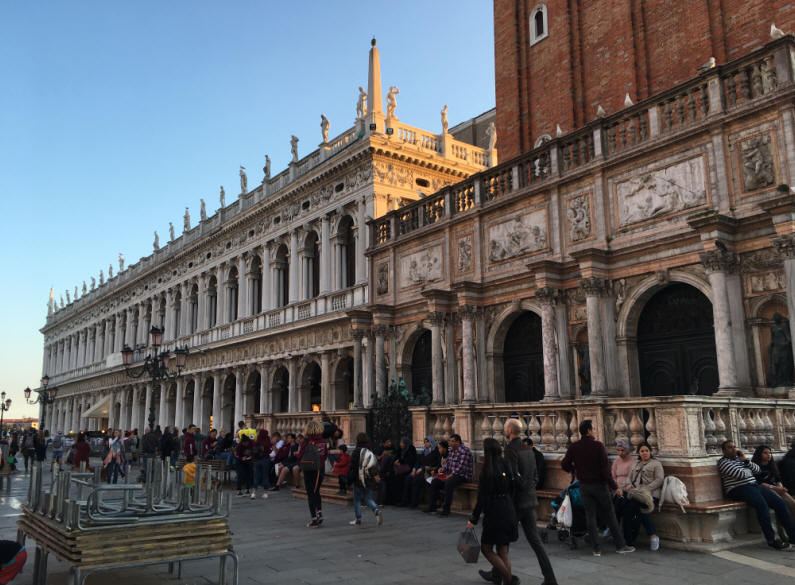
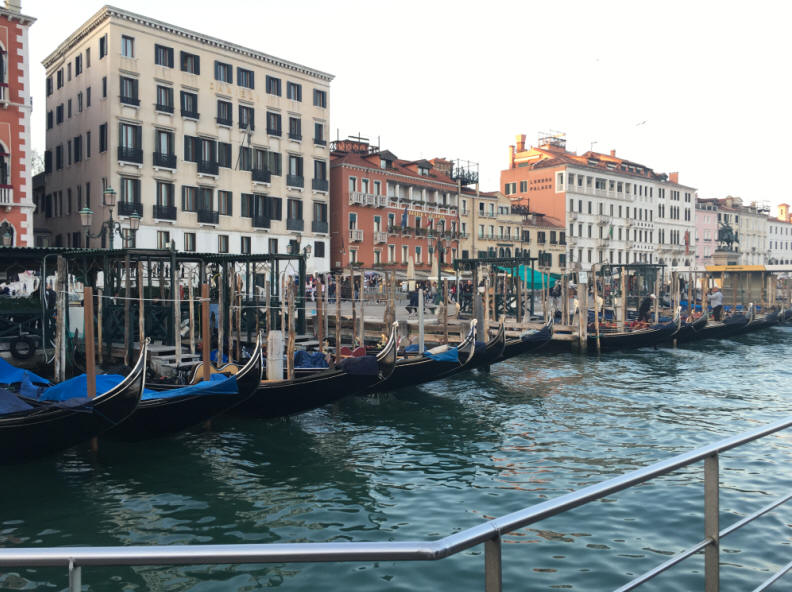
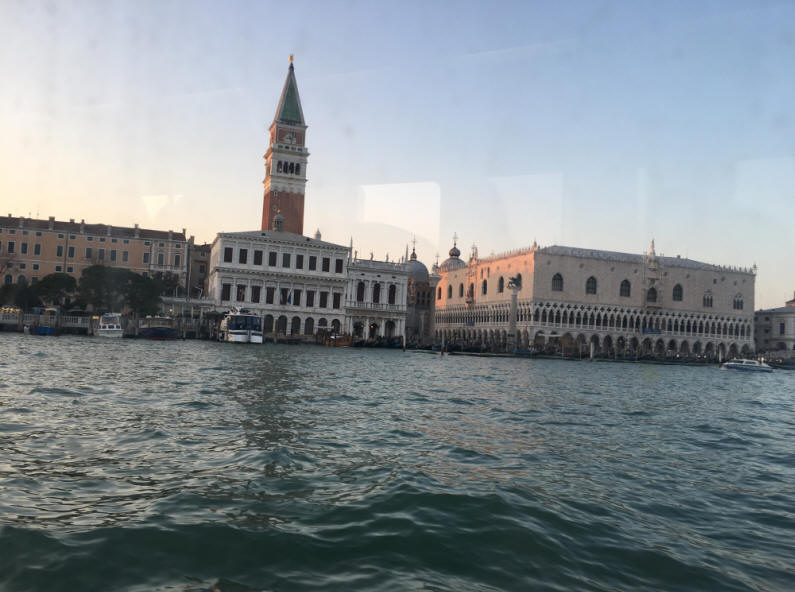
__________________________________________________________________
The Grand Canal (and other canals)
The Grand Canal is a canal in Venice, Italy. It forms one of
the major water-traffic corridors in the city. Public transport is provided by
water buses and private water taxis. Many tourists explore the canal by gondola.
One end of the canal leads into the
lagoon near the Santa Lucia railway station and the other end leads into the
basin at San Marco; in between, it makes a large reverse-S shape through the
central districts of Venice. It is 3.8 km long, and 30 to 90 m wide, with an
average depth of five meters (16.5 ft).
The banks of the Grand Canal are lined with more than 170
buildings, most of which date from the 13th to the 18th century, and demonstrate
the welfare and art created by the Republic of Venice.
The noble Venetian families faced huge expenses to show off
their richness in suitable palazzos; this contest reveals the citizens’ pride
and the deep bond with the lagoon.
Because most of the city's traffic goes along the Canal
rather than across it, only one bridge crossed the canal until the 19th century,
the Rialto Bridge.
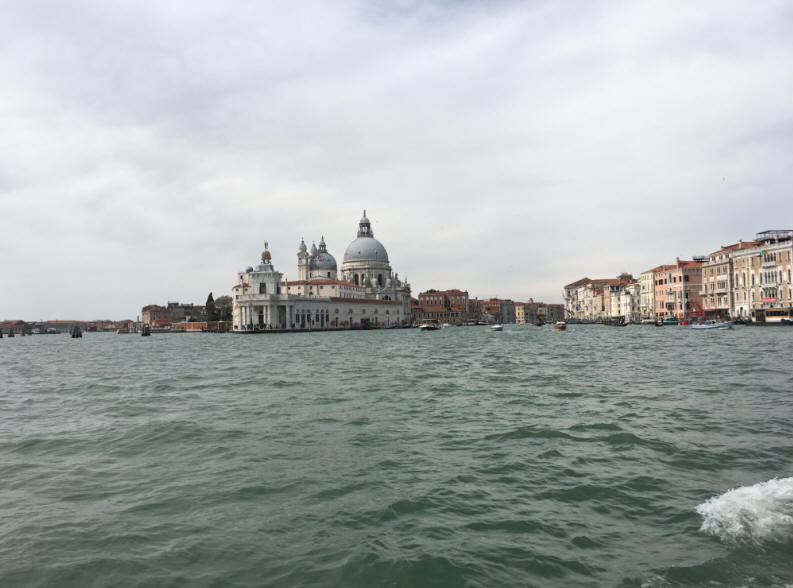
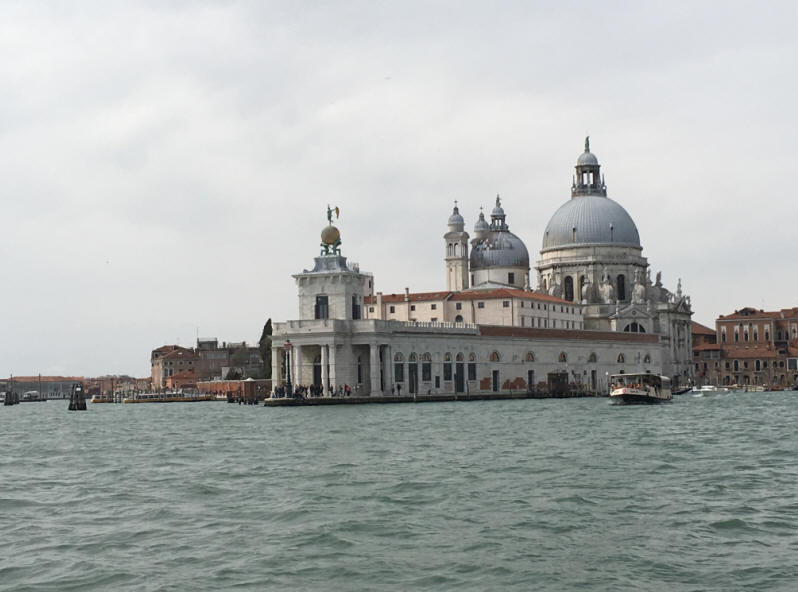
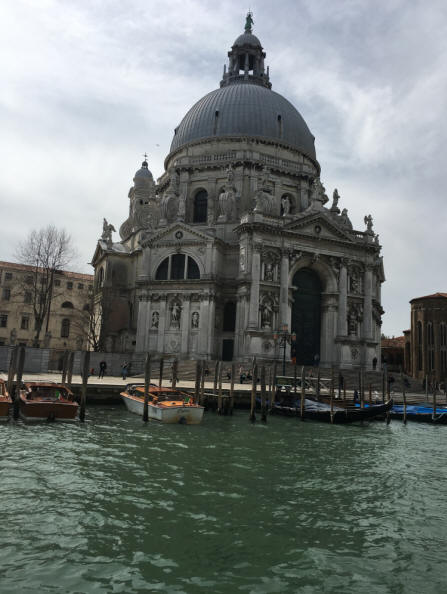

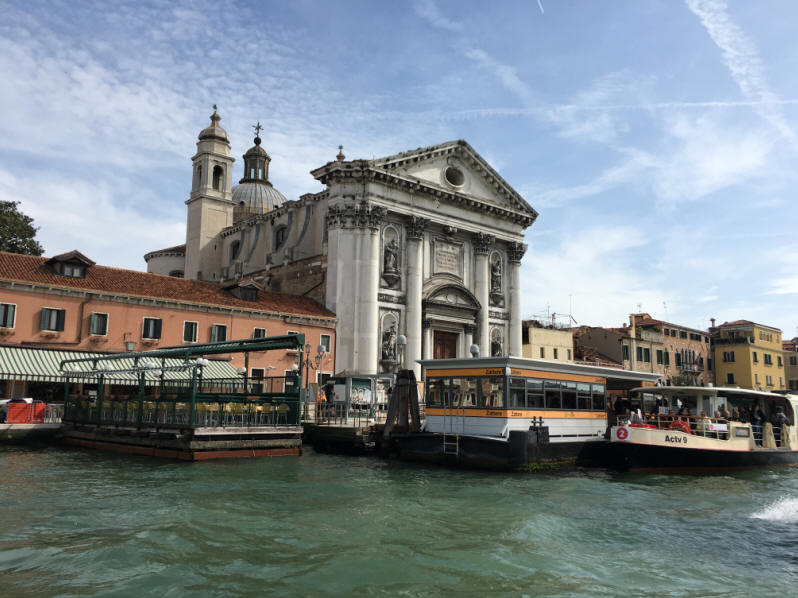
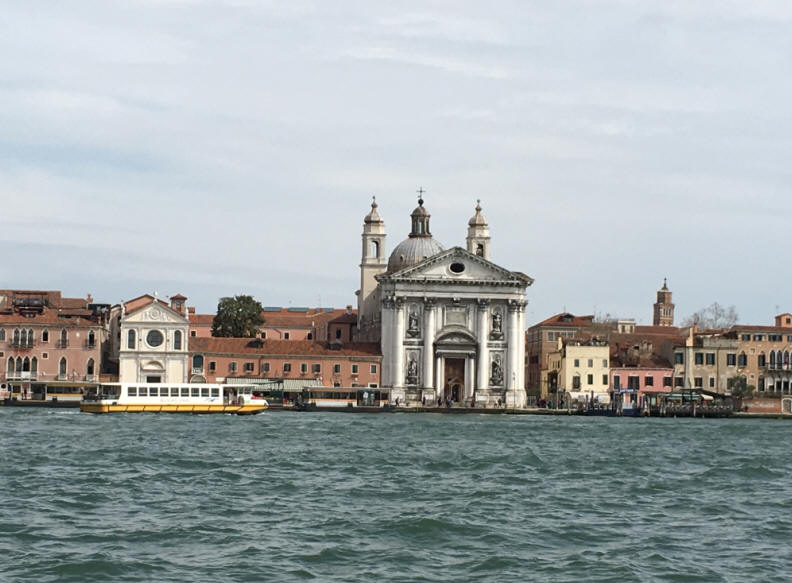

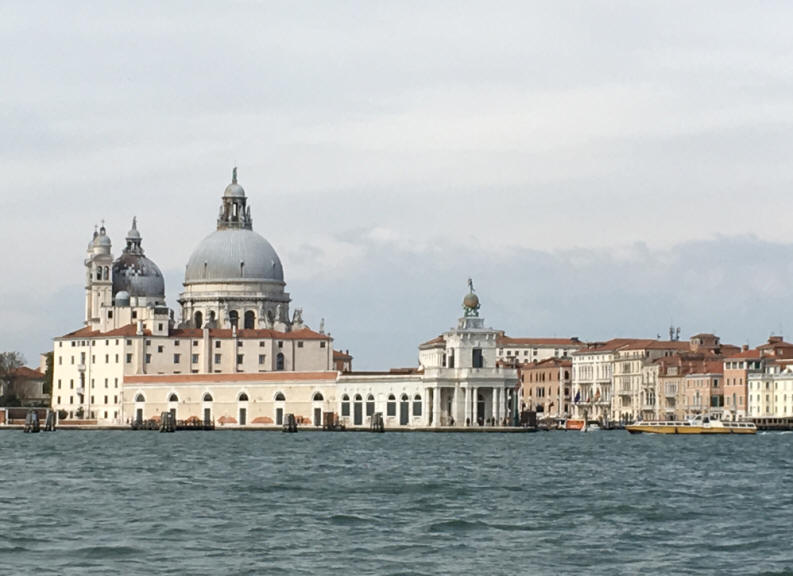
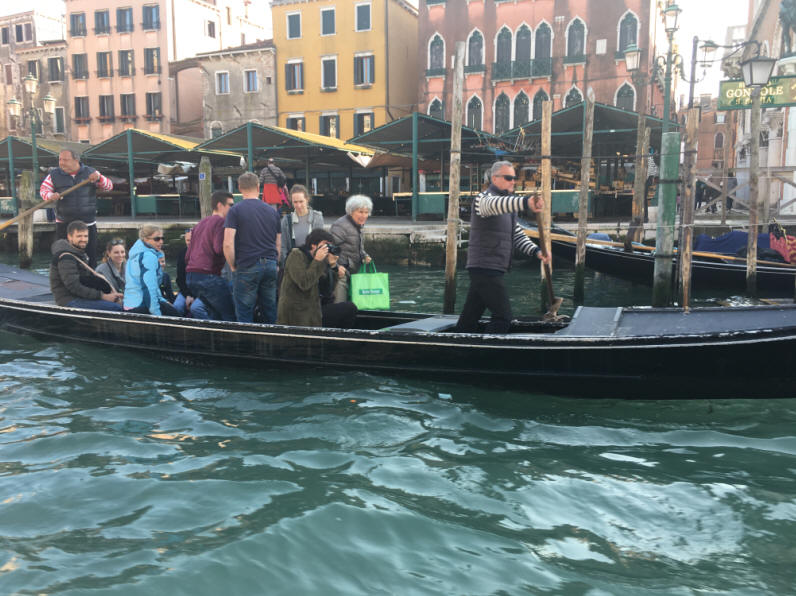
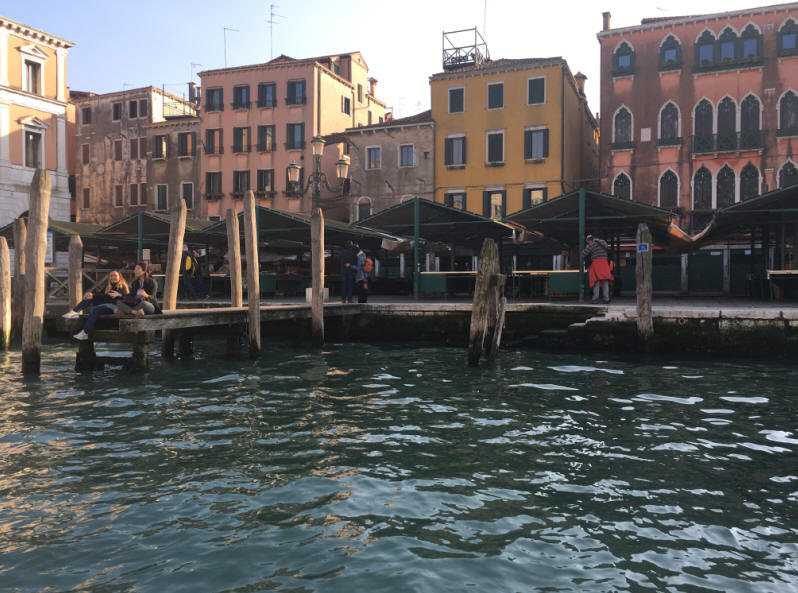
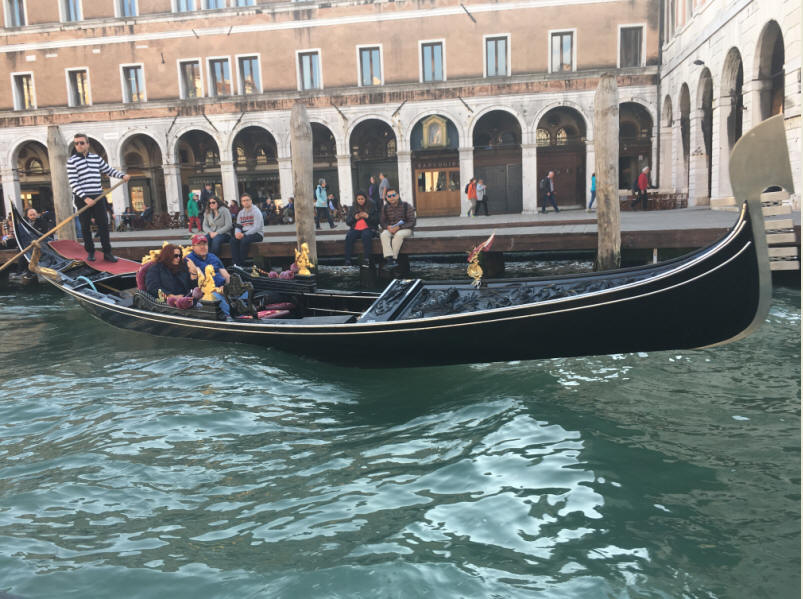

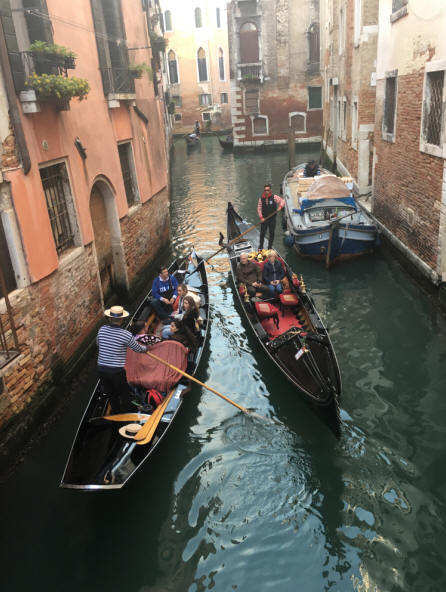
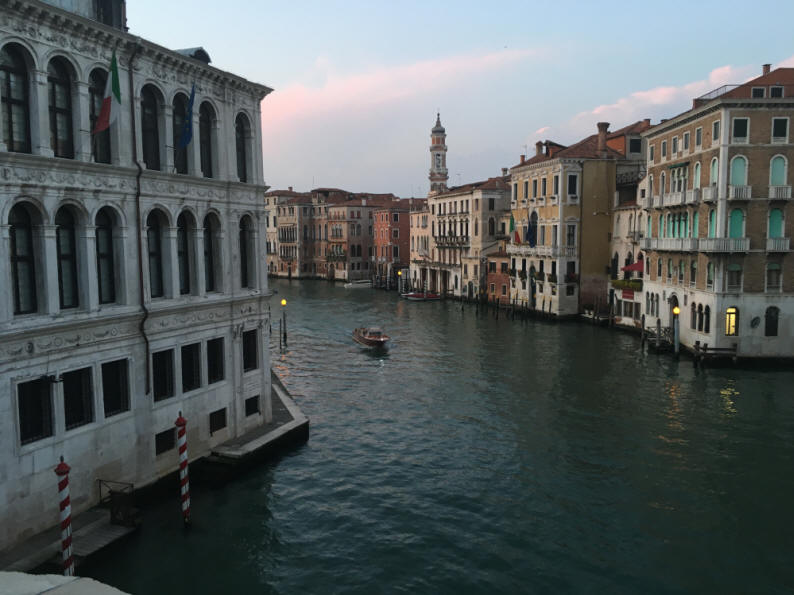
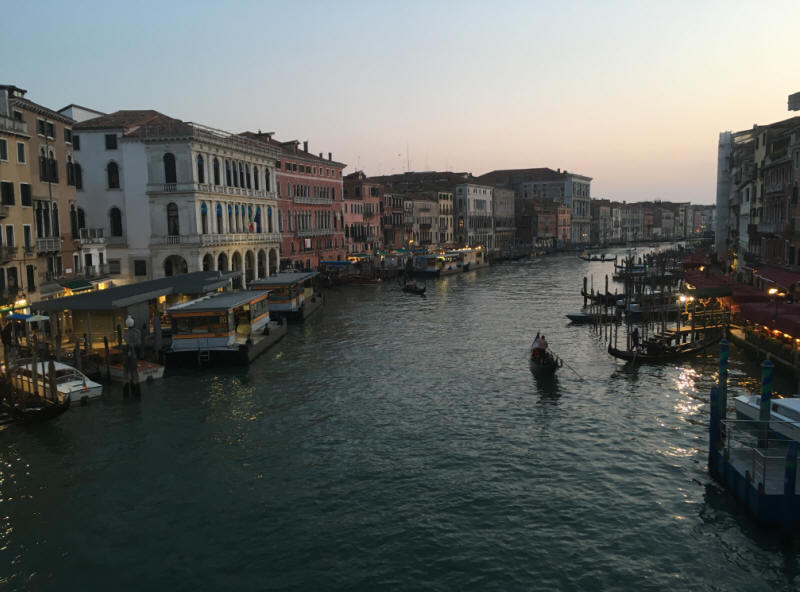
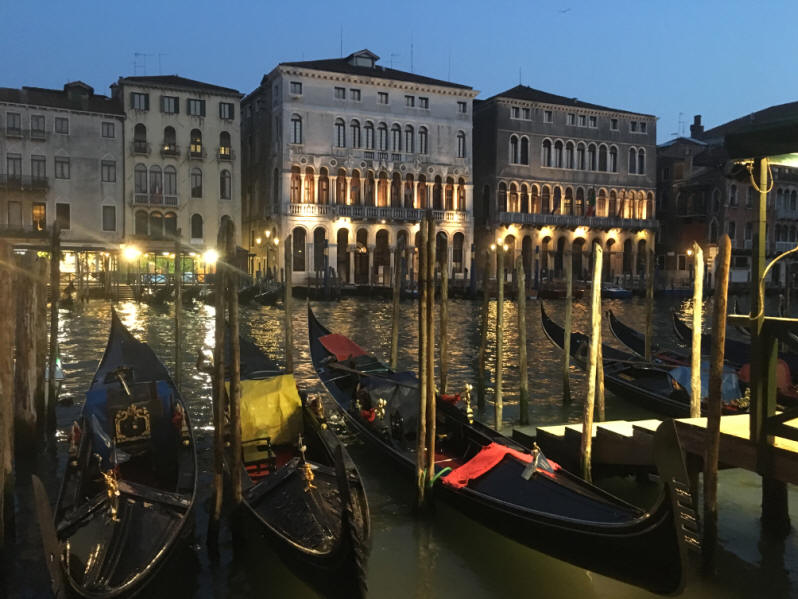
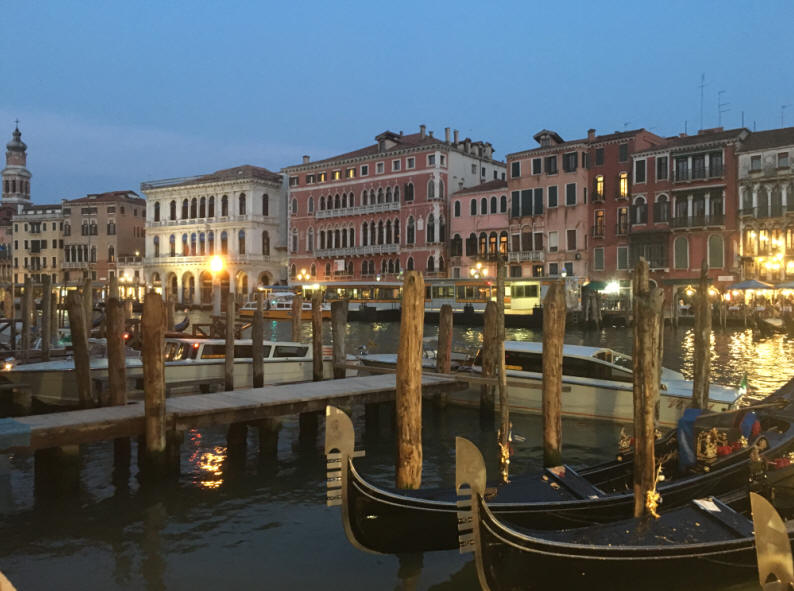
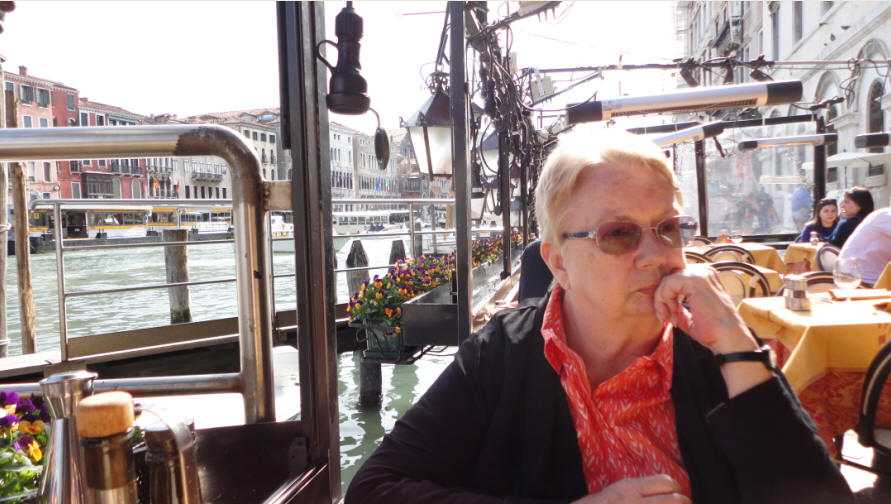


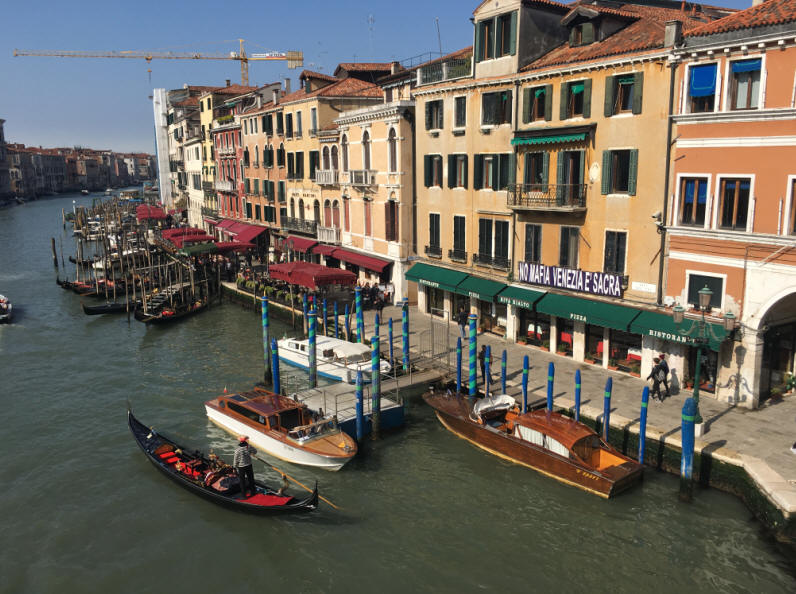

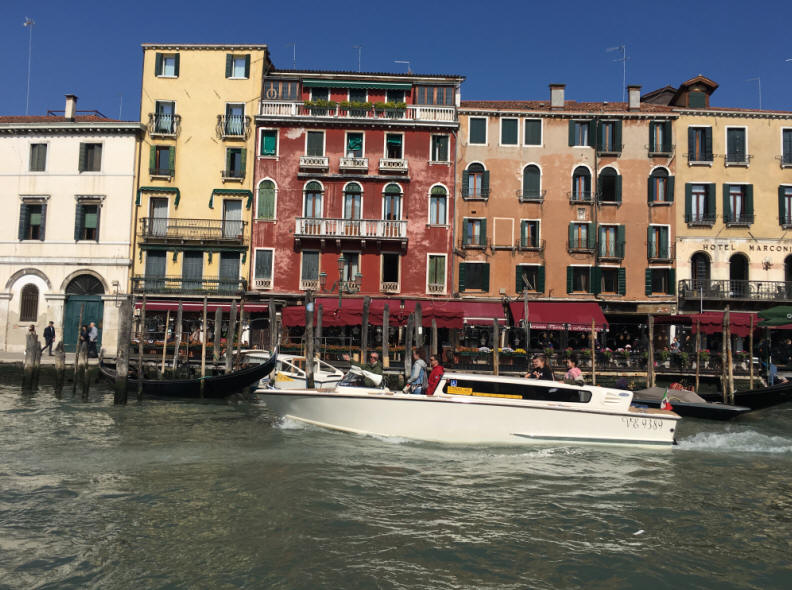

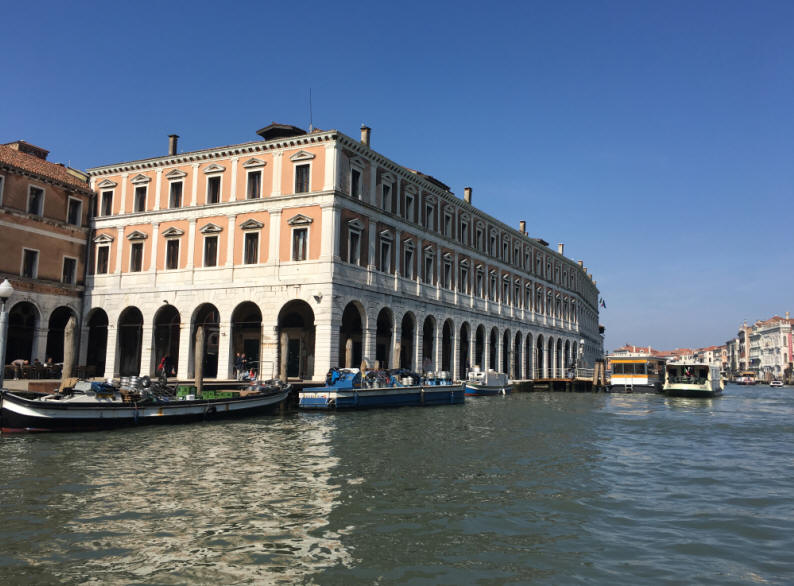


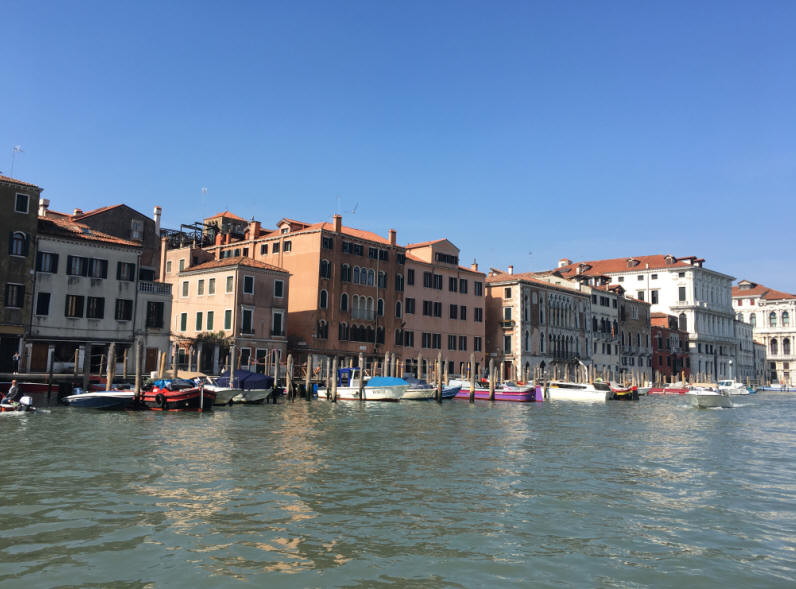
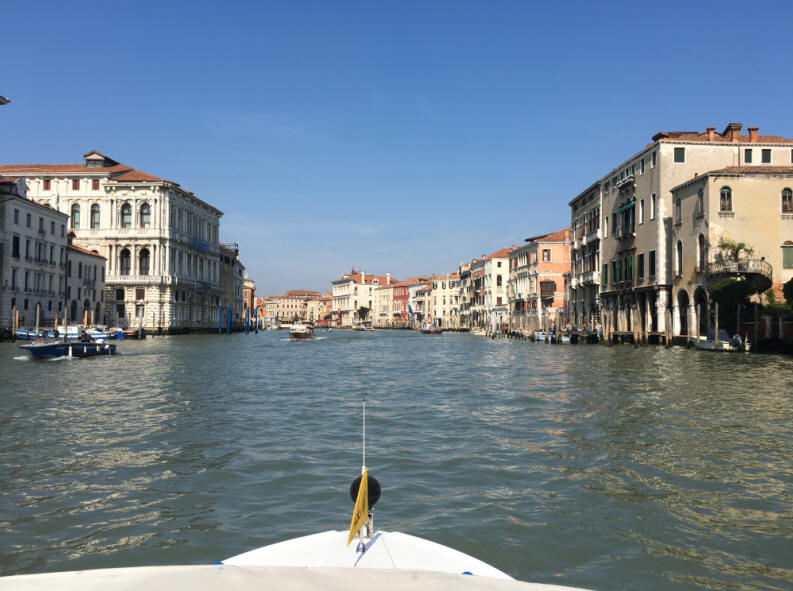
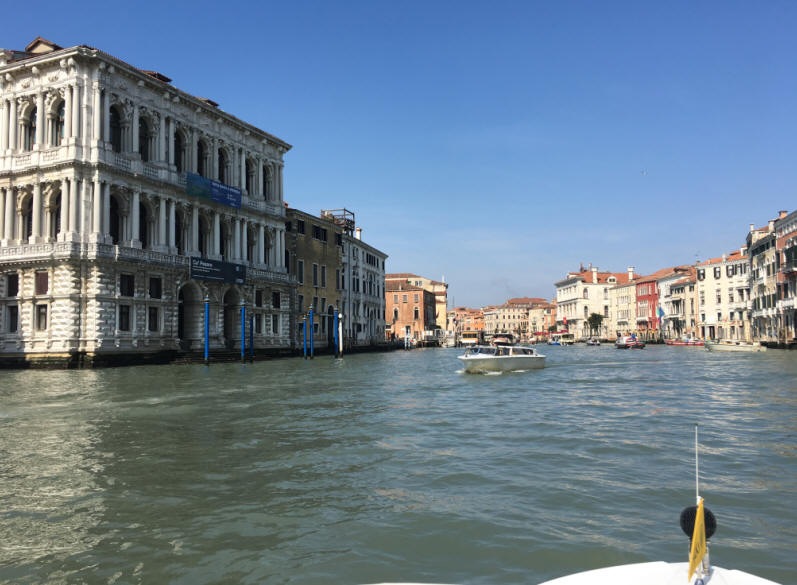

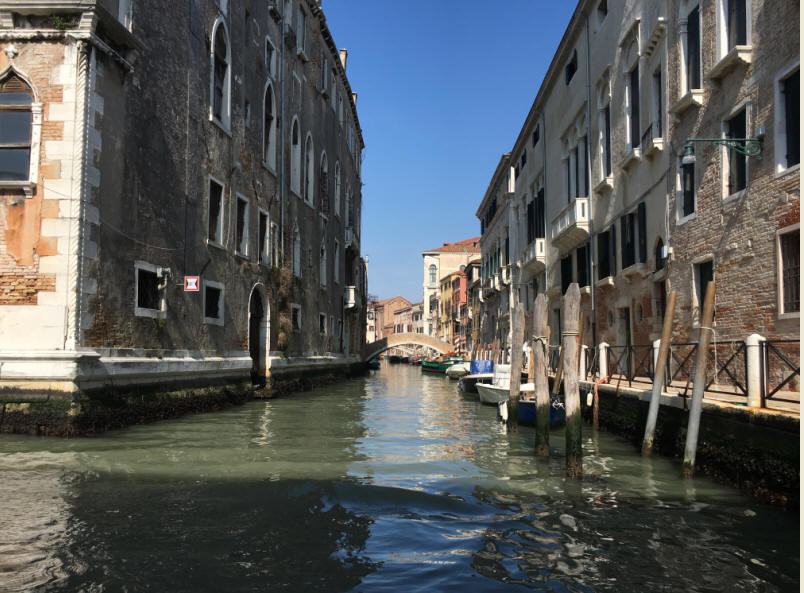


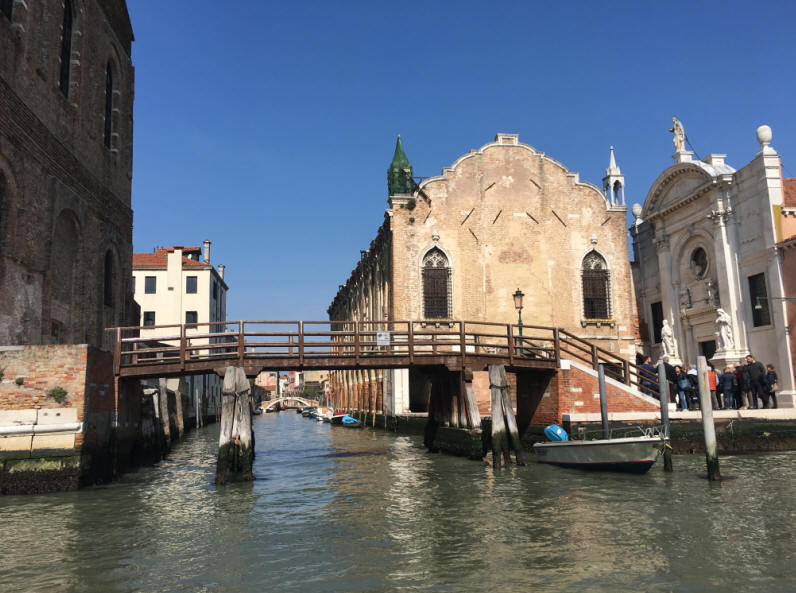
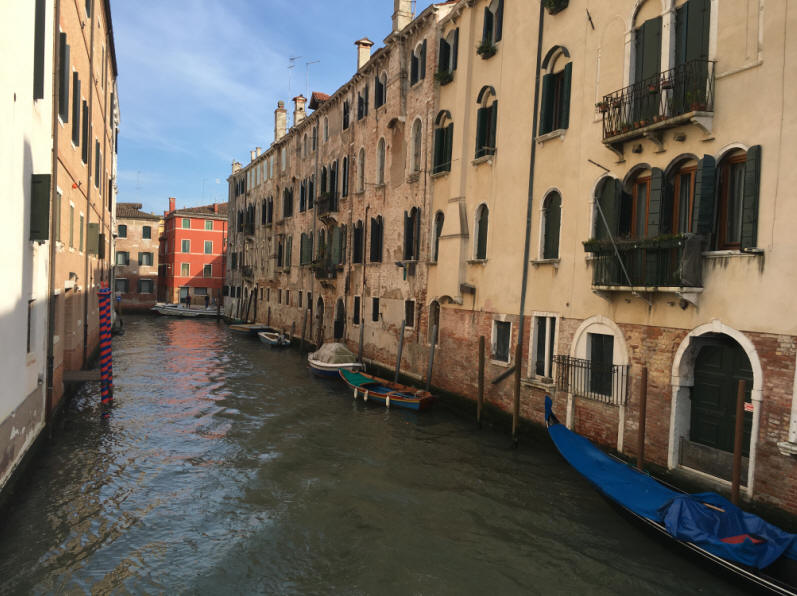
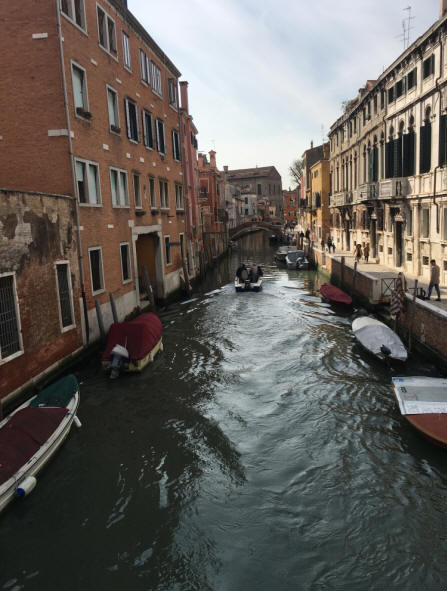
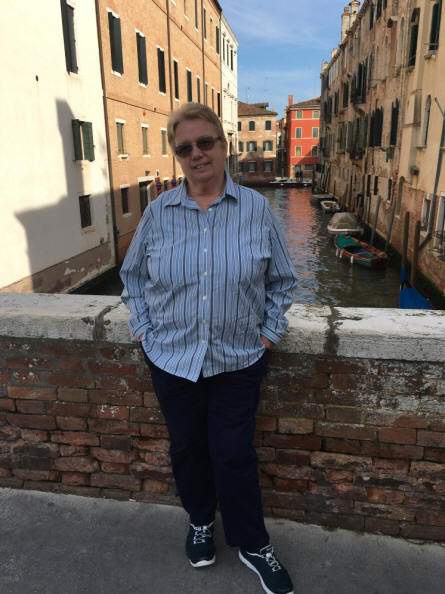
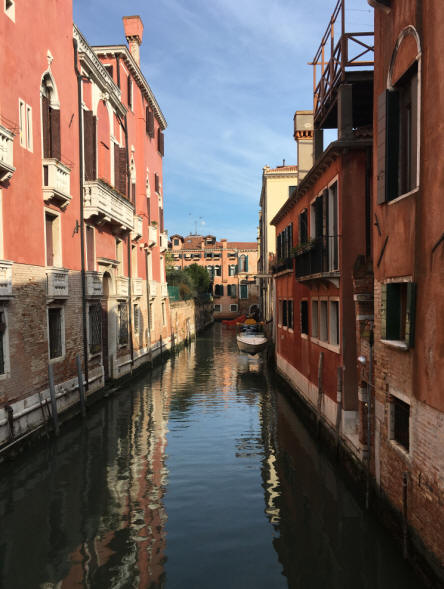
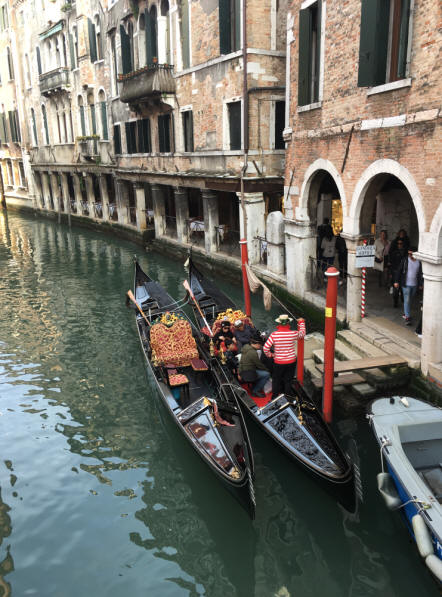
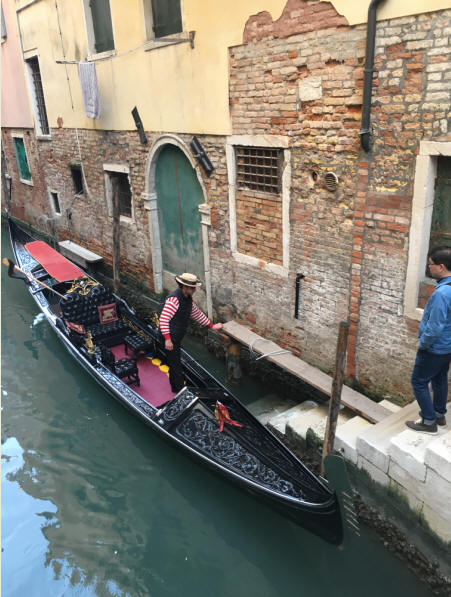
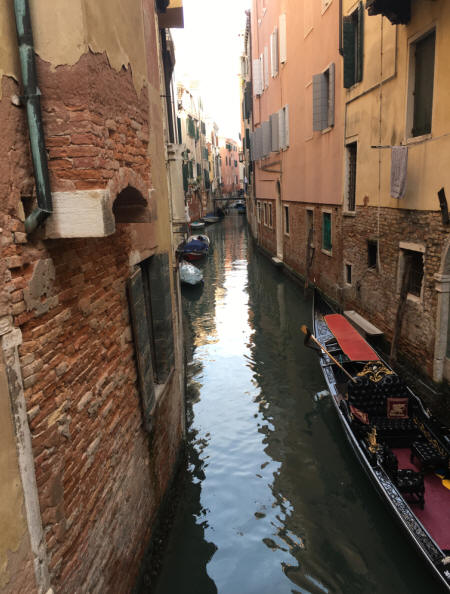

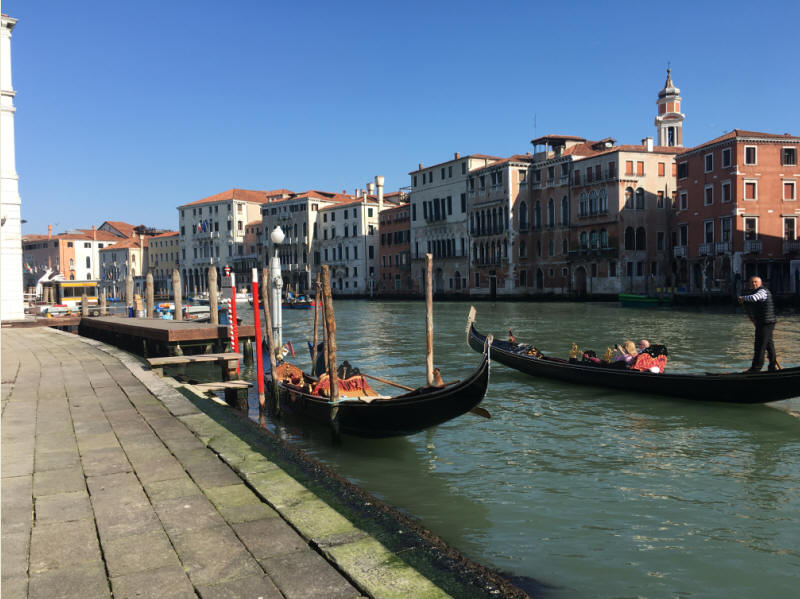
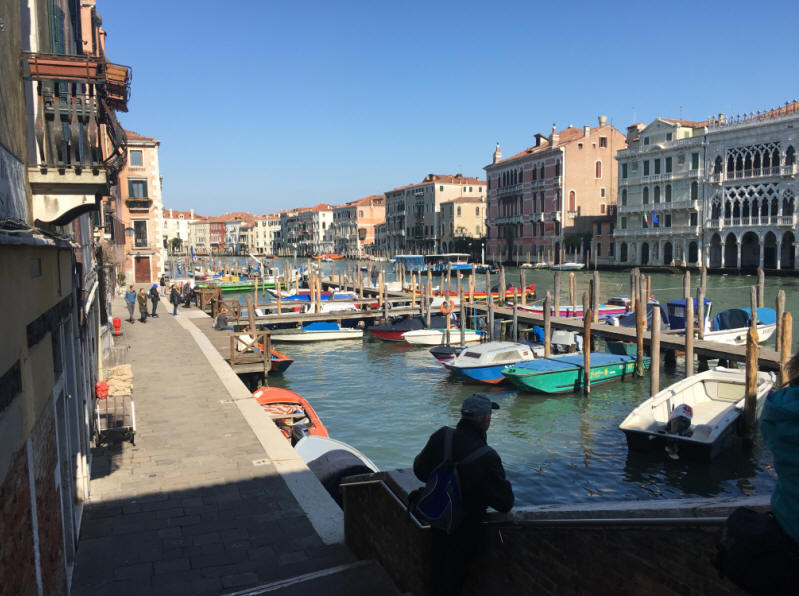
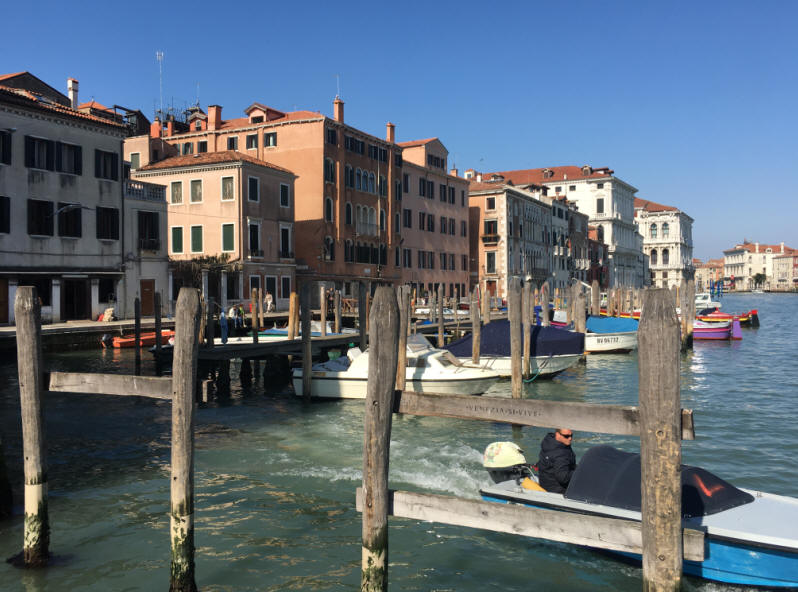
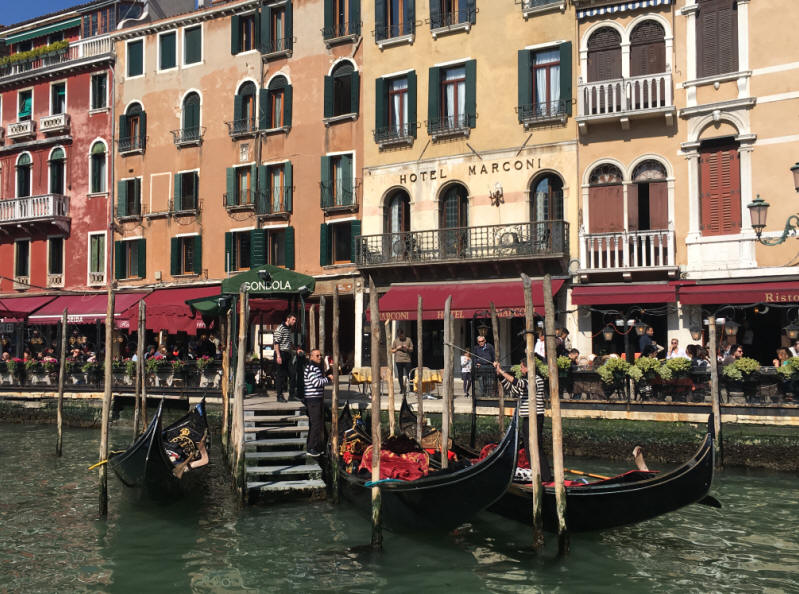
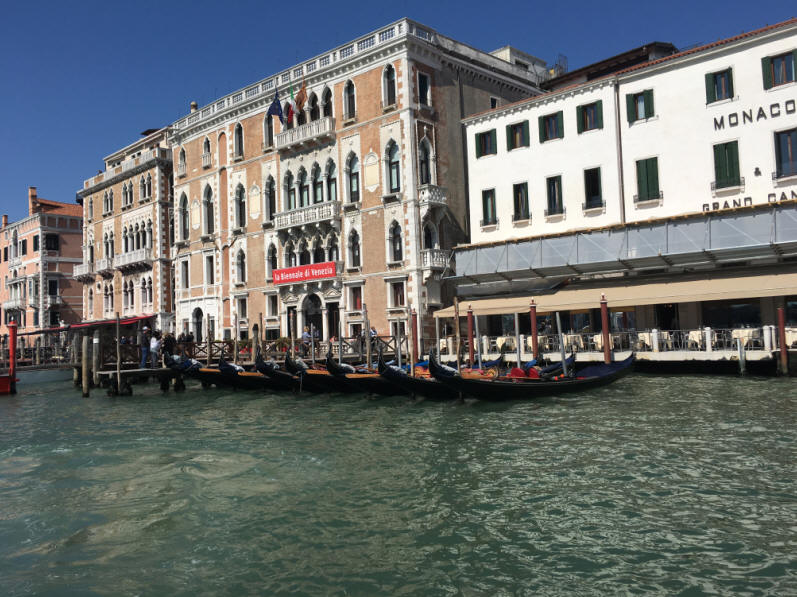
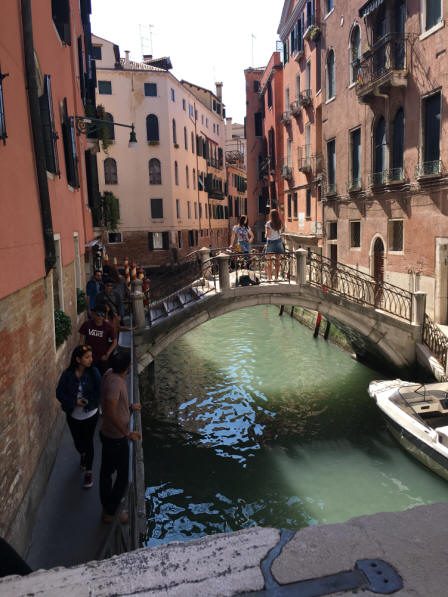



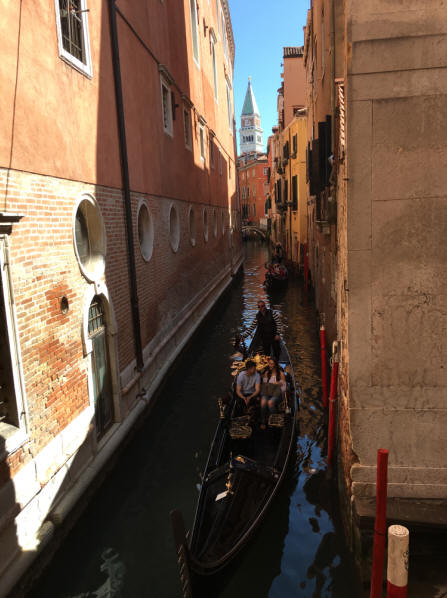


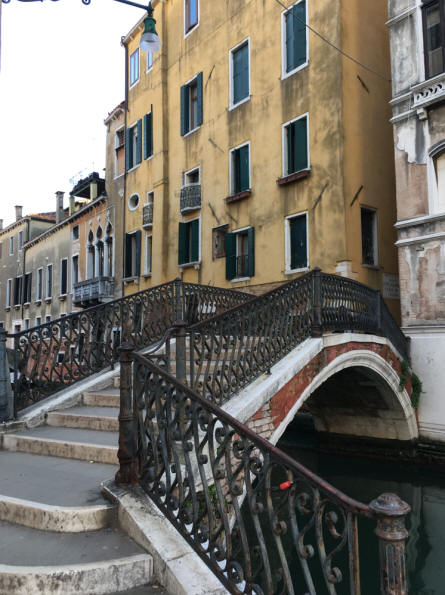
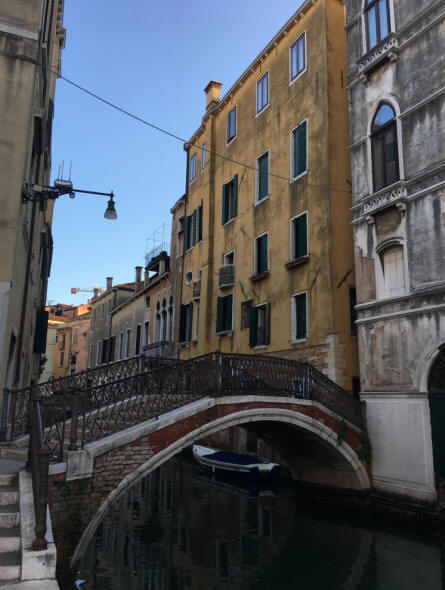

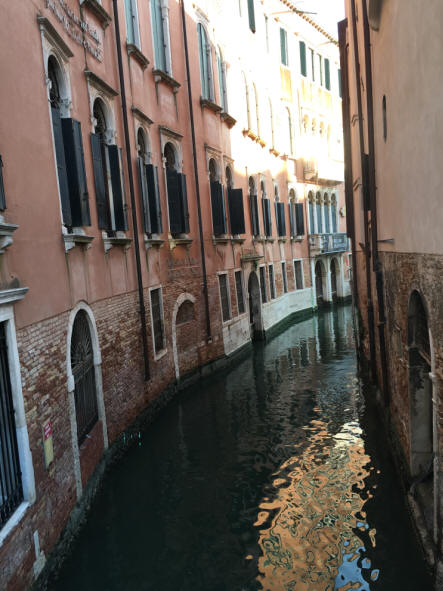
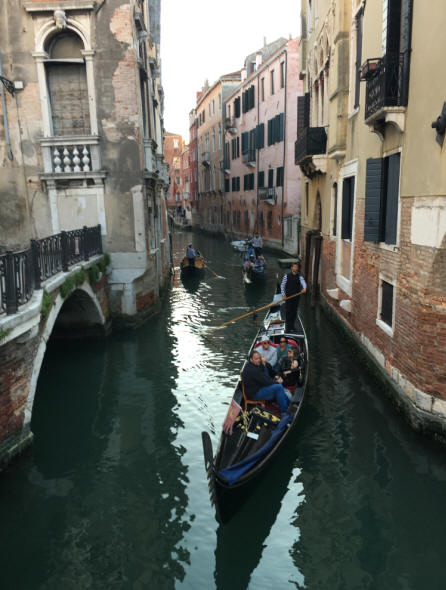
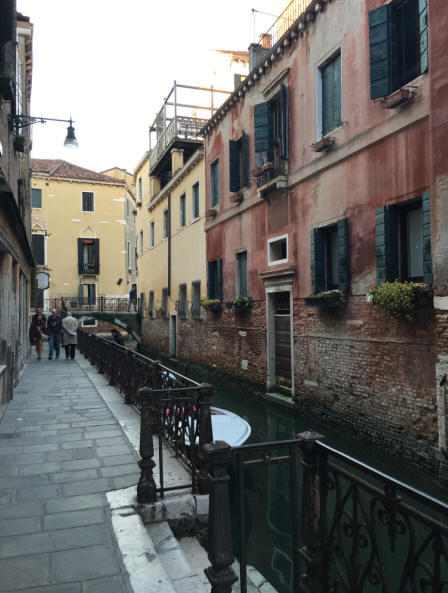
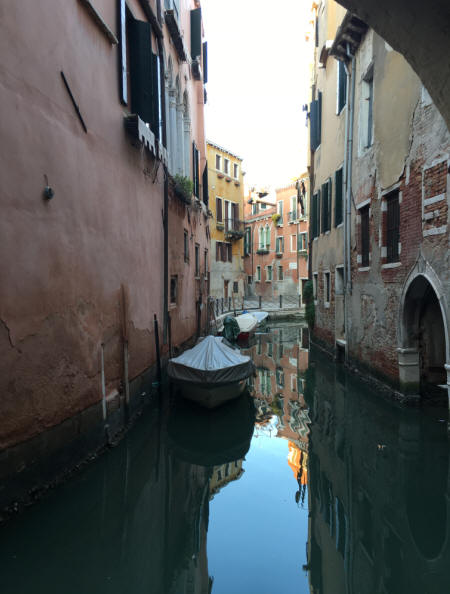
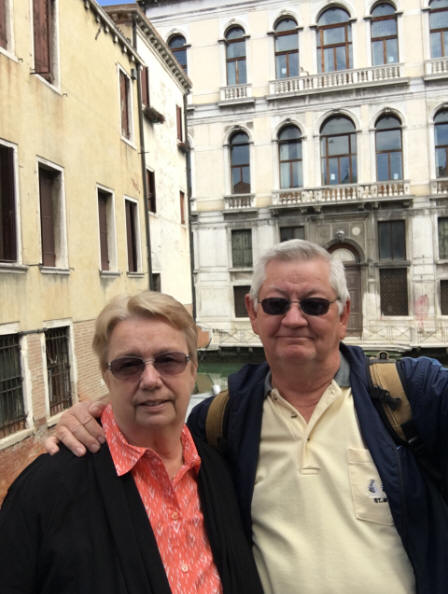
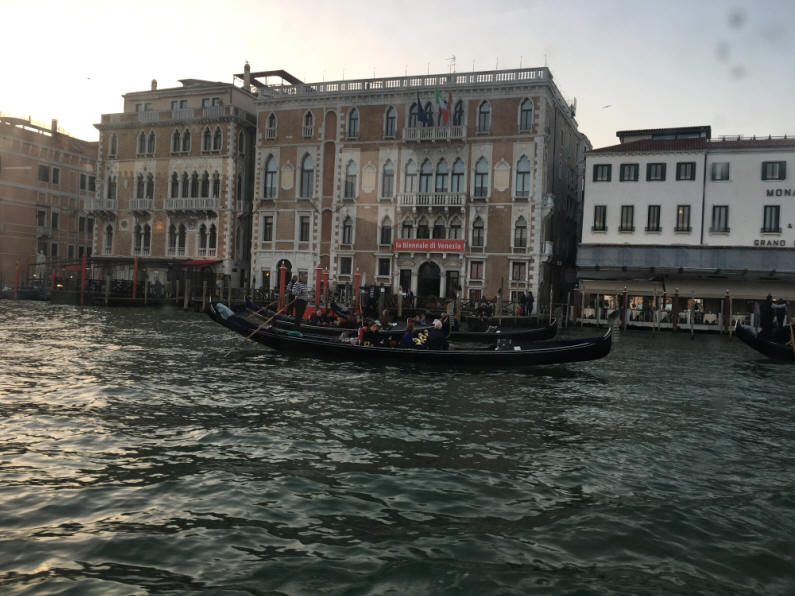
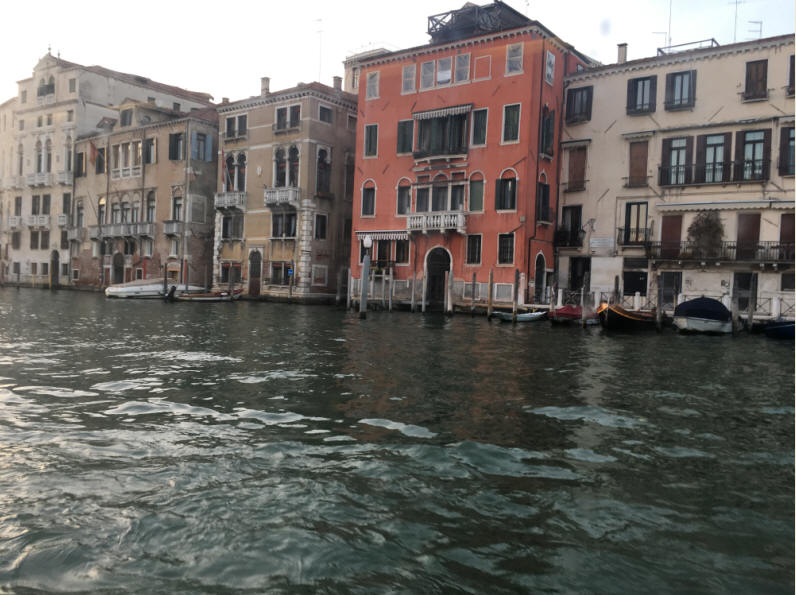
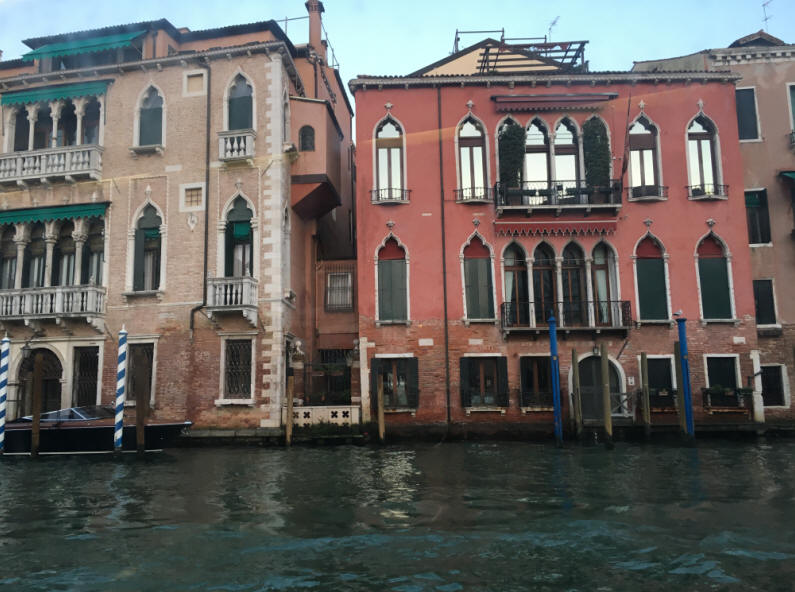

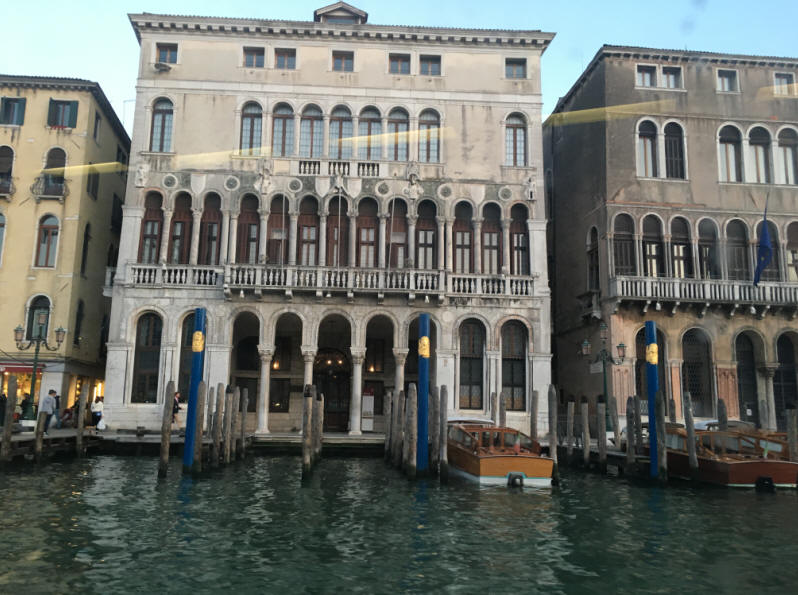
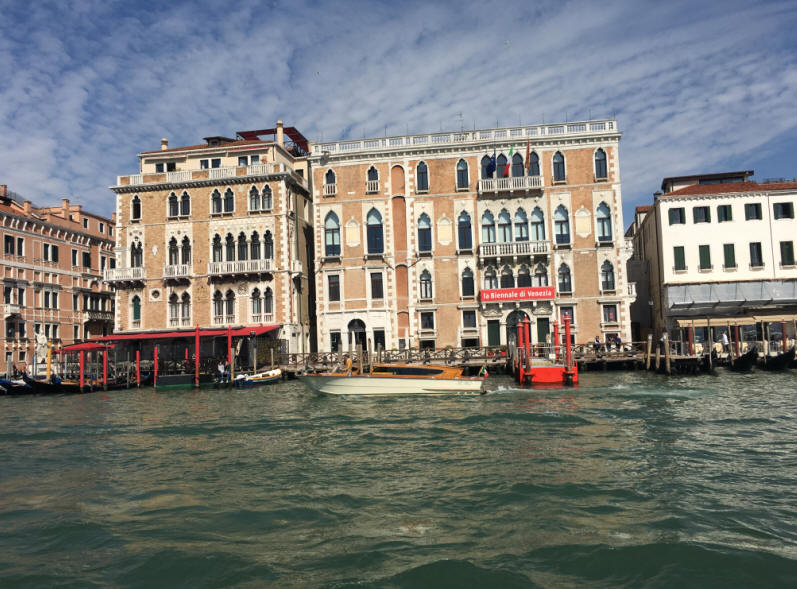
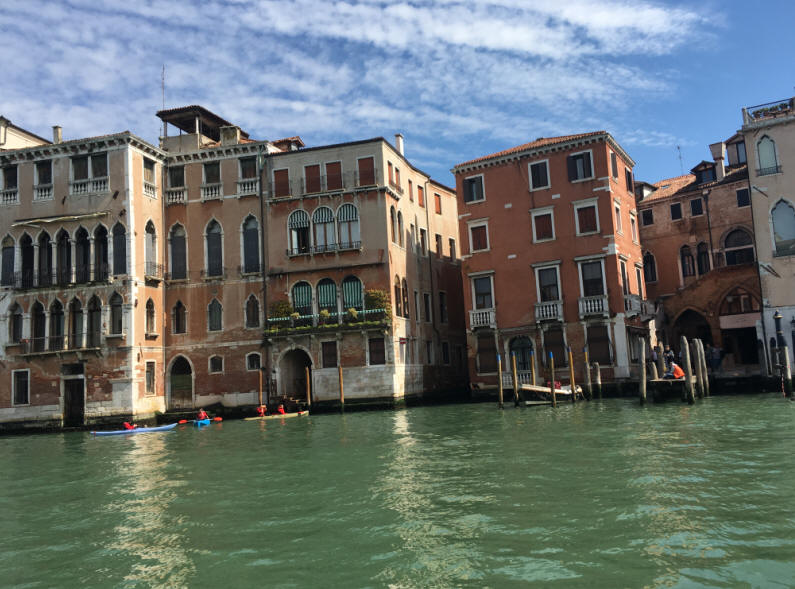
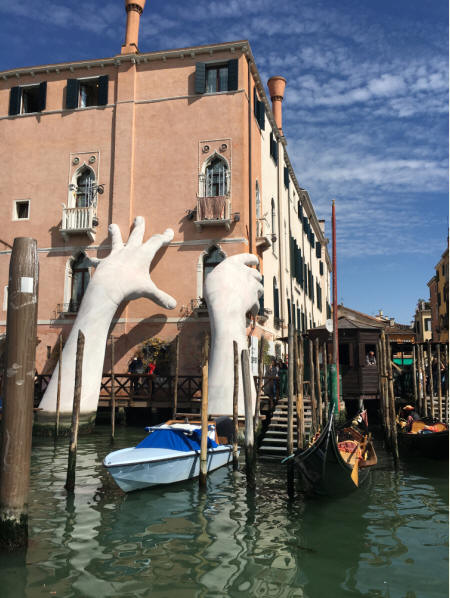
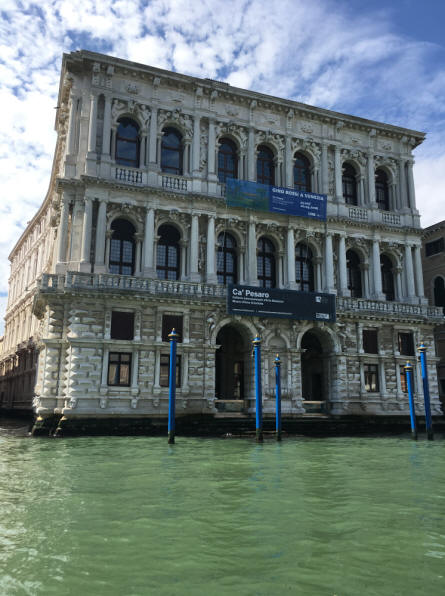
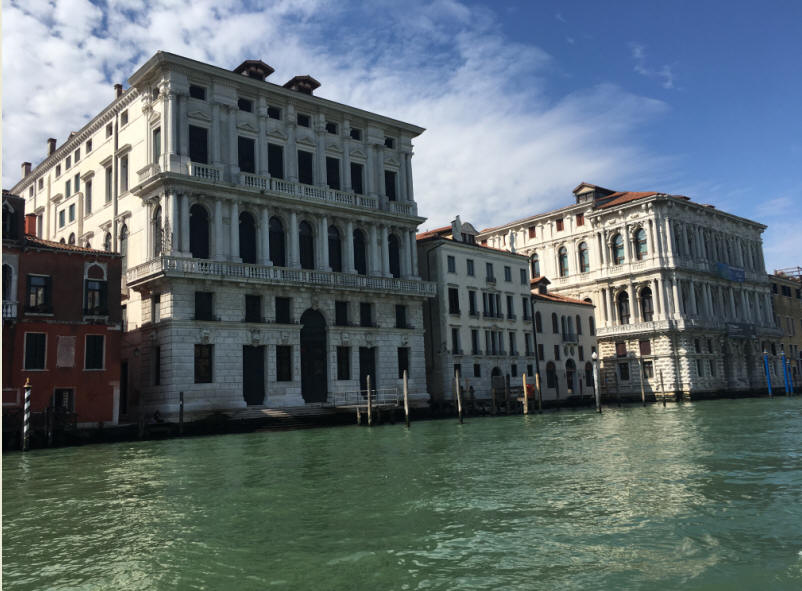
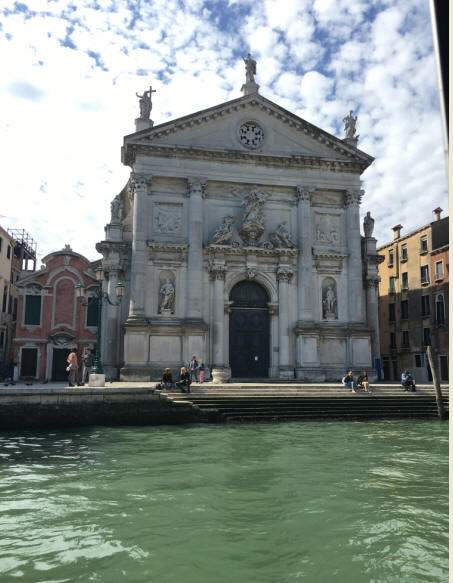
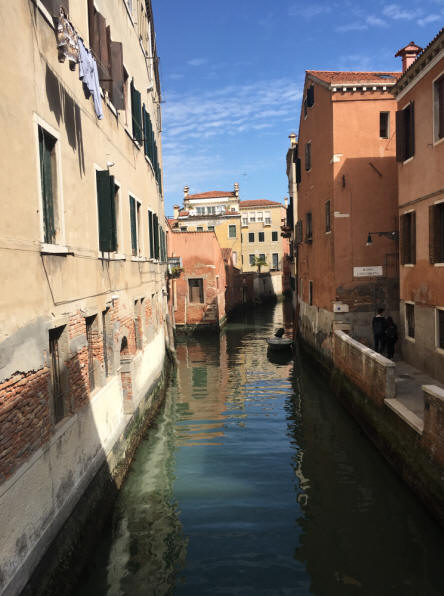
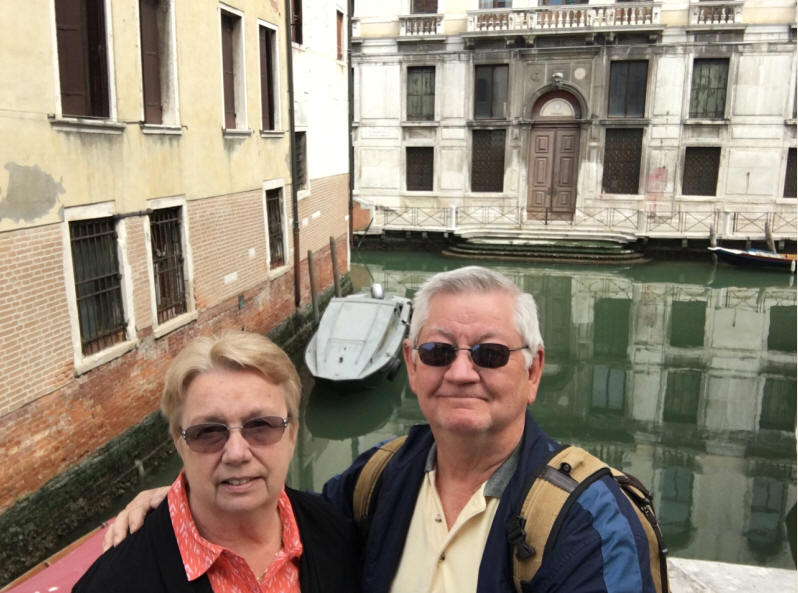

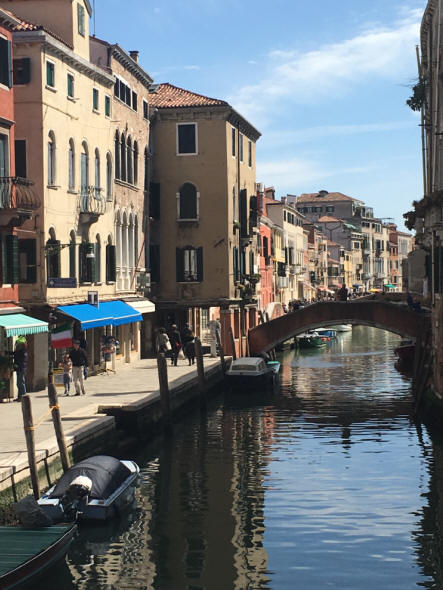


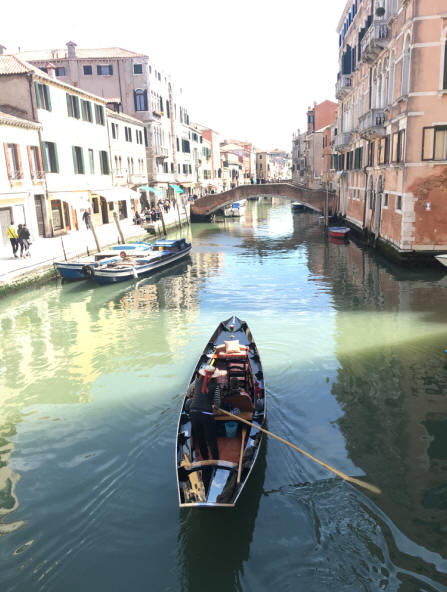
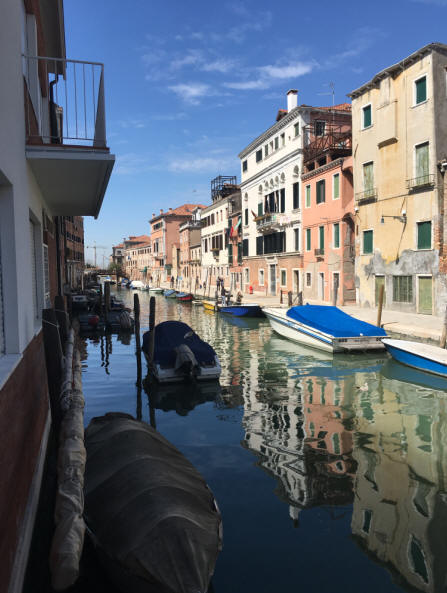
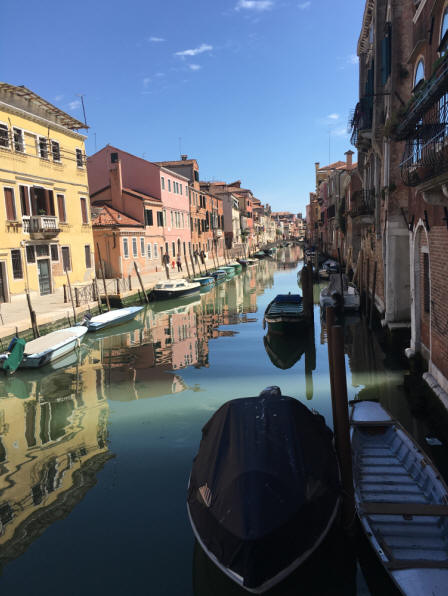
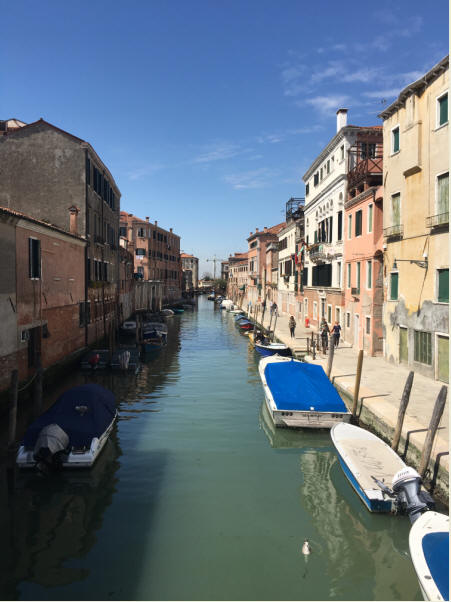



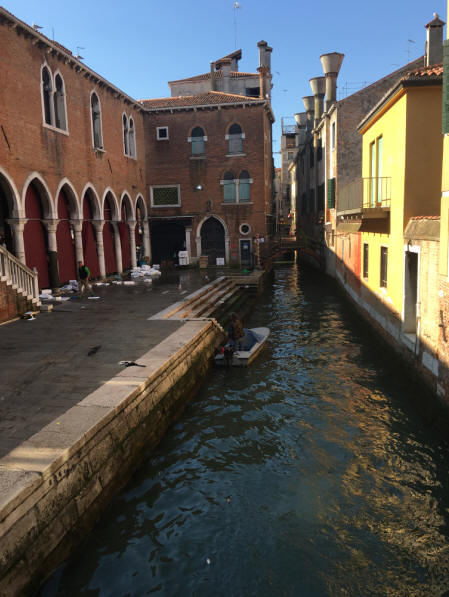
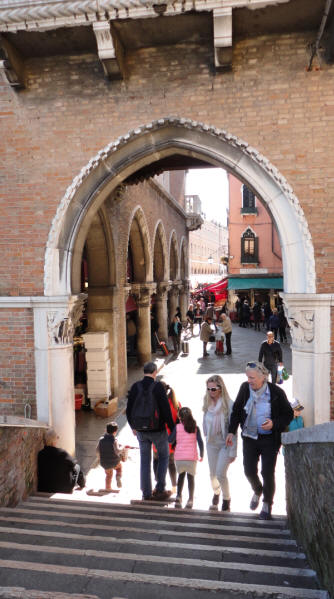


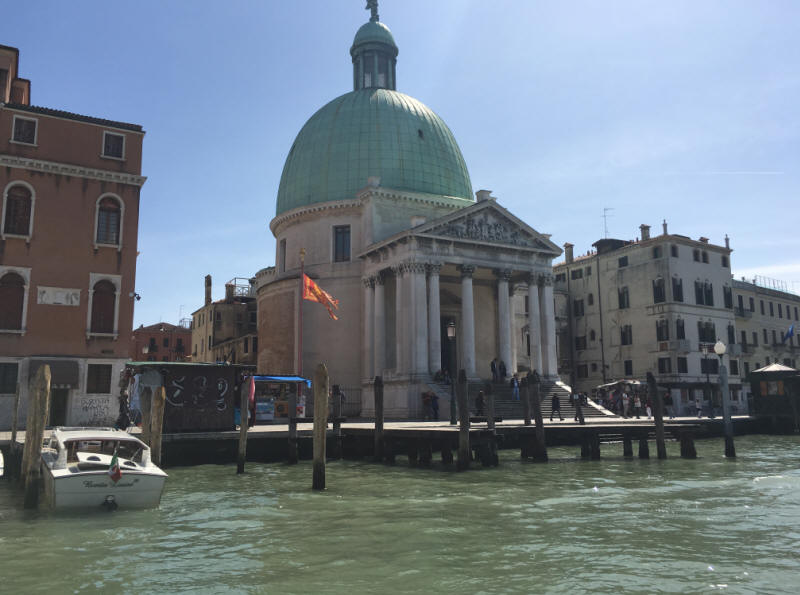
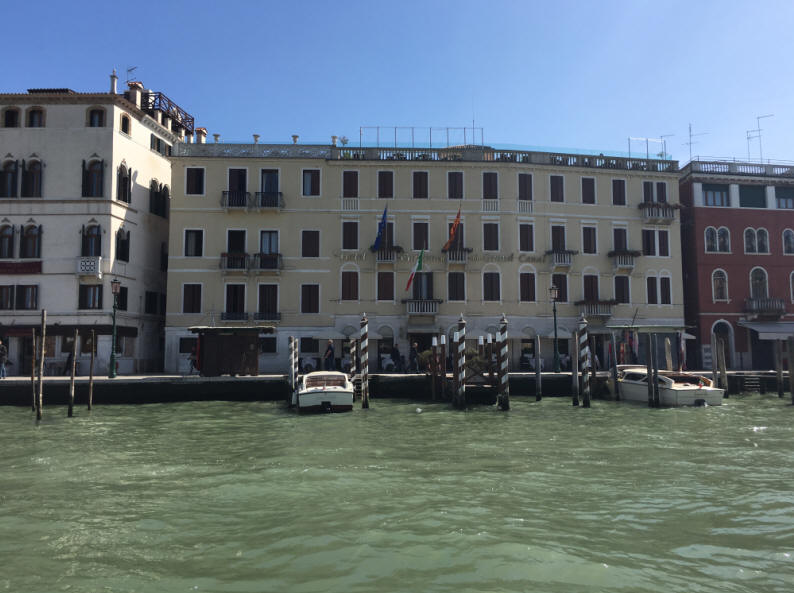
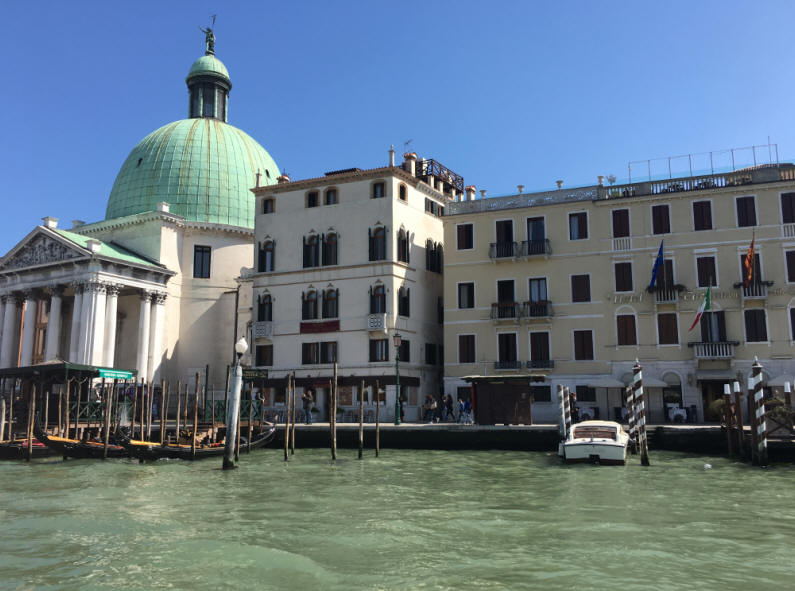
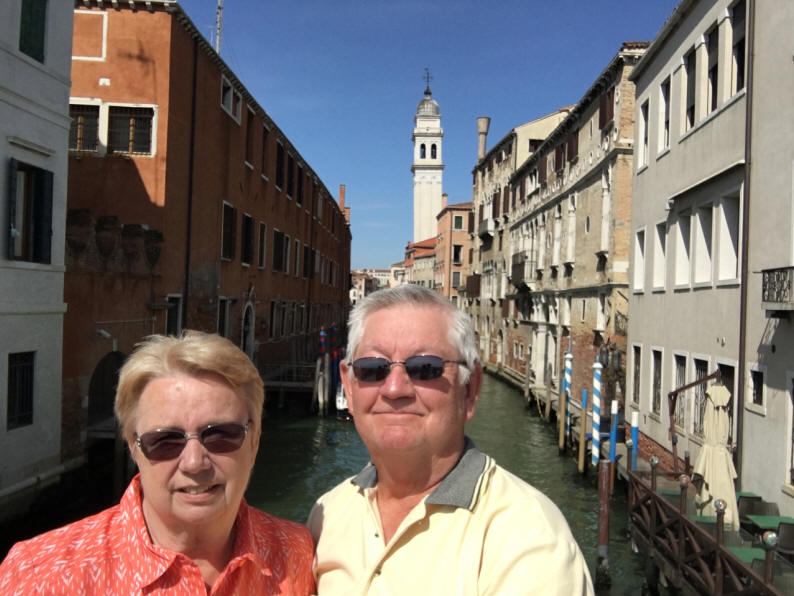


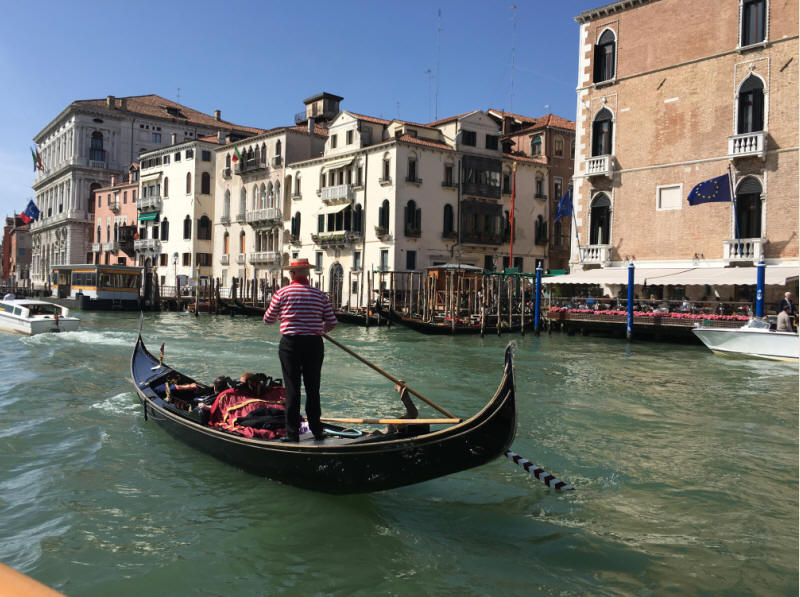
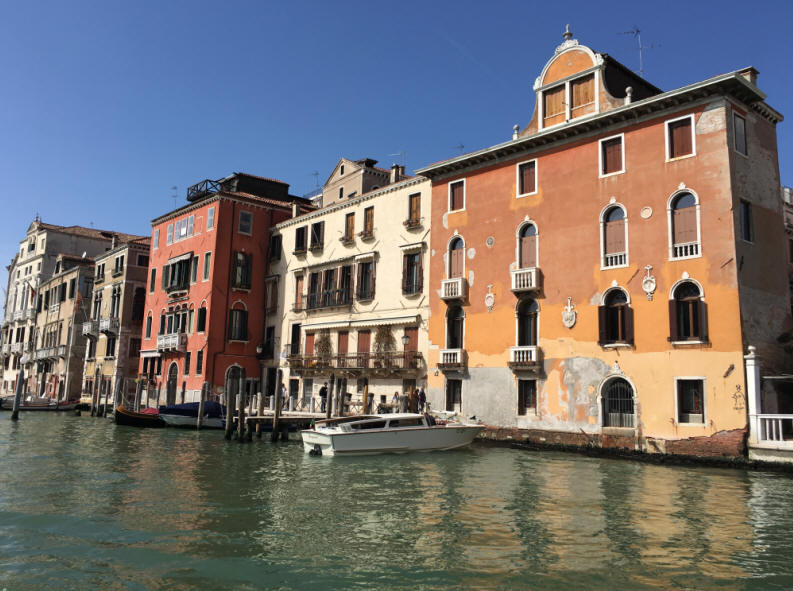
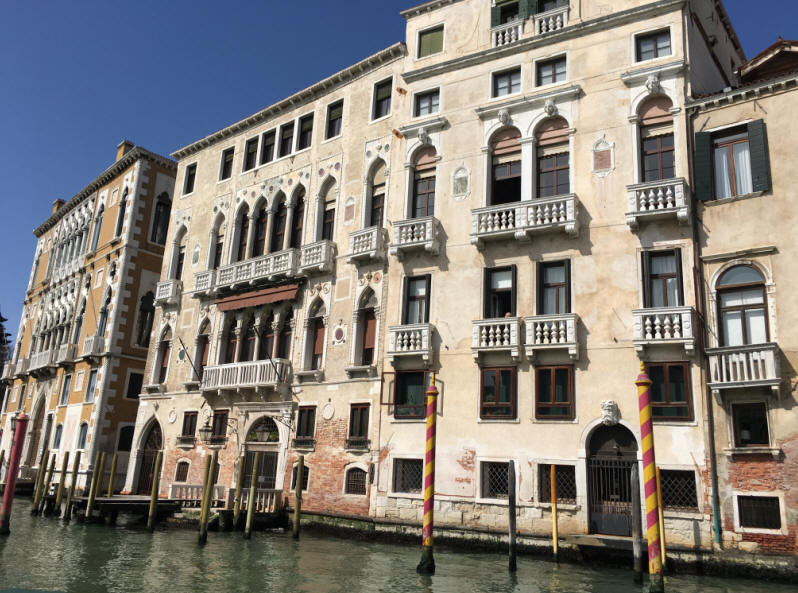
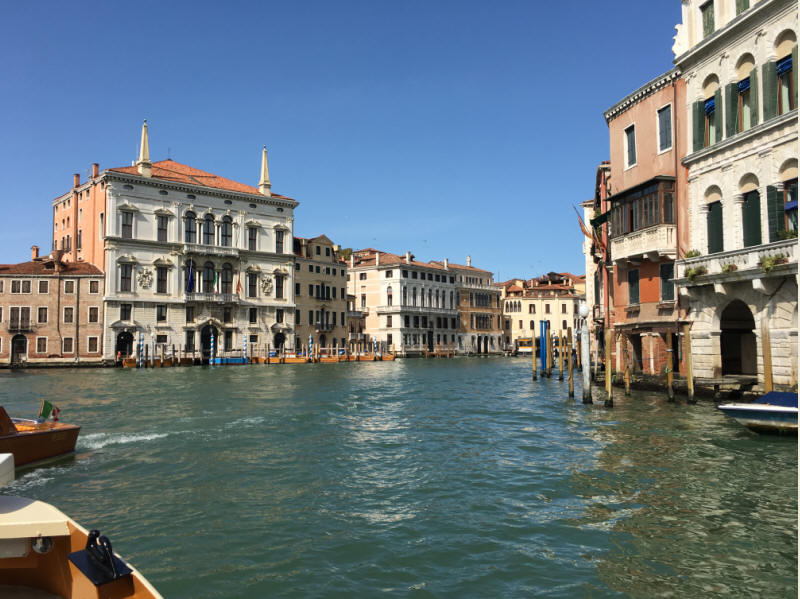
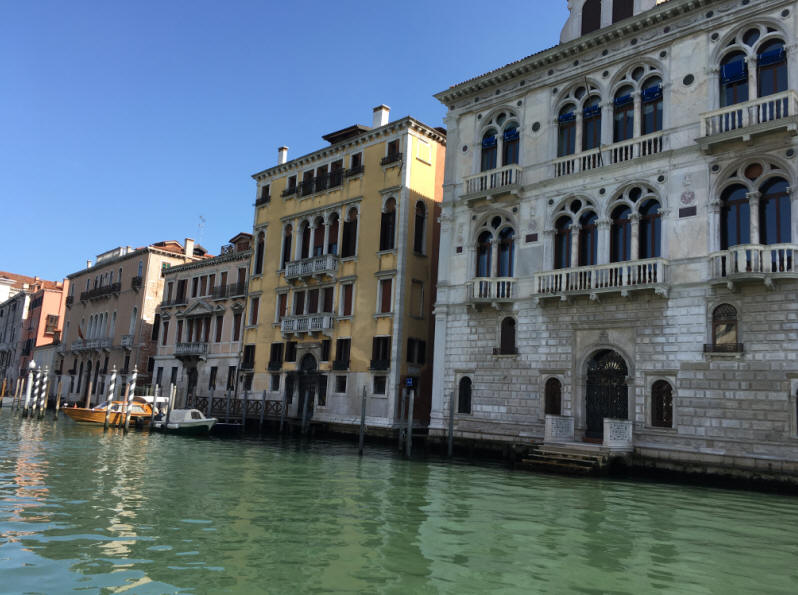



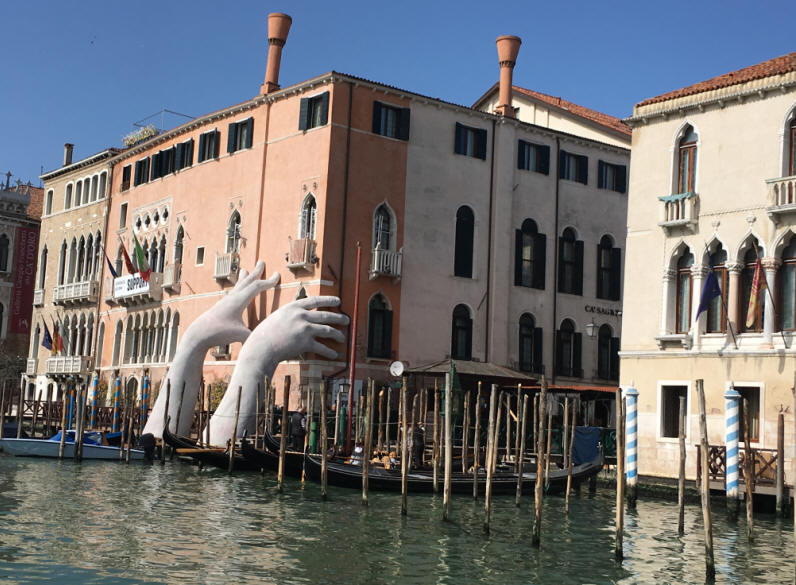
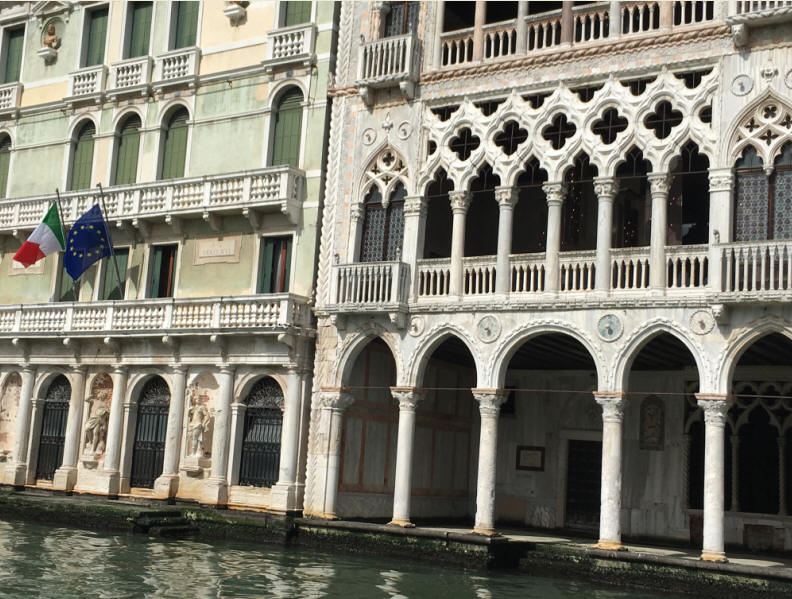
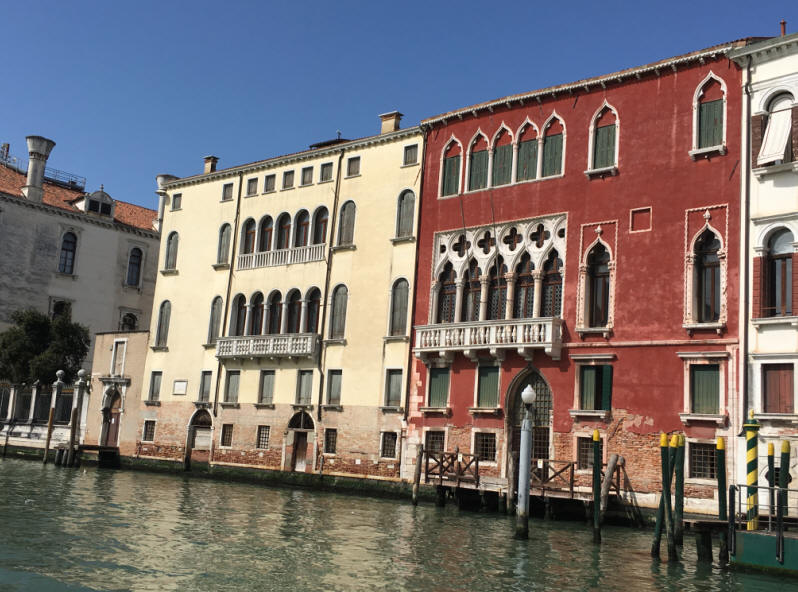
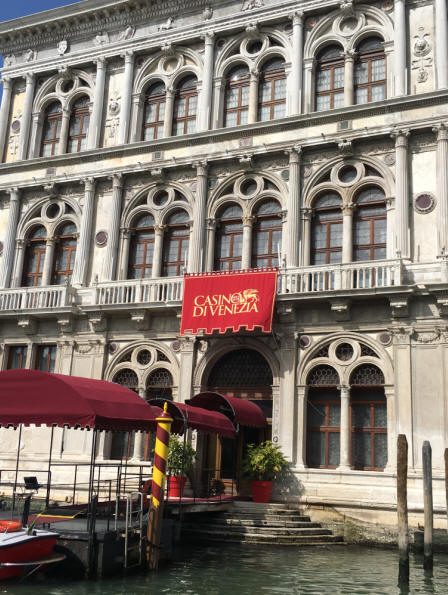


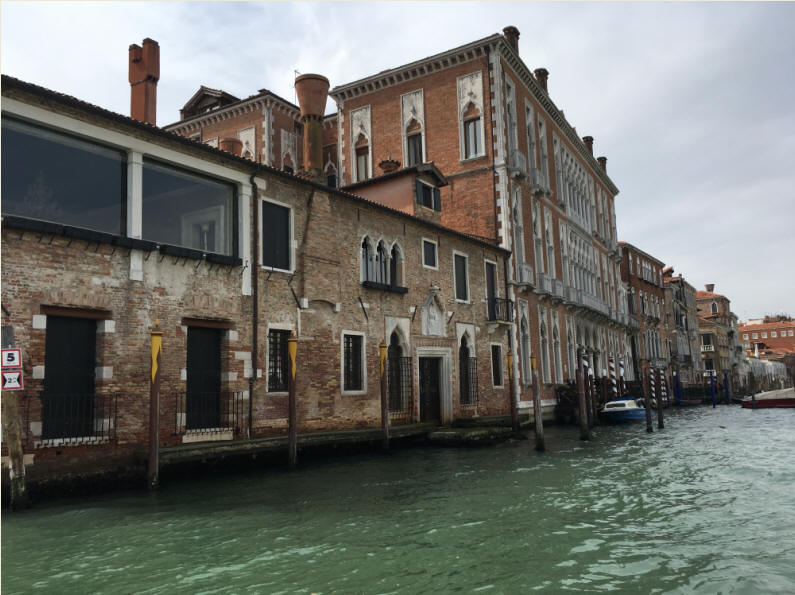
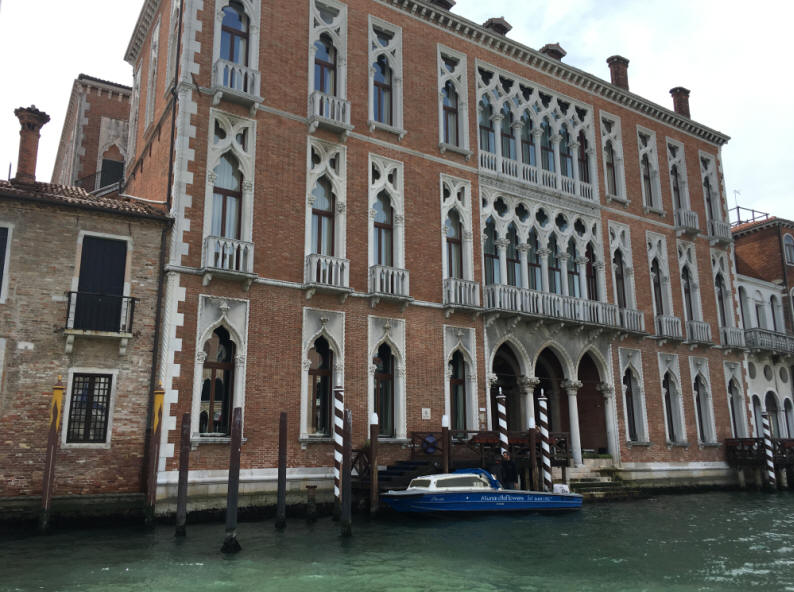

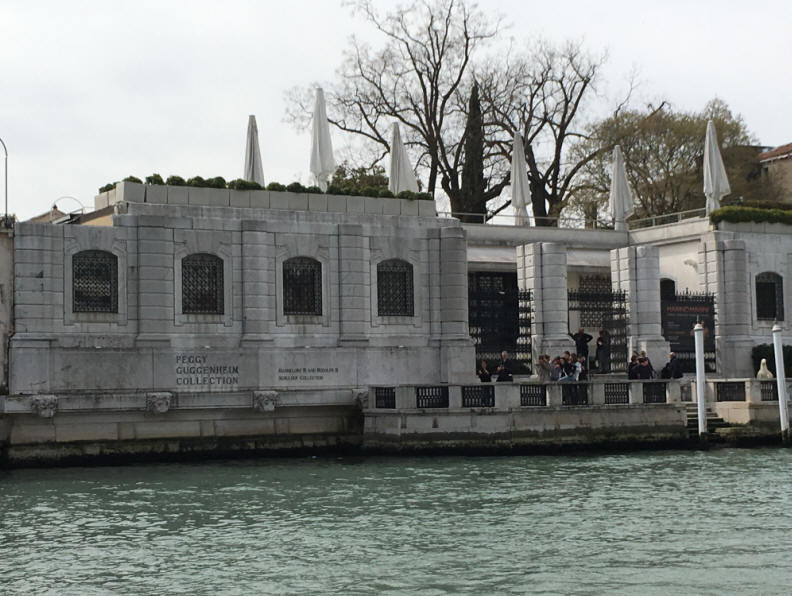
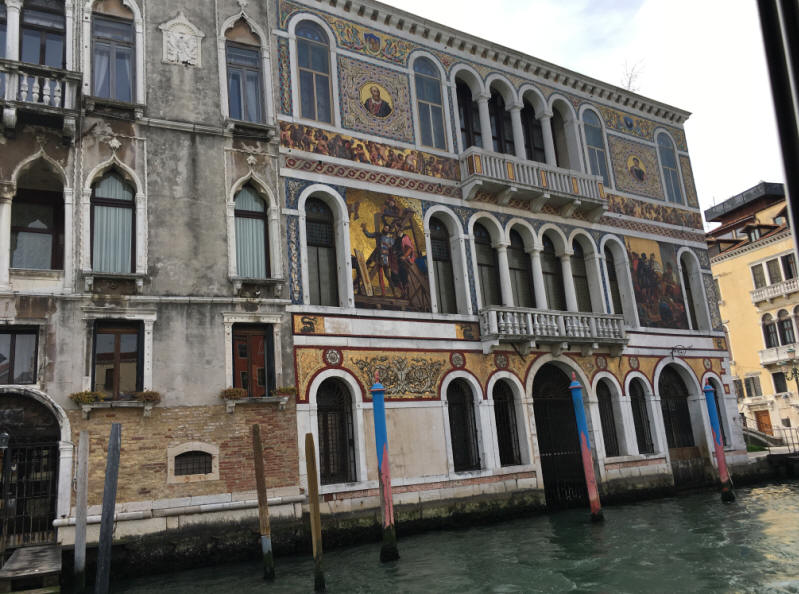

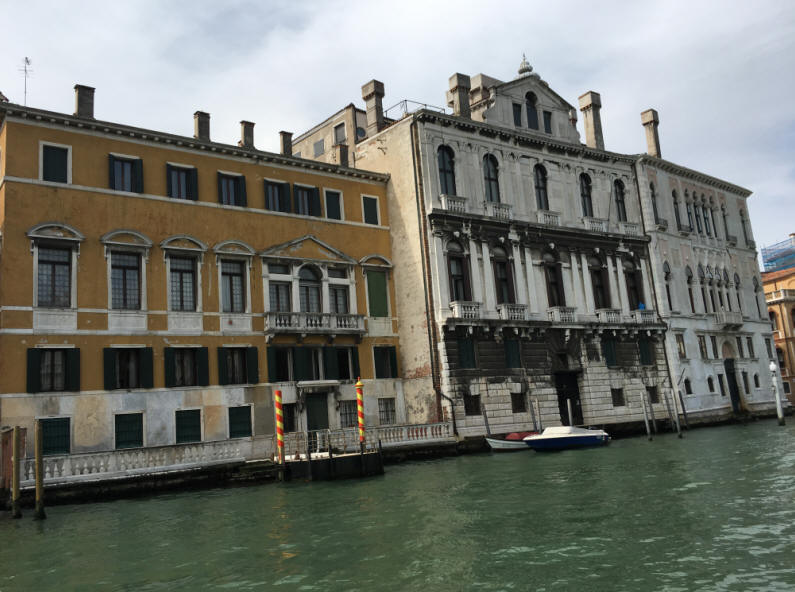
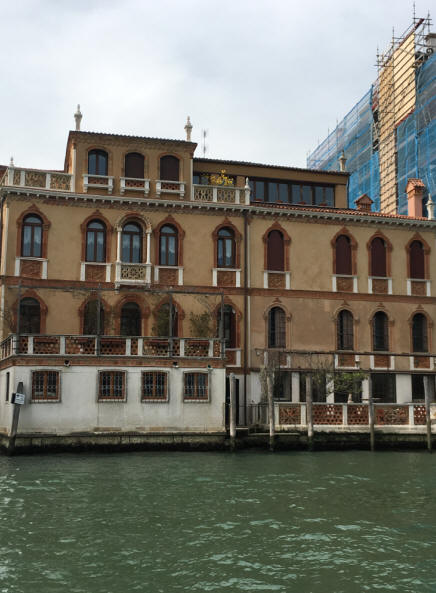
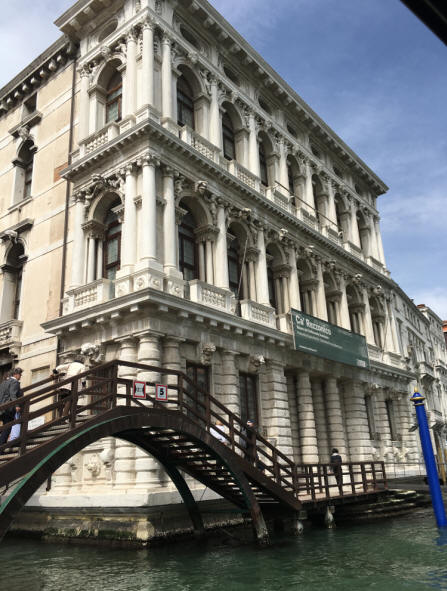

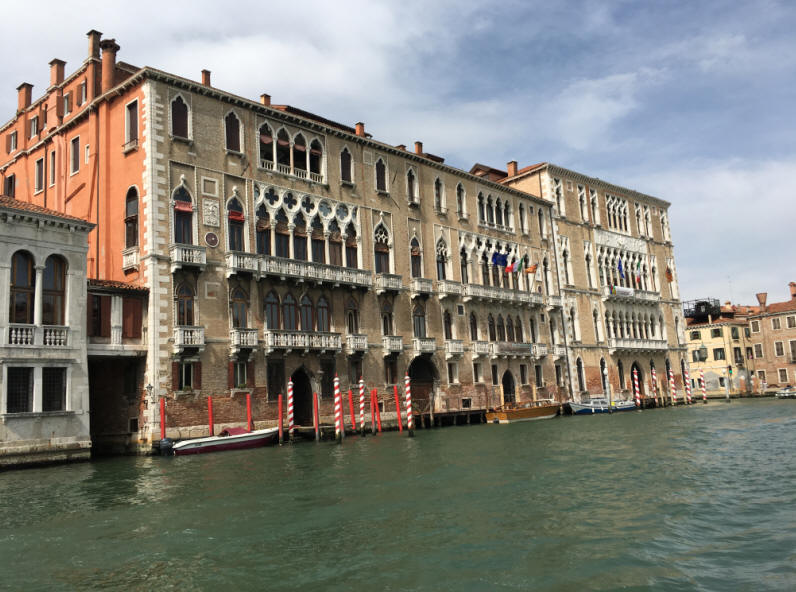

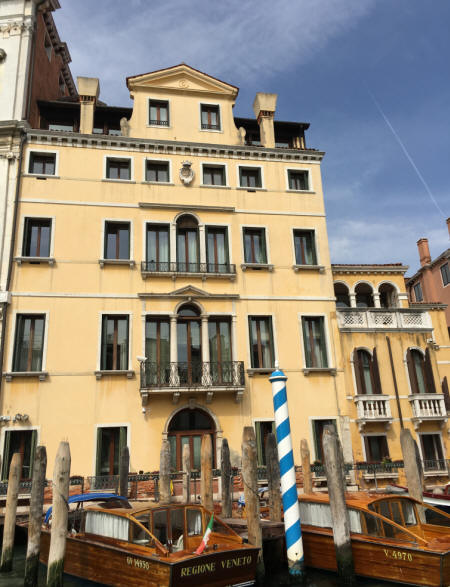
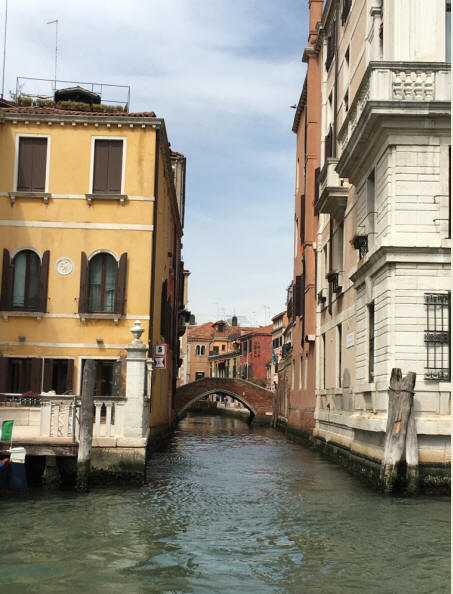
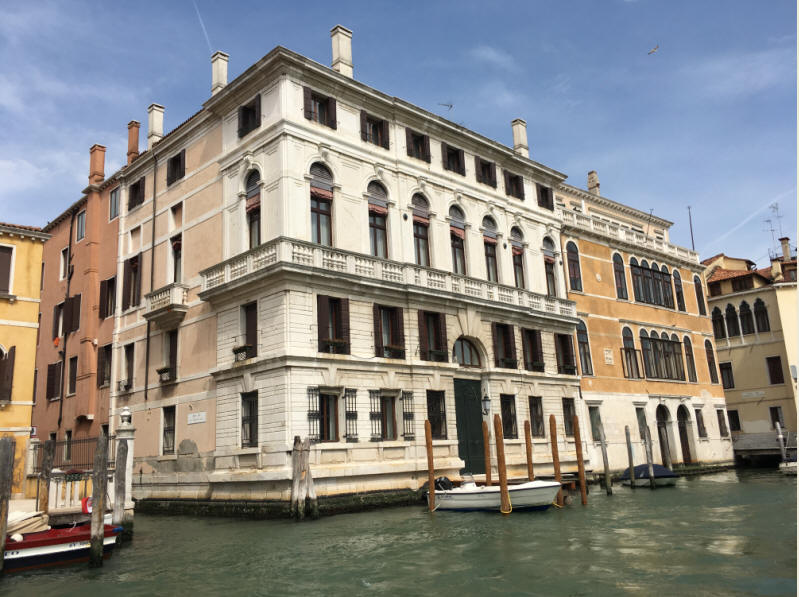
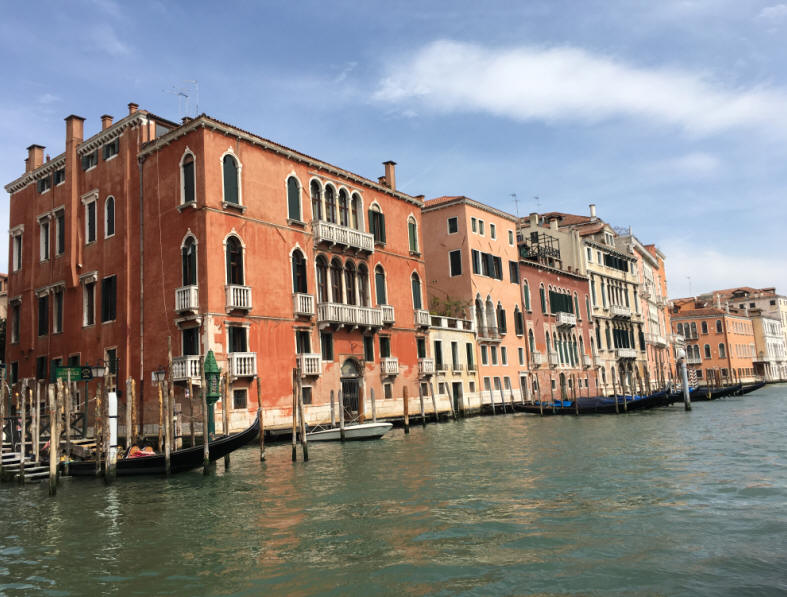

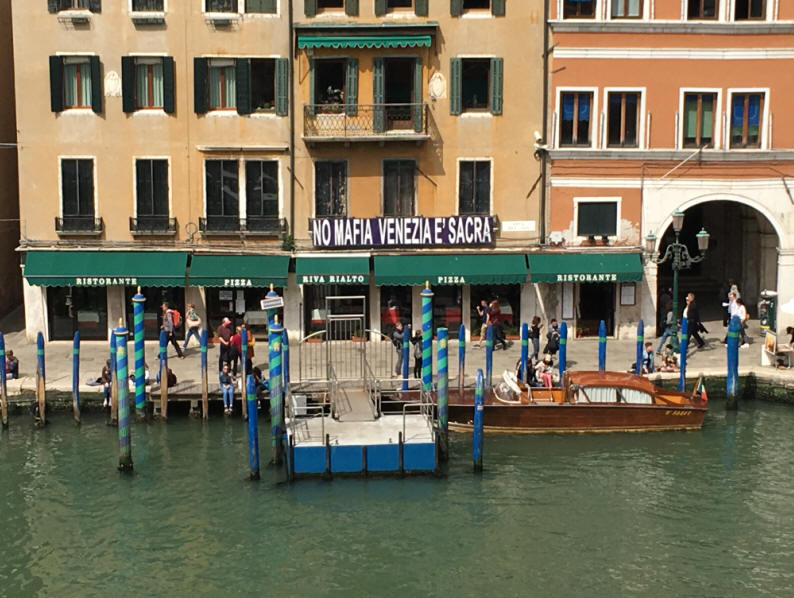



Streets and Shops - Walking Around

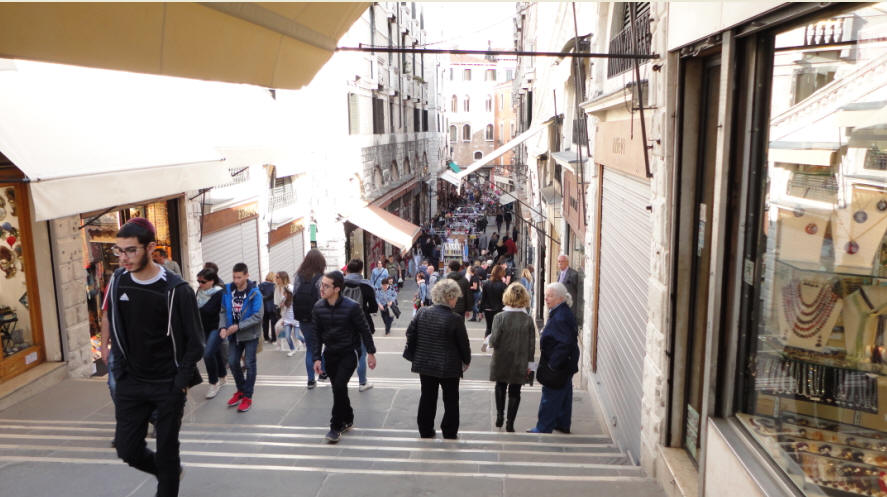
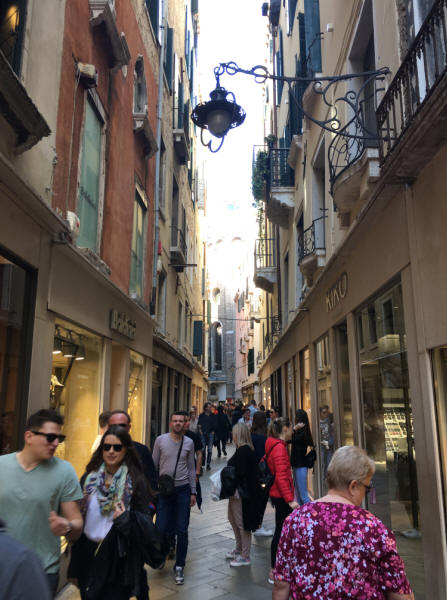
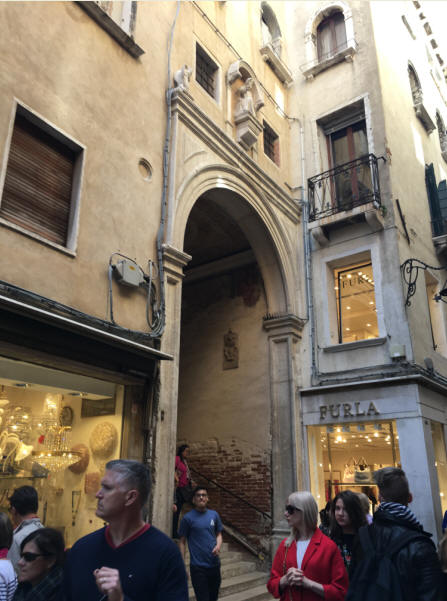


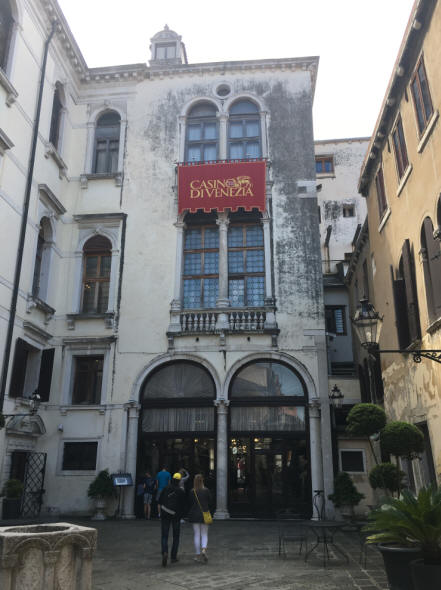
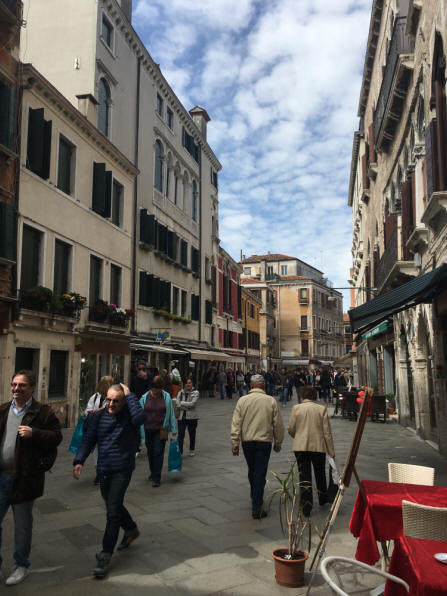

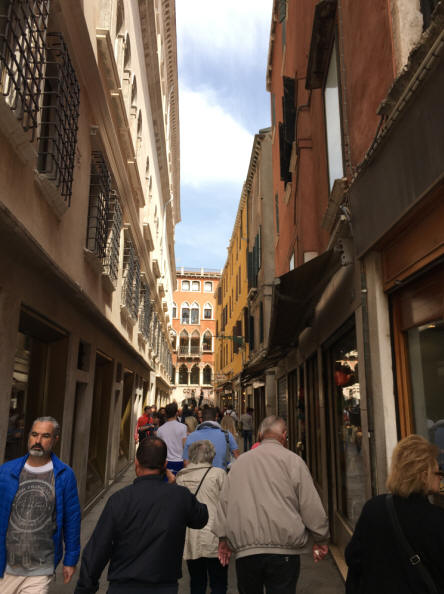


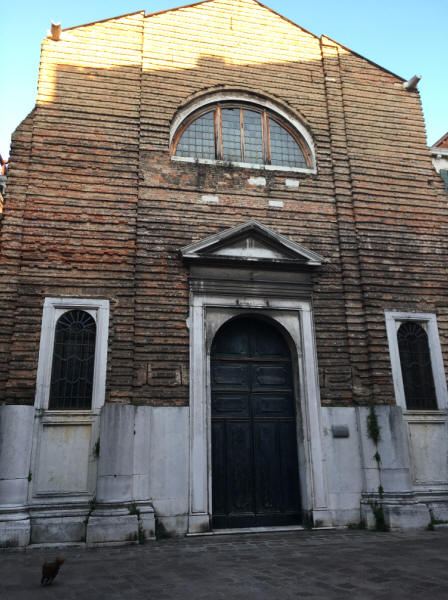

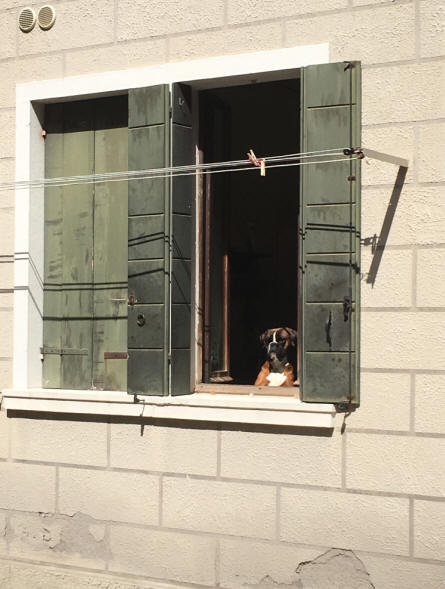
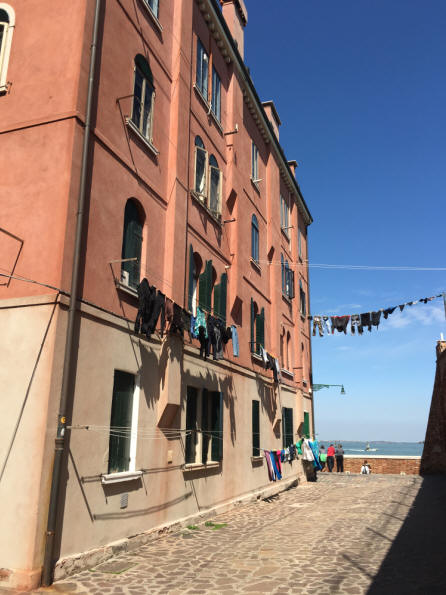

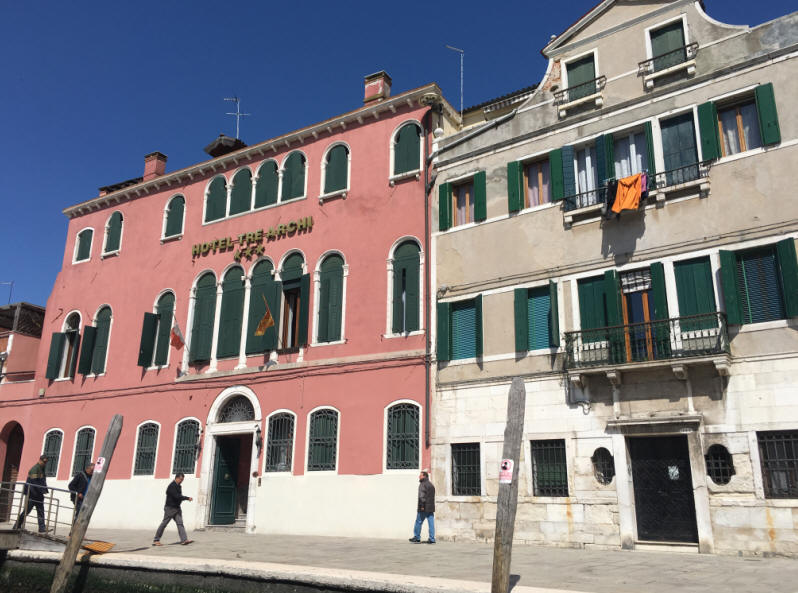
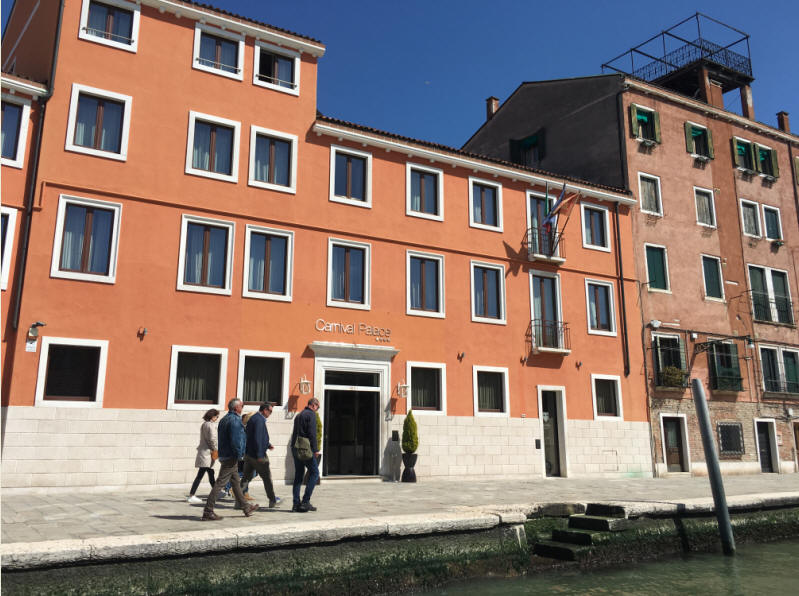
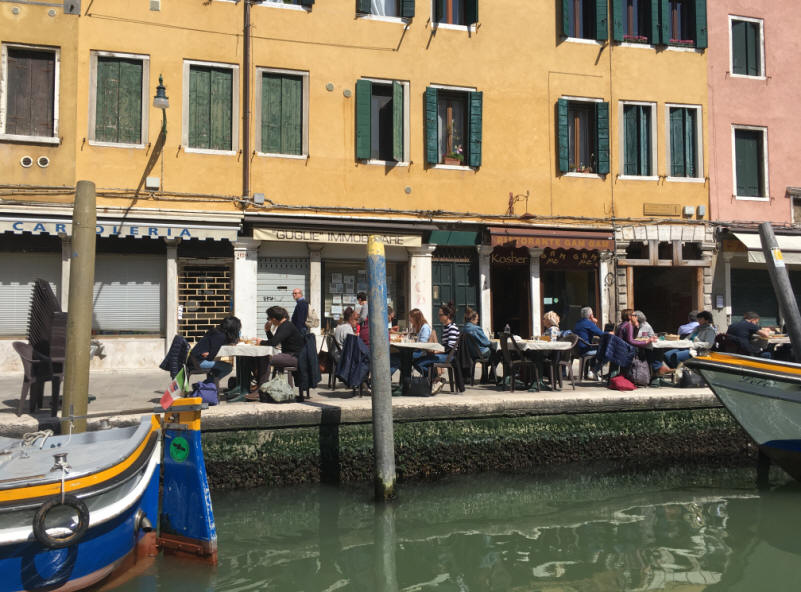
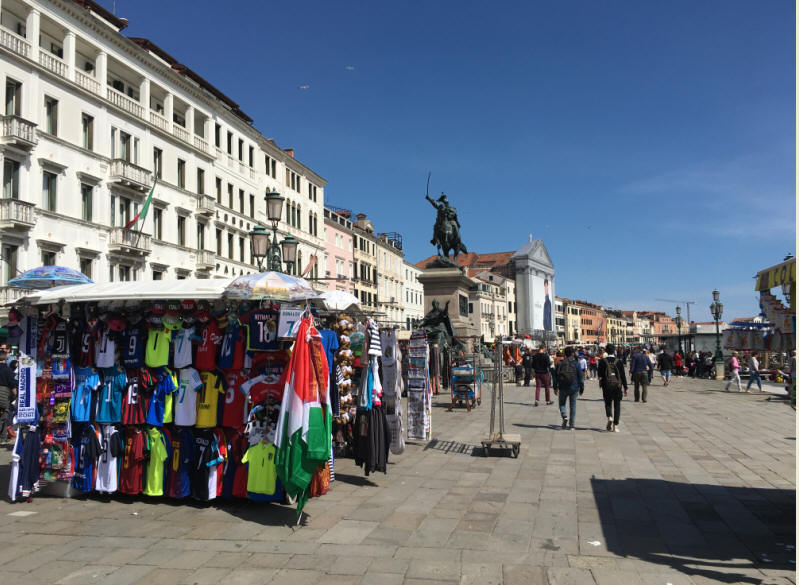

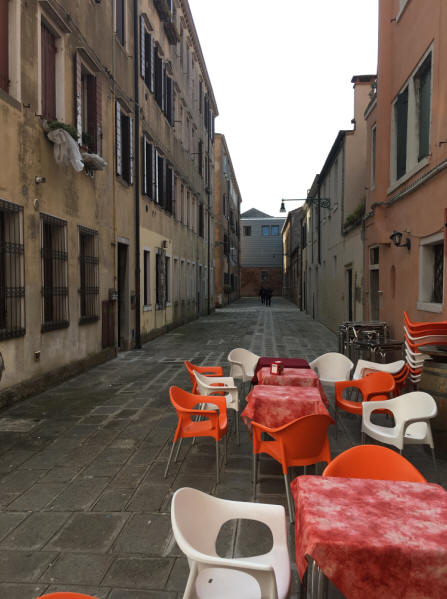

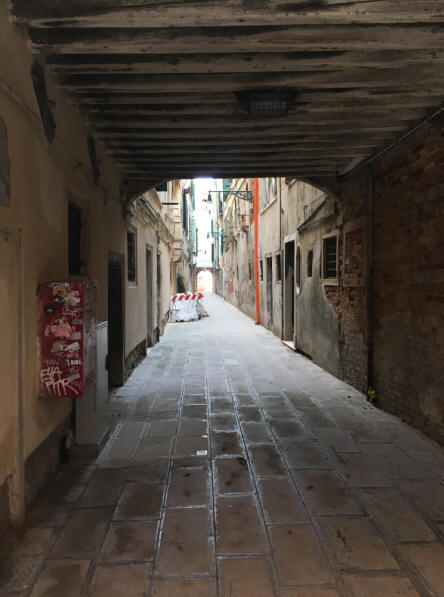
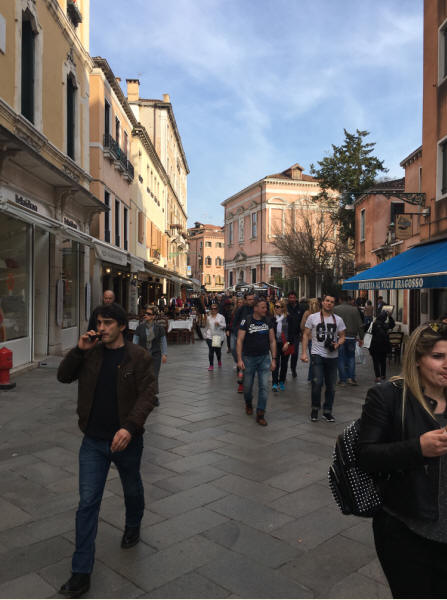
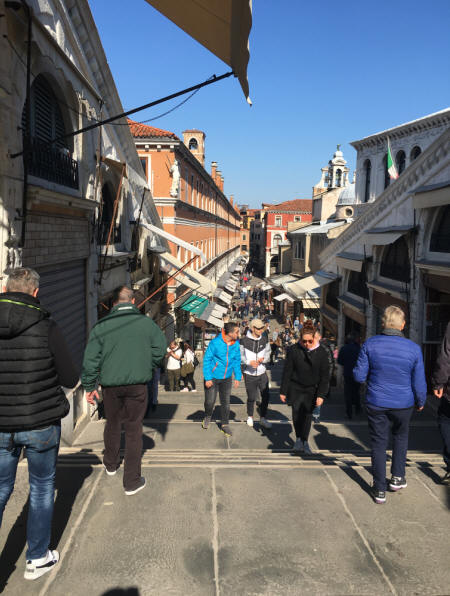
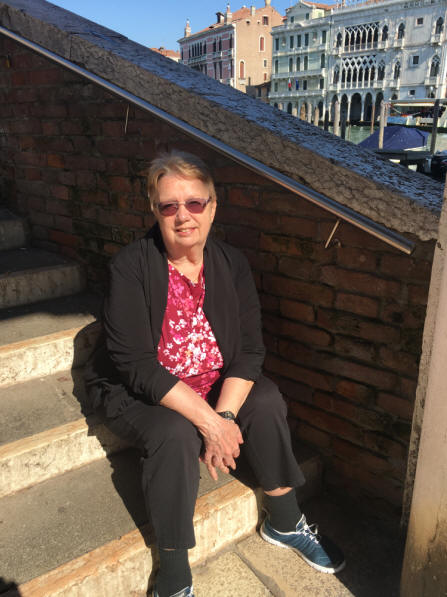
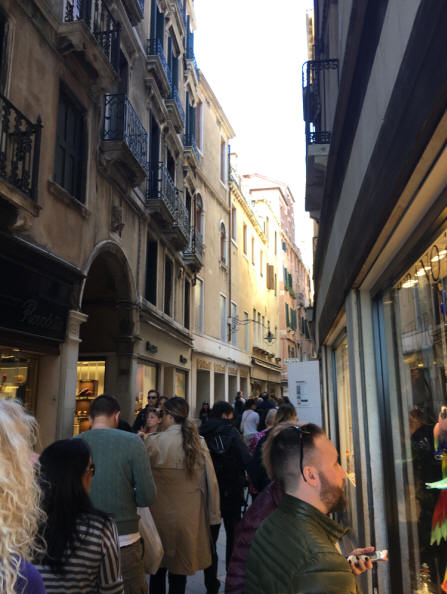
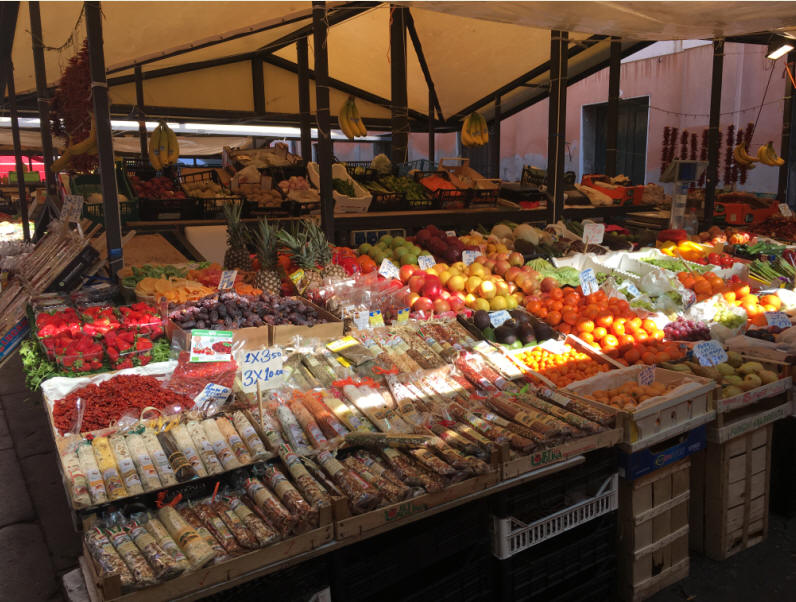
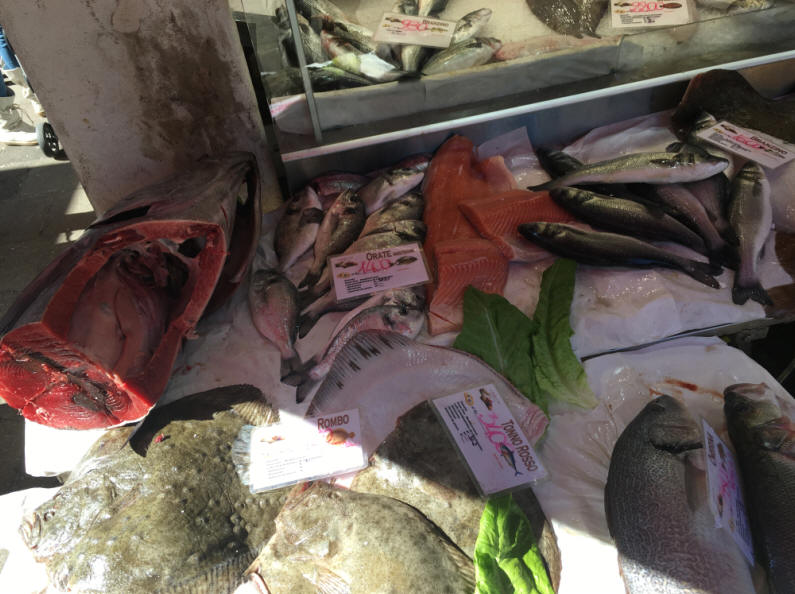
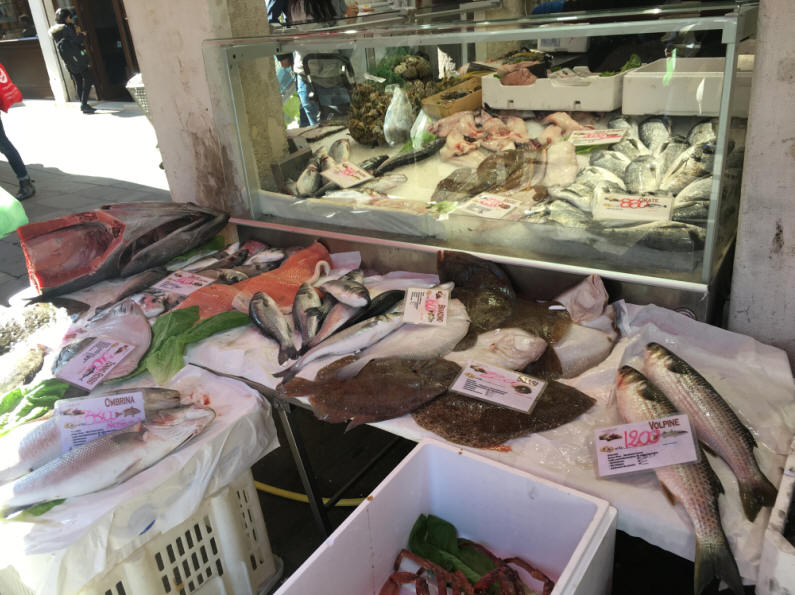
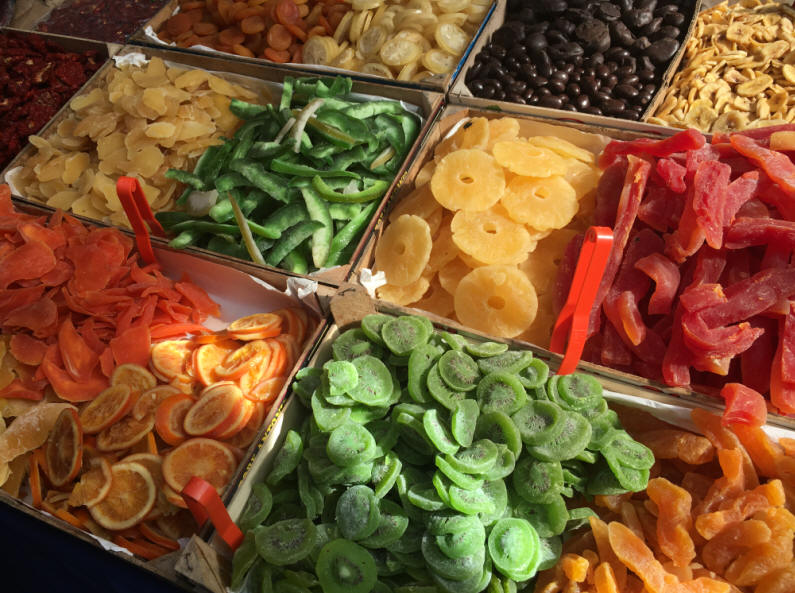
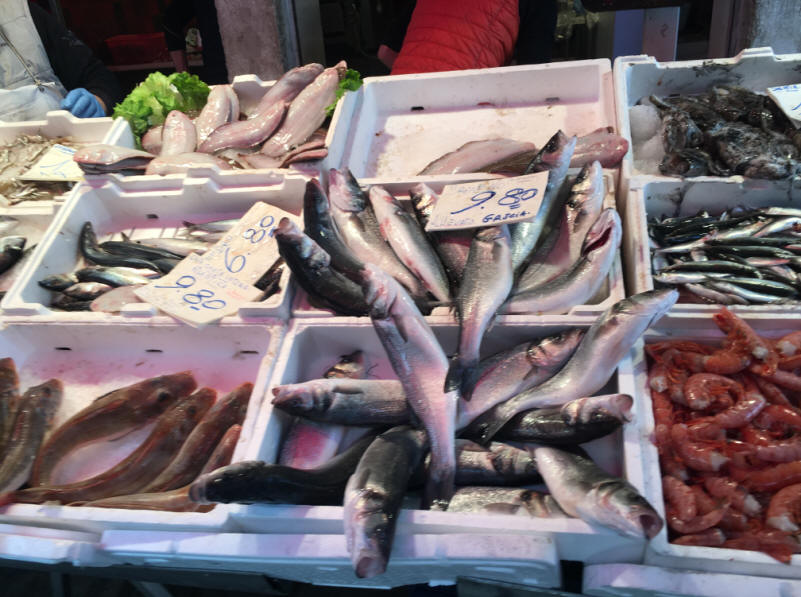
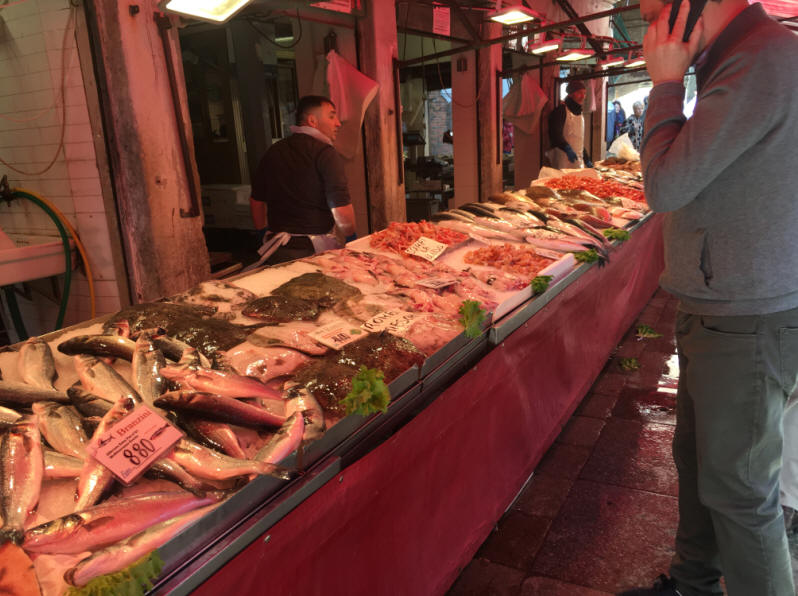
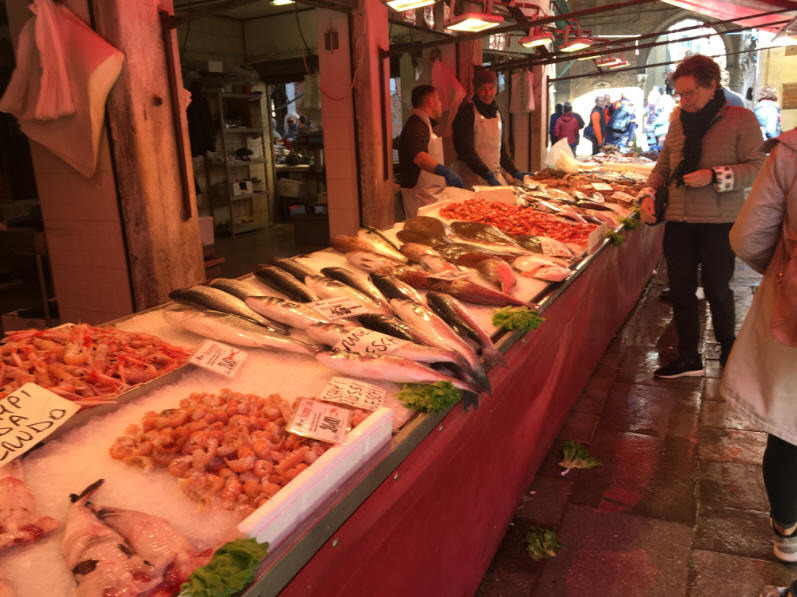
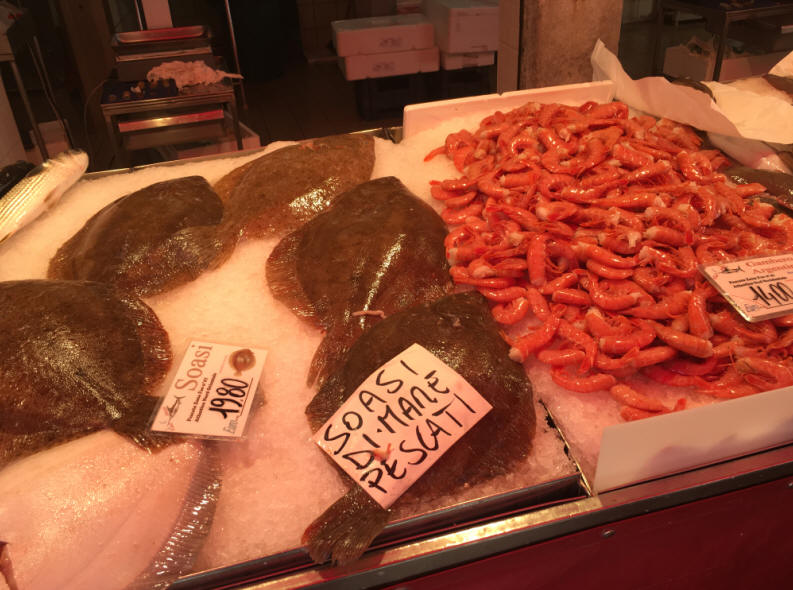
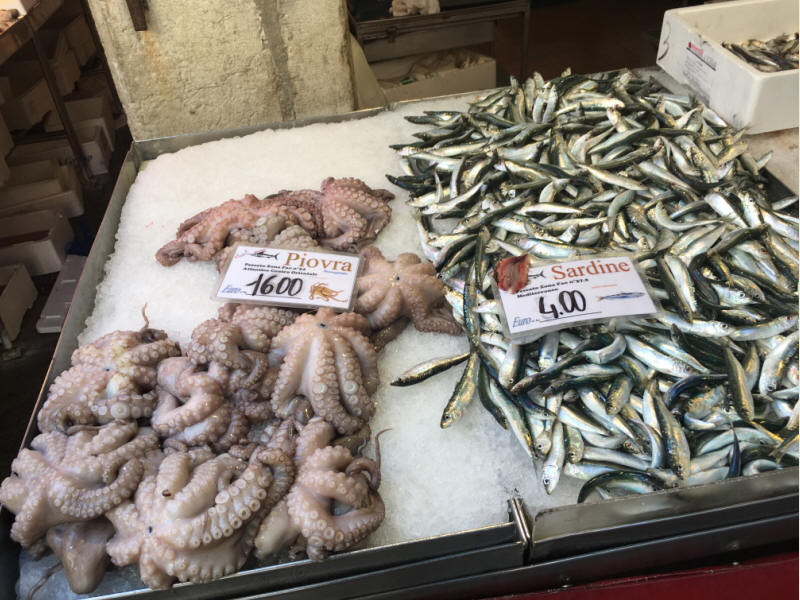
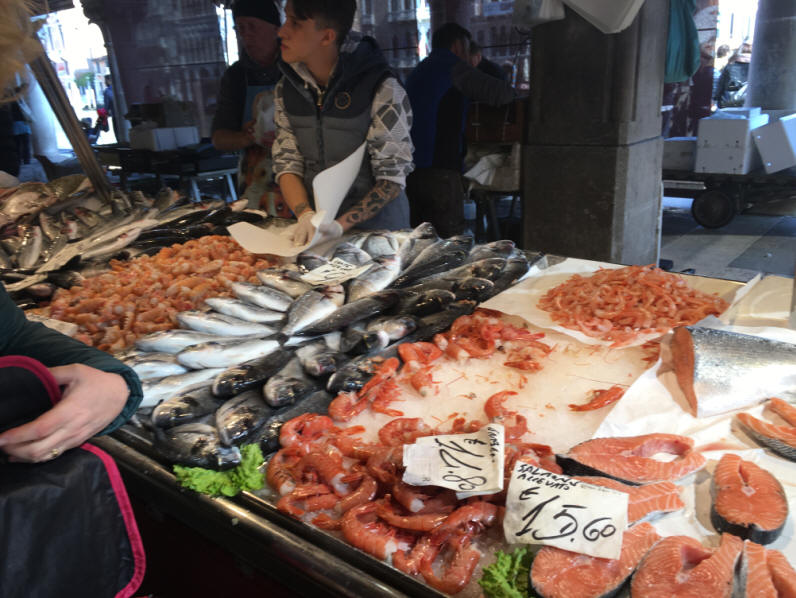
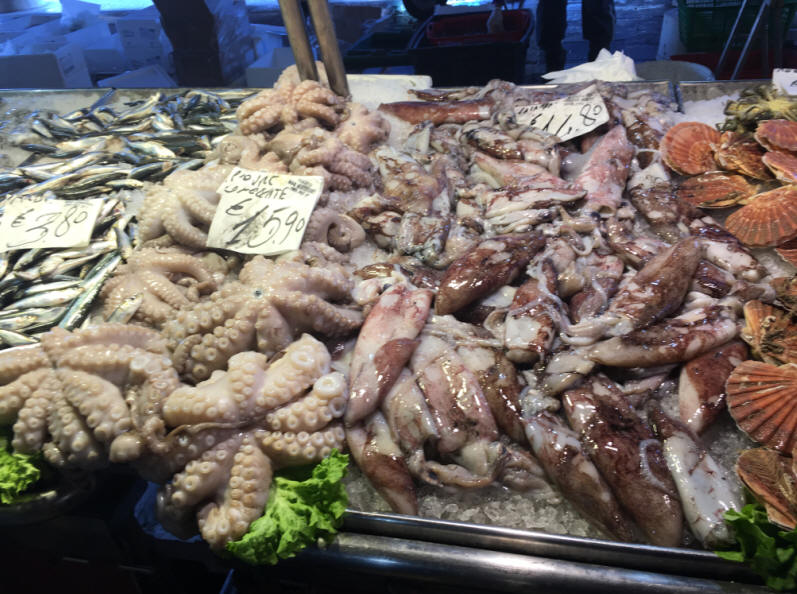
_______________________________________________________
Becoming a gondola driver is one of the most highly-regarded and sought-after professions in Italy. Its training may be rigorous, but it’s certainly worth it - a Venetian gondolier can expect to earn around $150,000 each year.
Four hundred hours’ training, mentoring, exams and the assurance of a large wage.


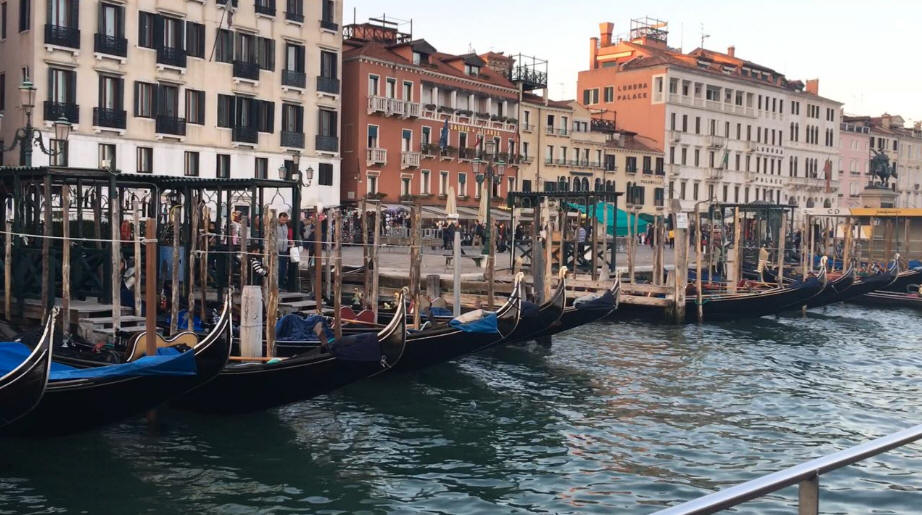
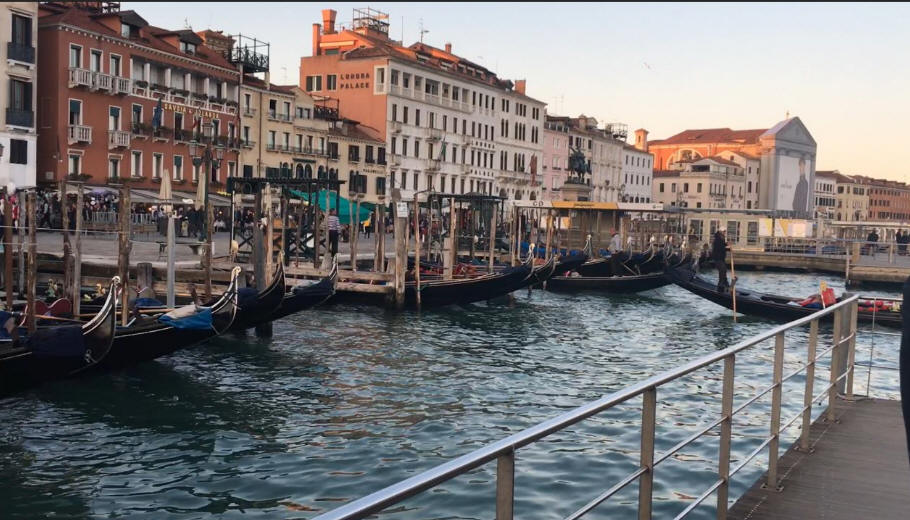




_______________________________________________________
This Venetian island has been world-renowned for centuries for its blown glass creations, from jewelry to tableware to sculptures. Visits here often include a tour of one of its fascinating glass factories, demonstrations of how it’s done—and of course, a visit to at least one of the affiliated showrooms and shops.

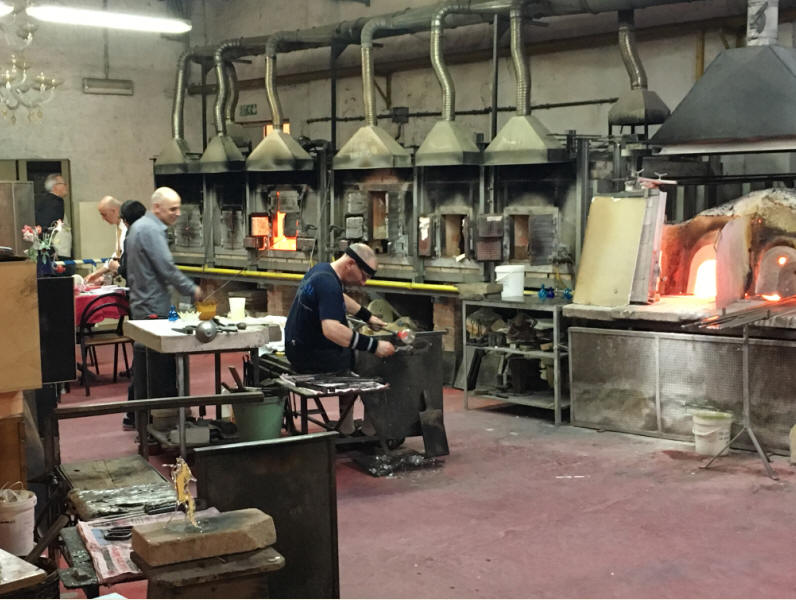
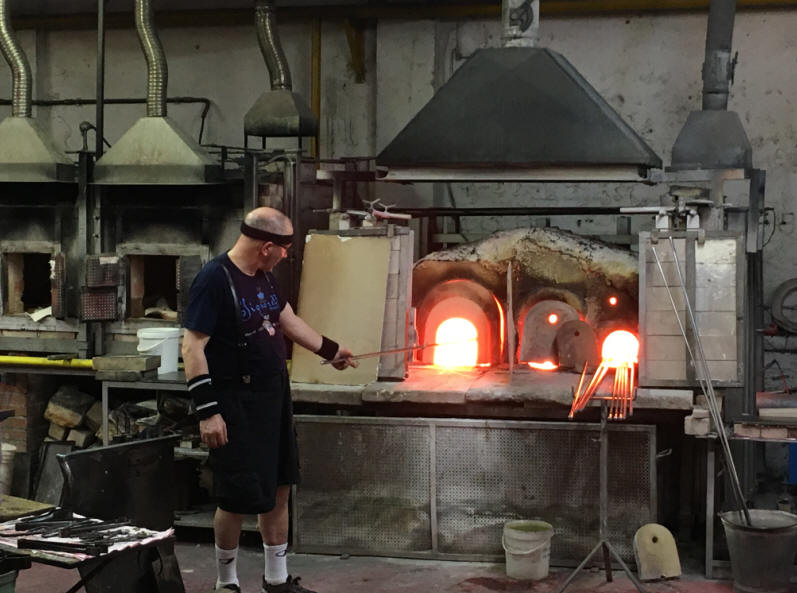
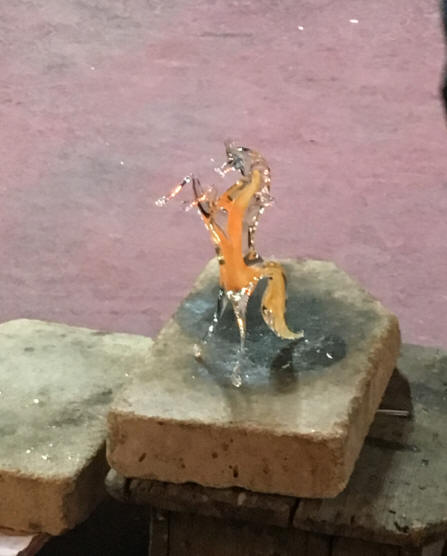
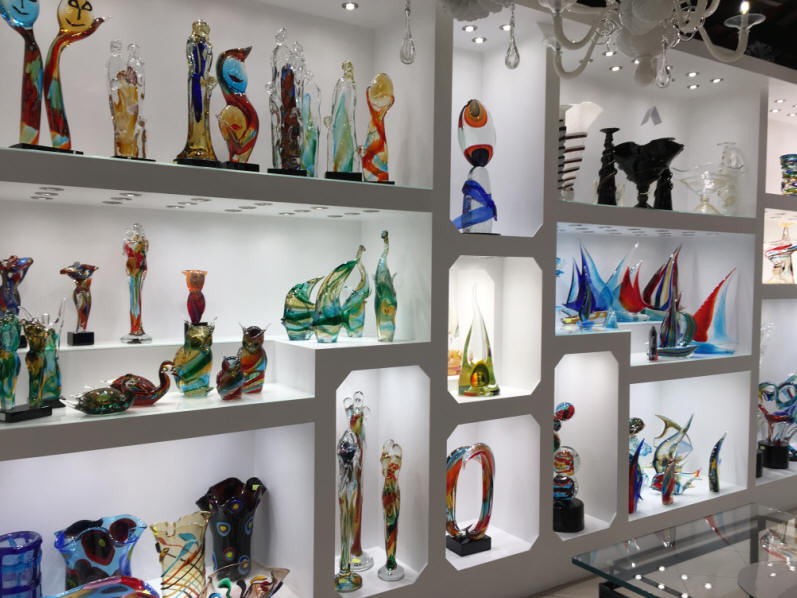

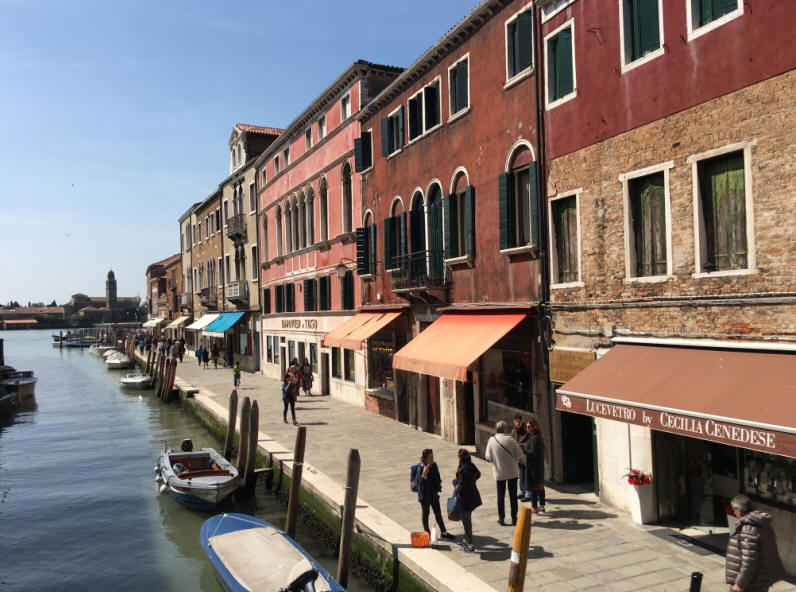
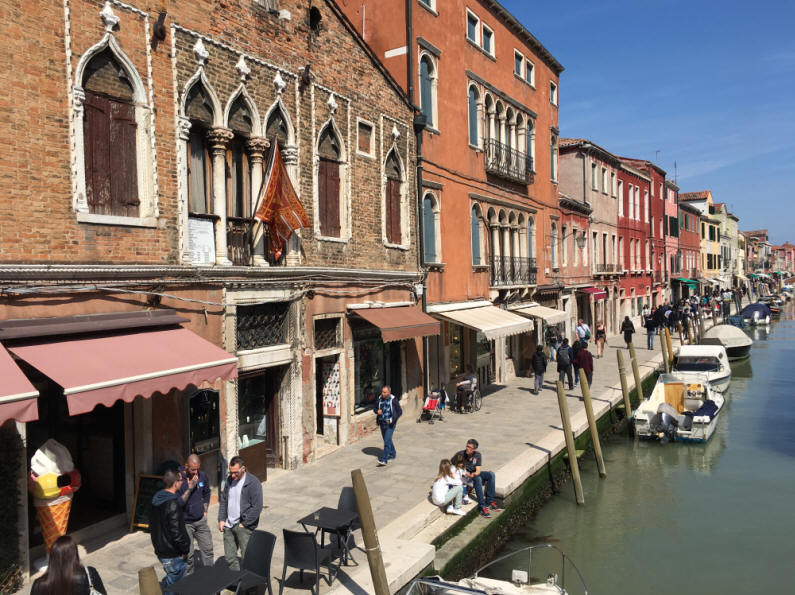

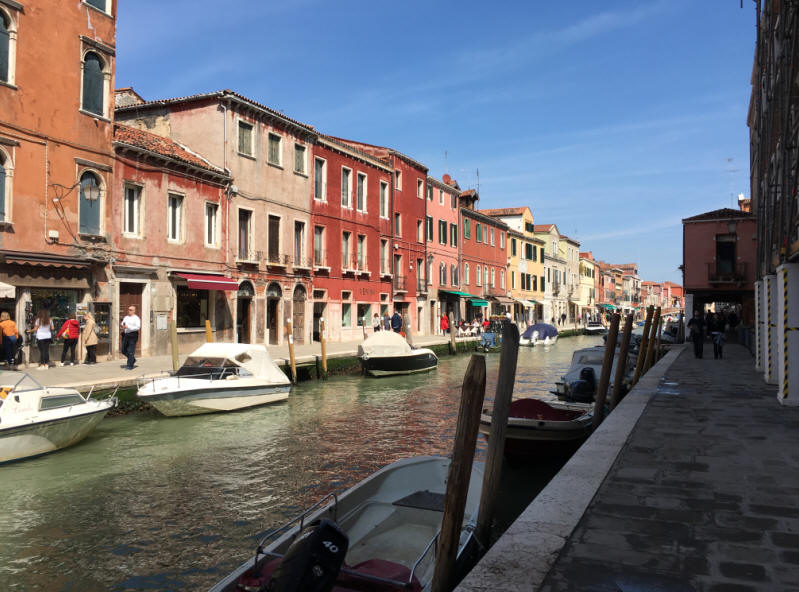
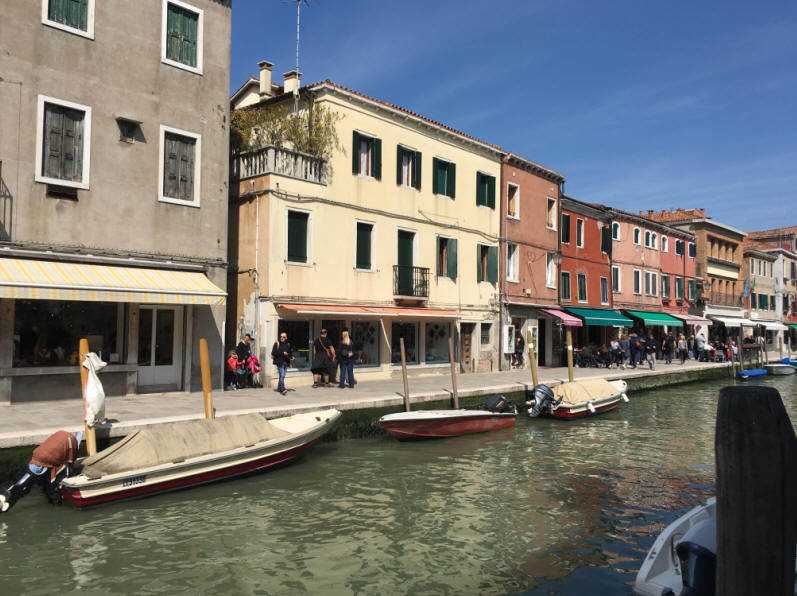
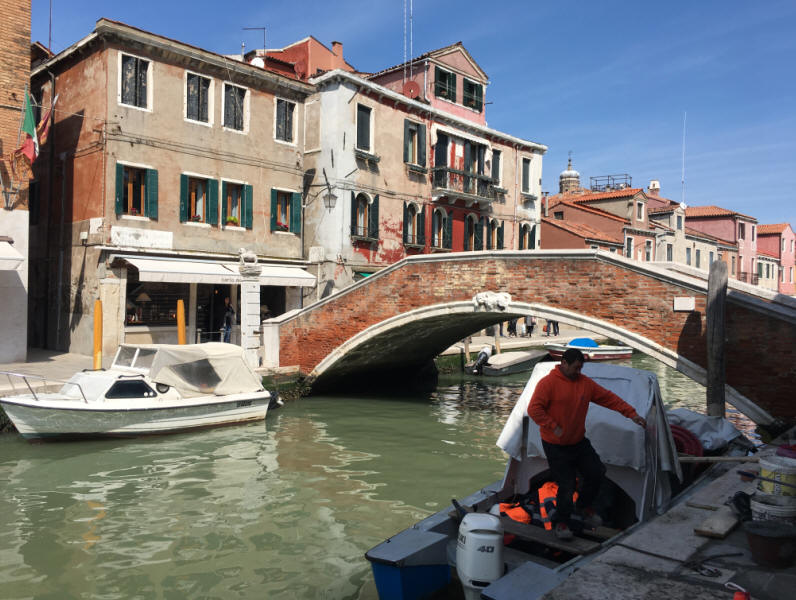
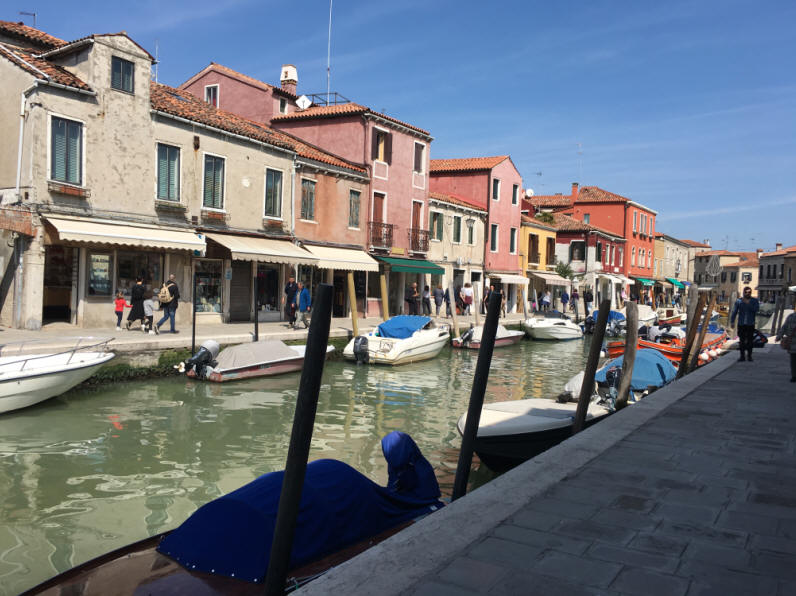
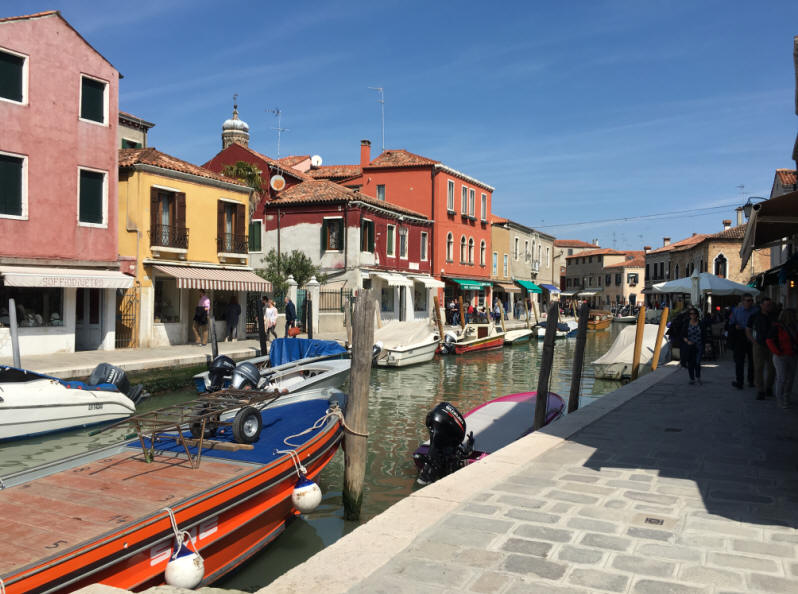
_______________________________________________________
Burano is an island in the Venetian Lagoon. It is known for
its lace work and brightly colored homes. The primary economy today is tourism
as visitors arrive for sightseeing and to purchase lace goods.
